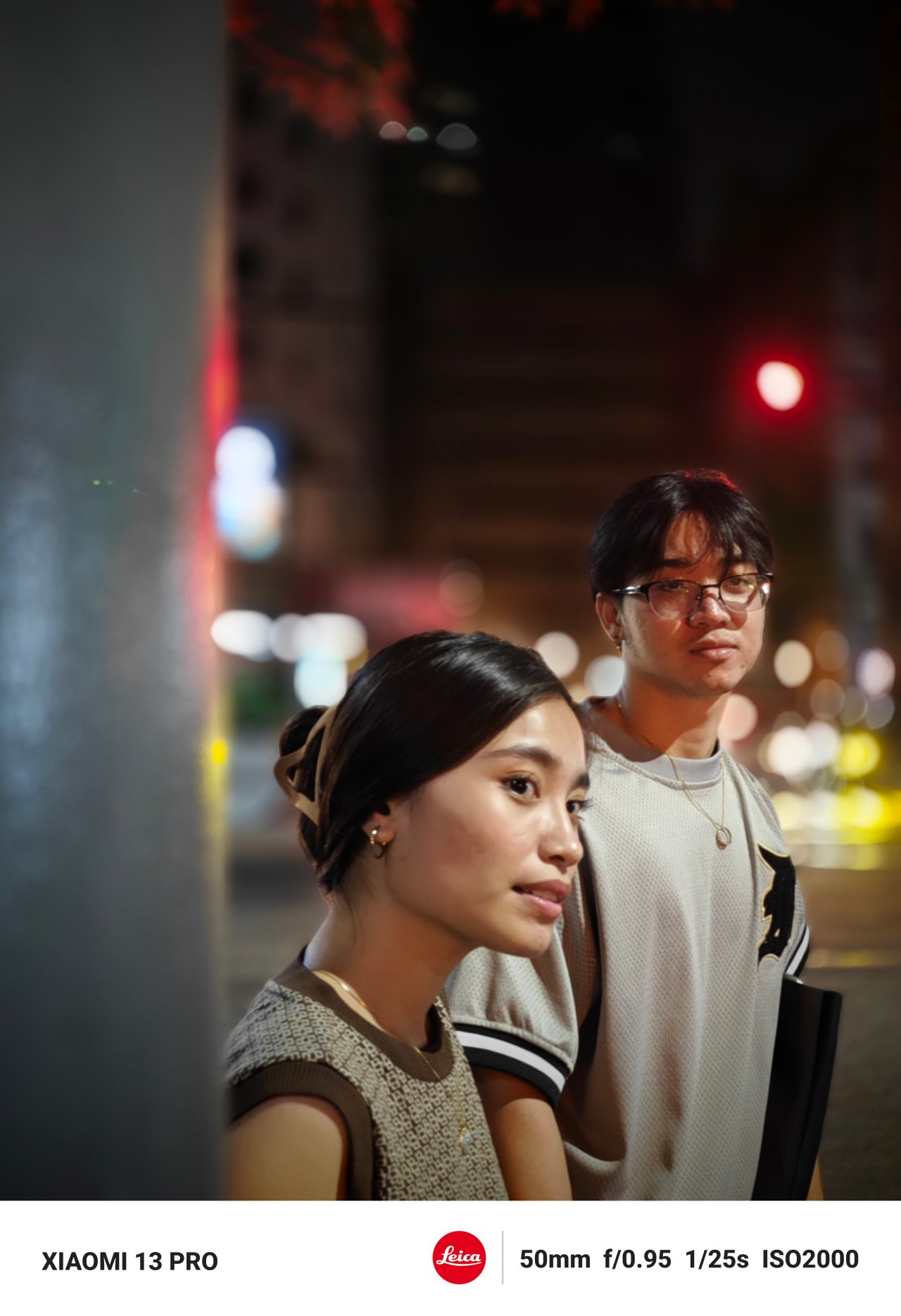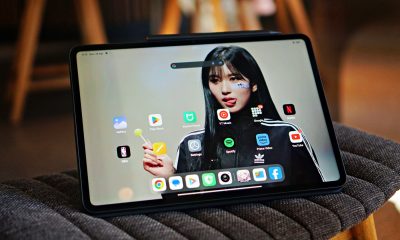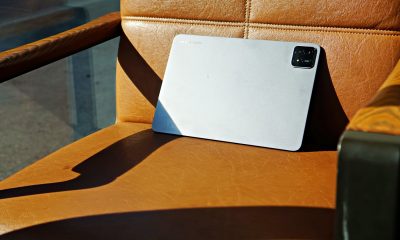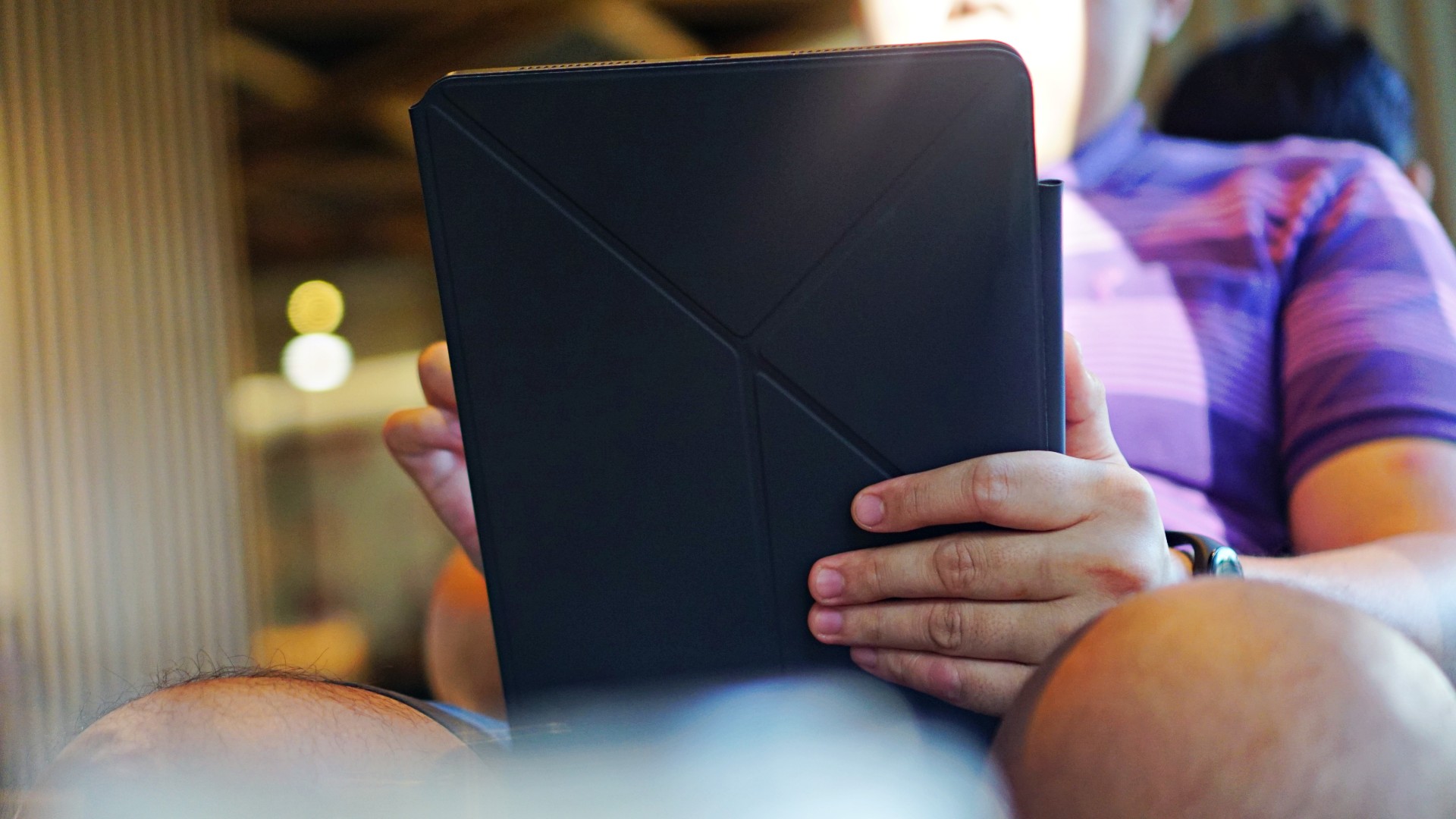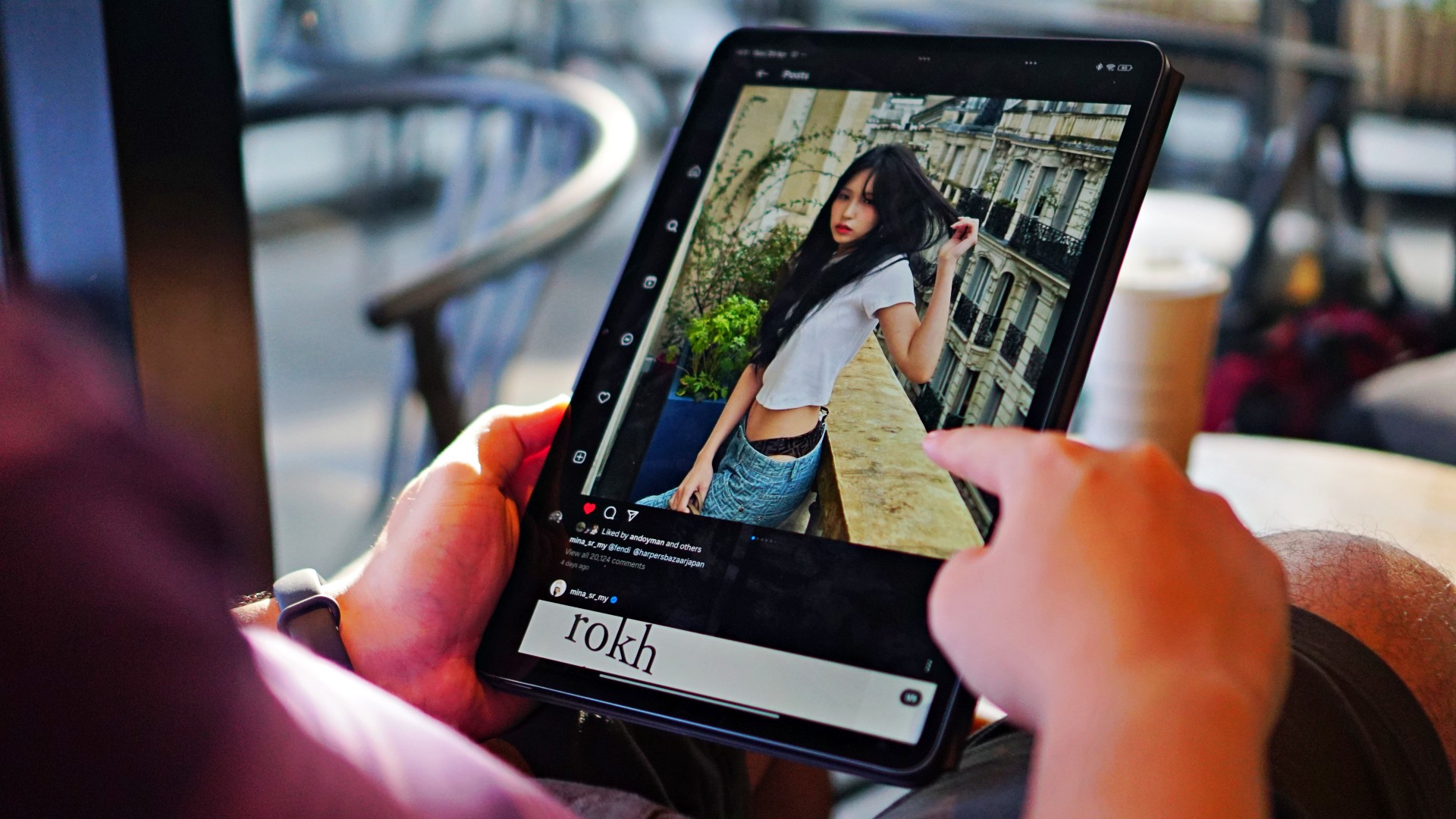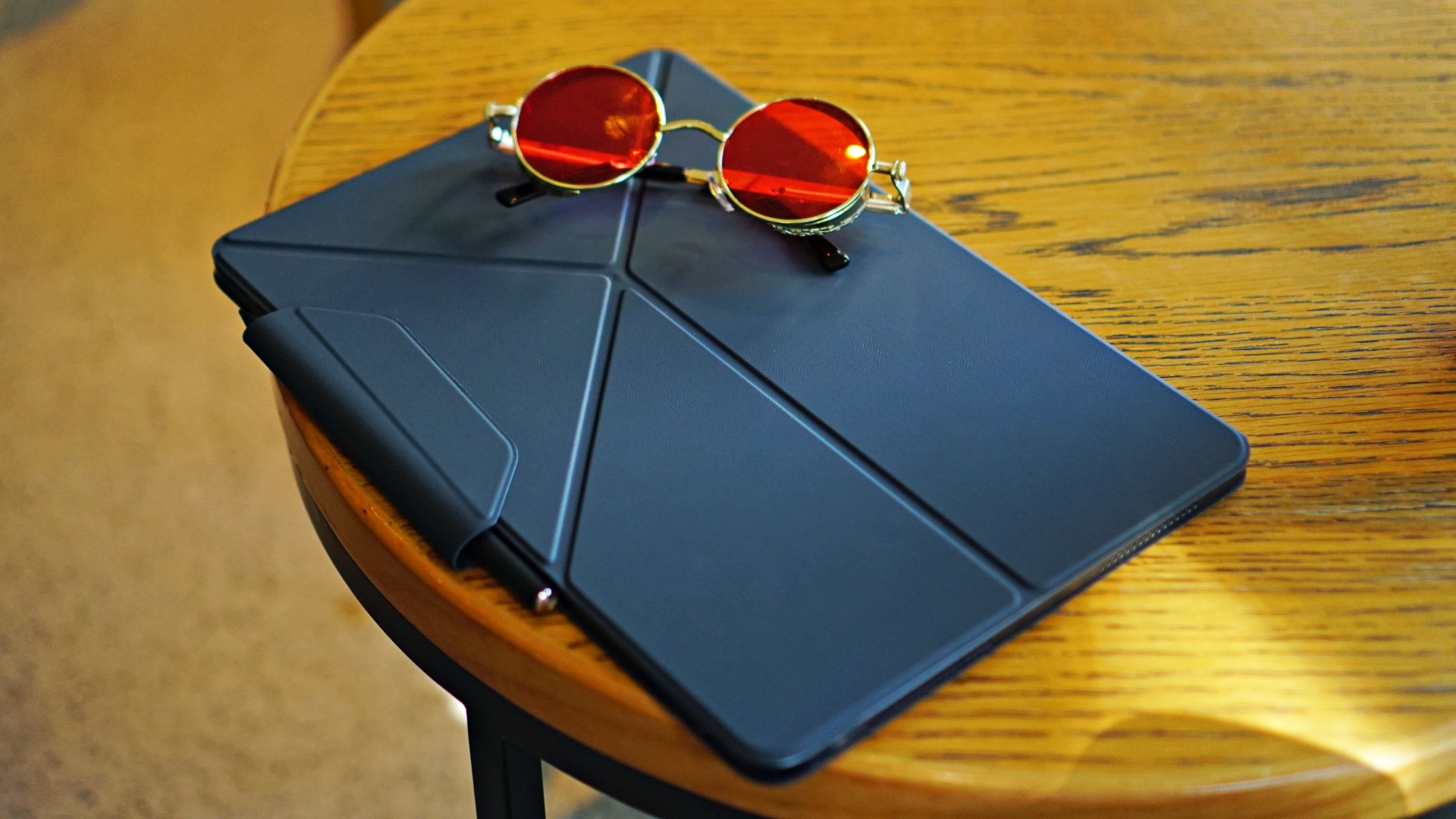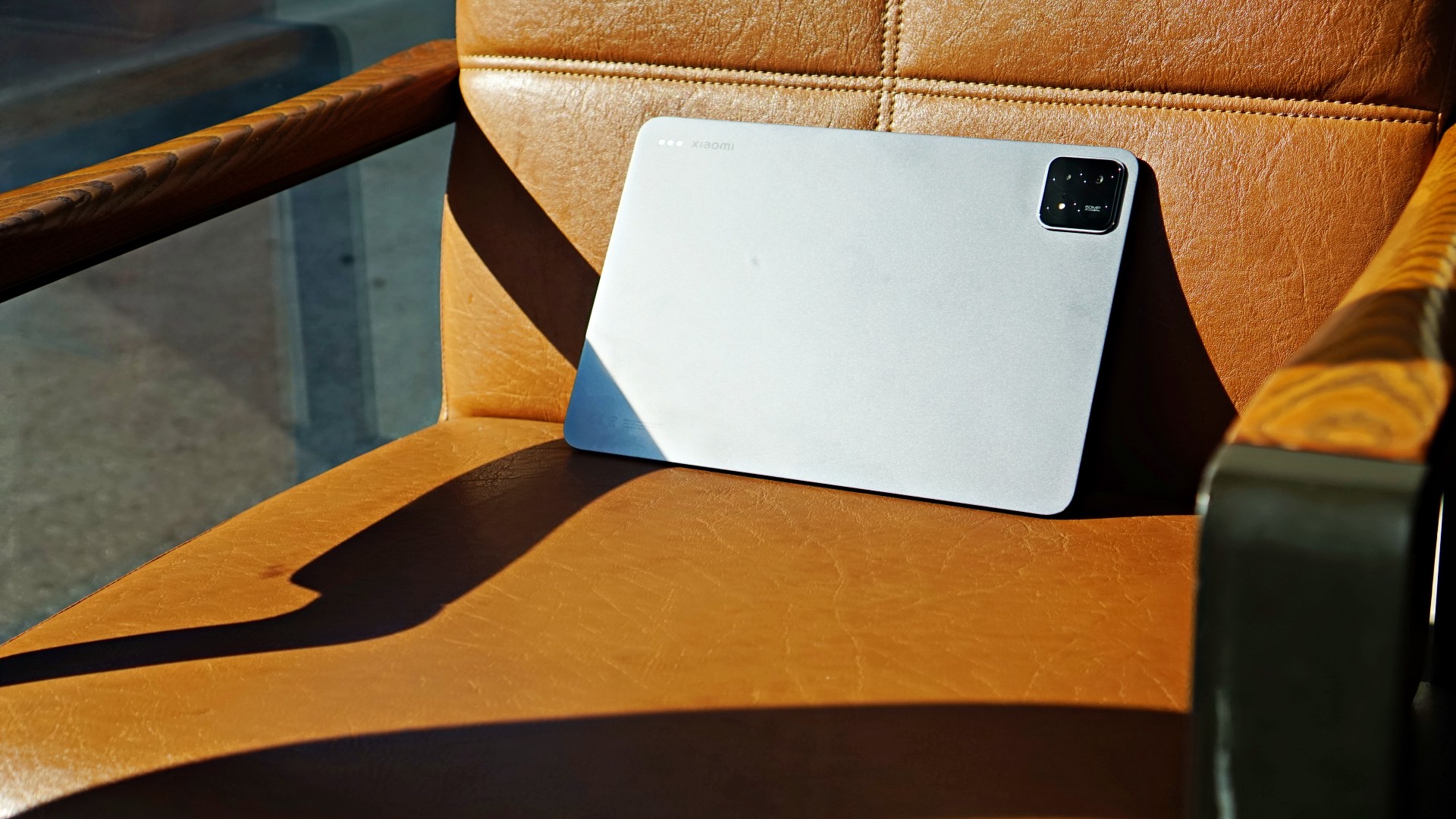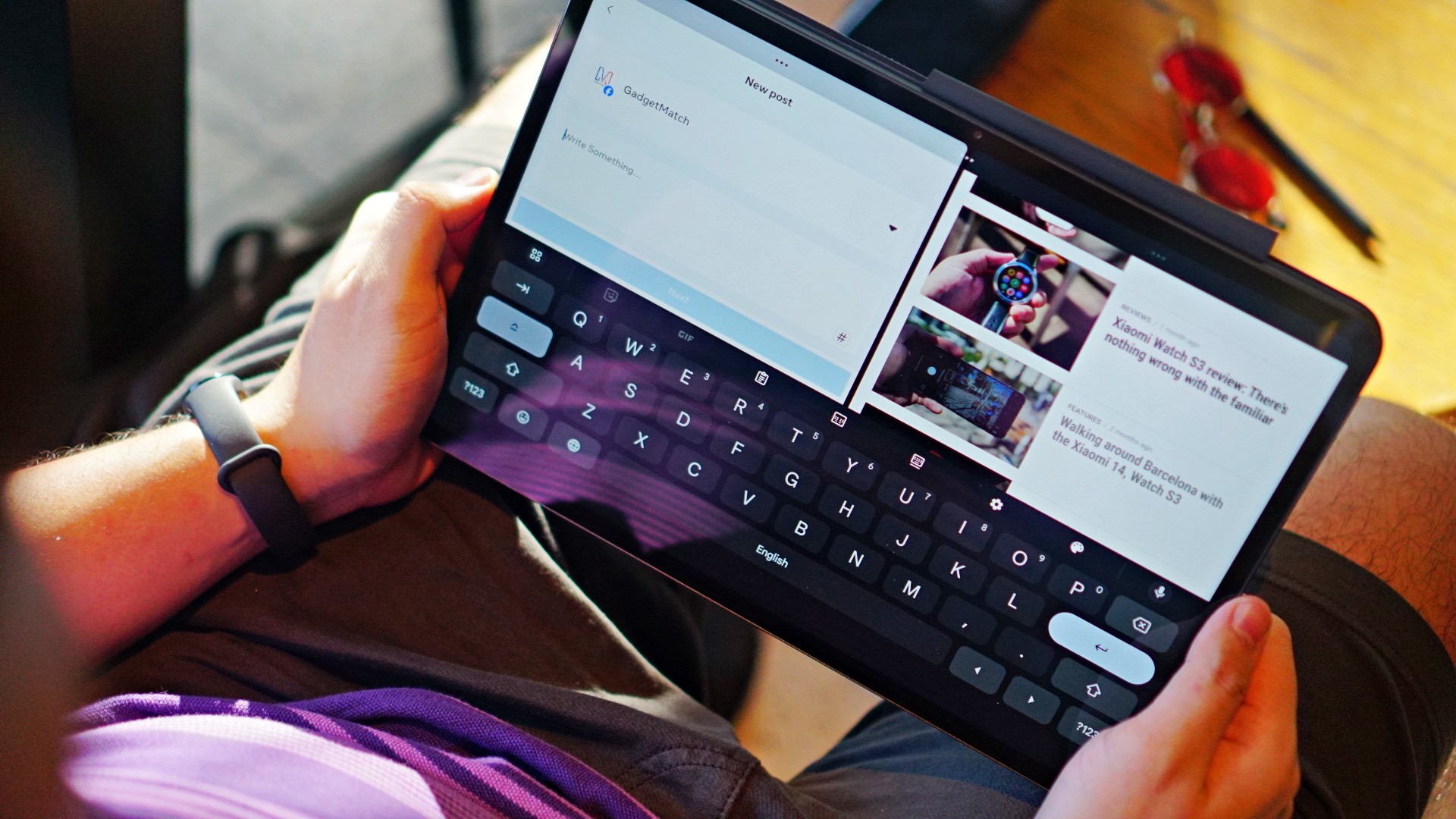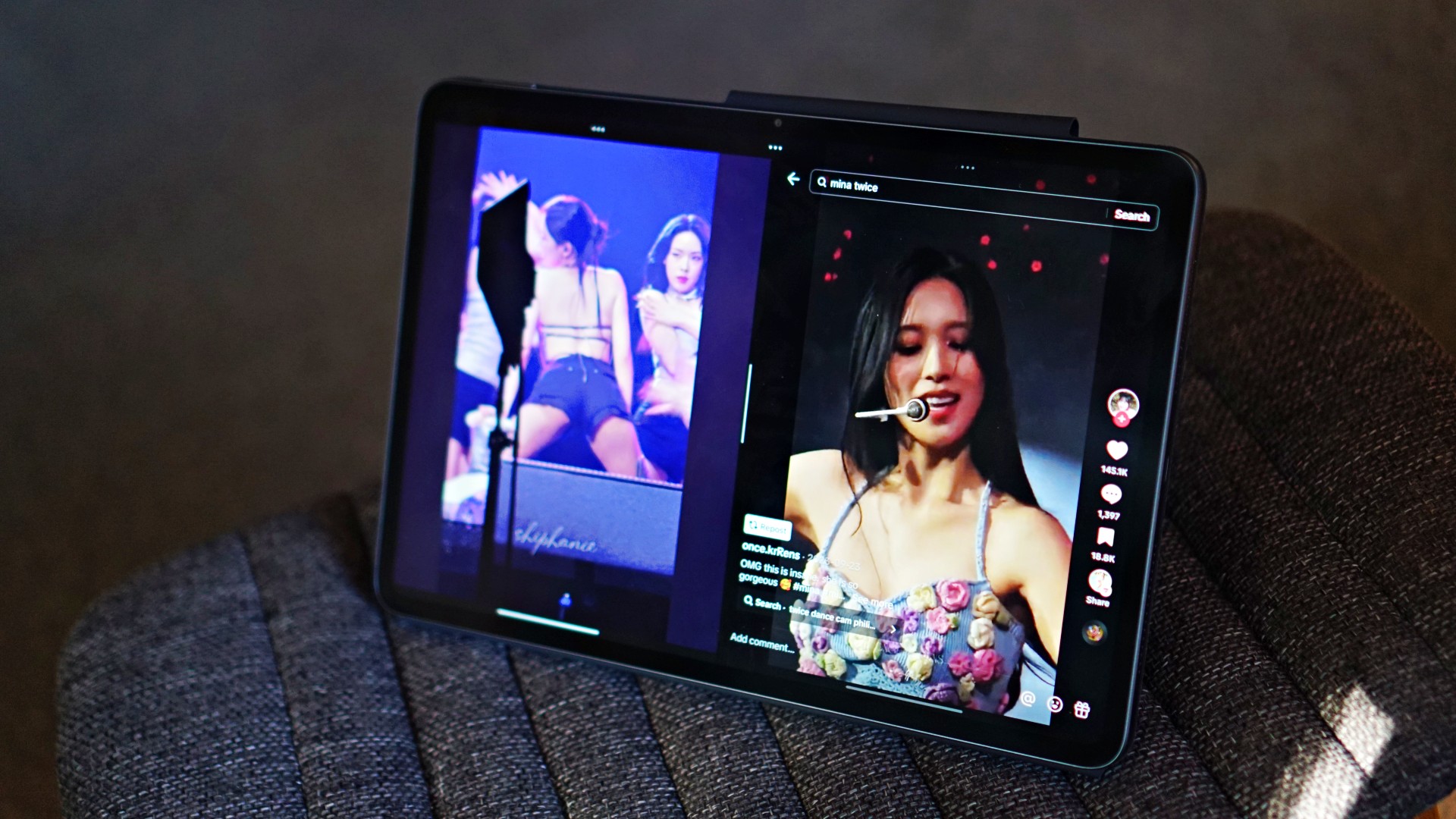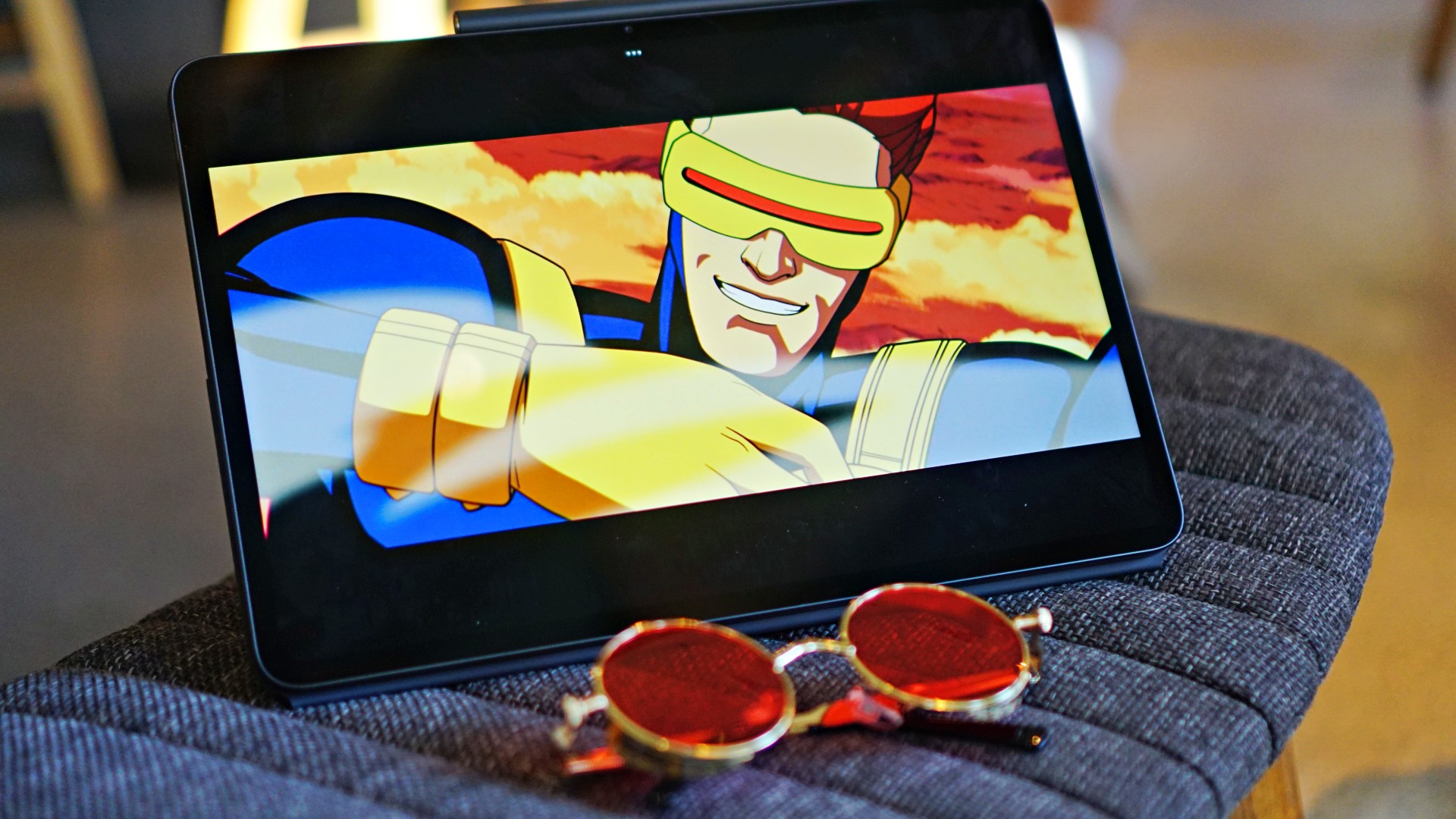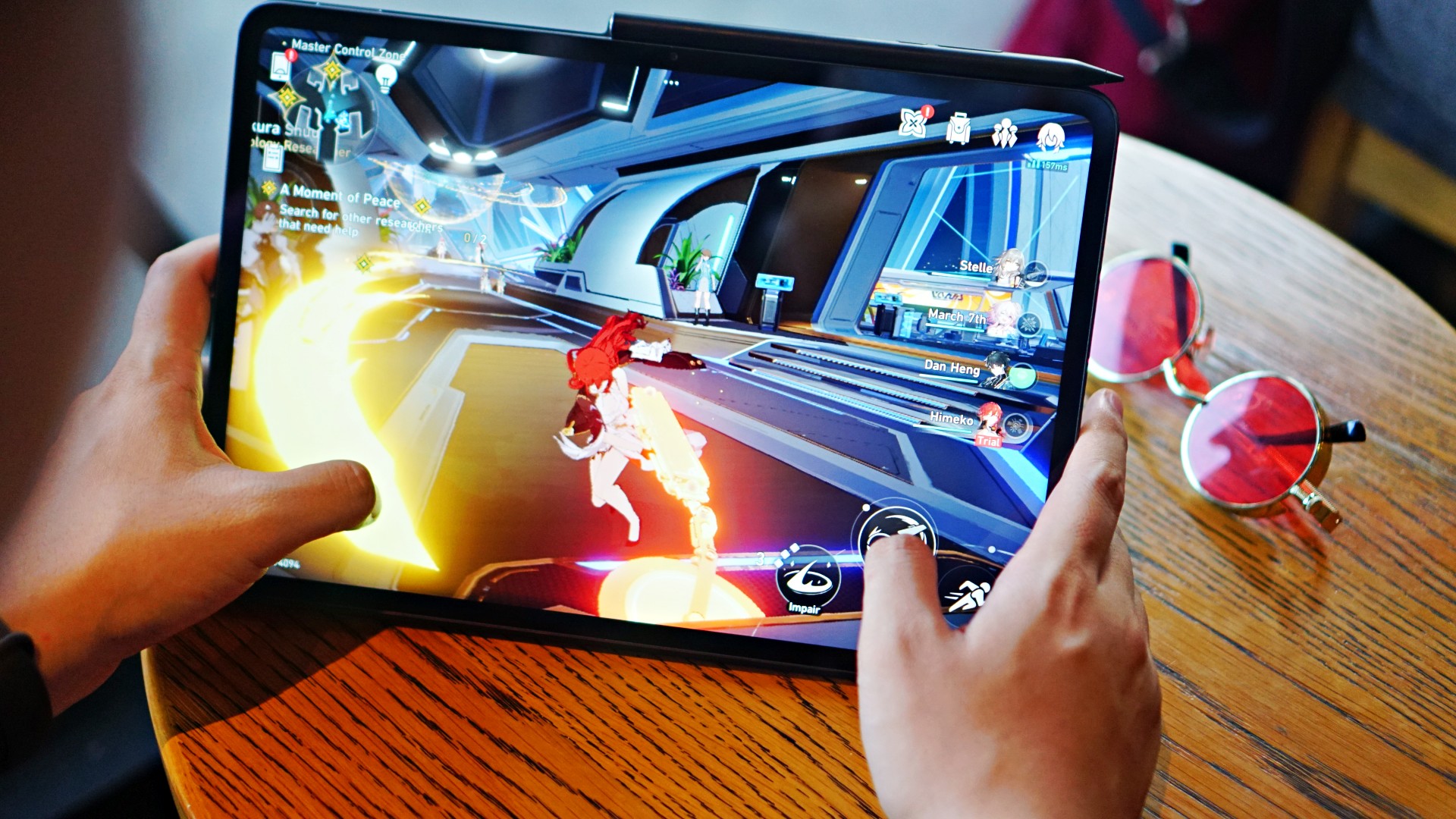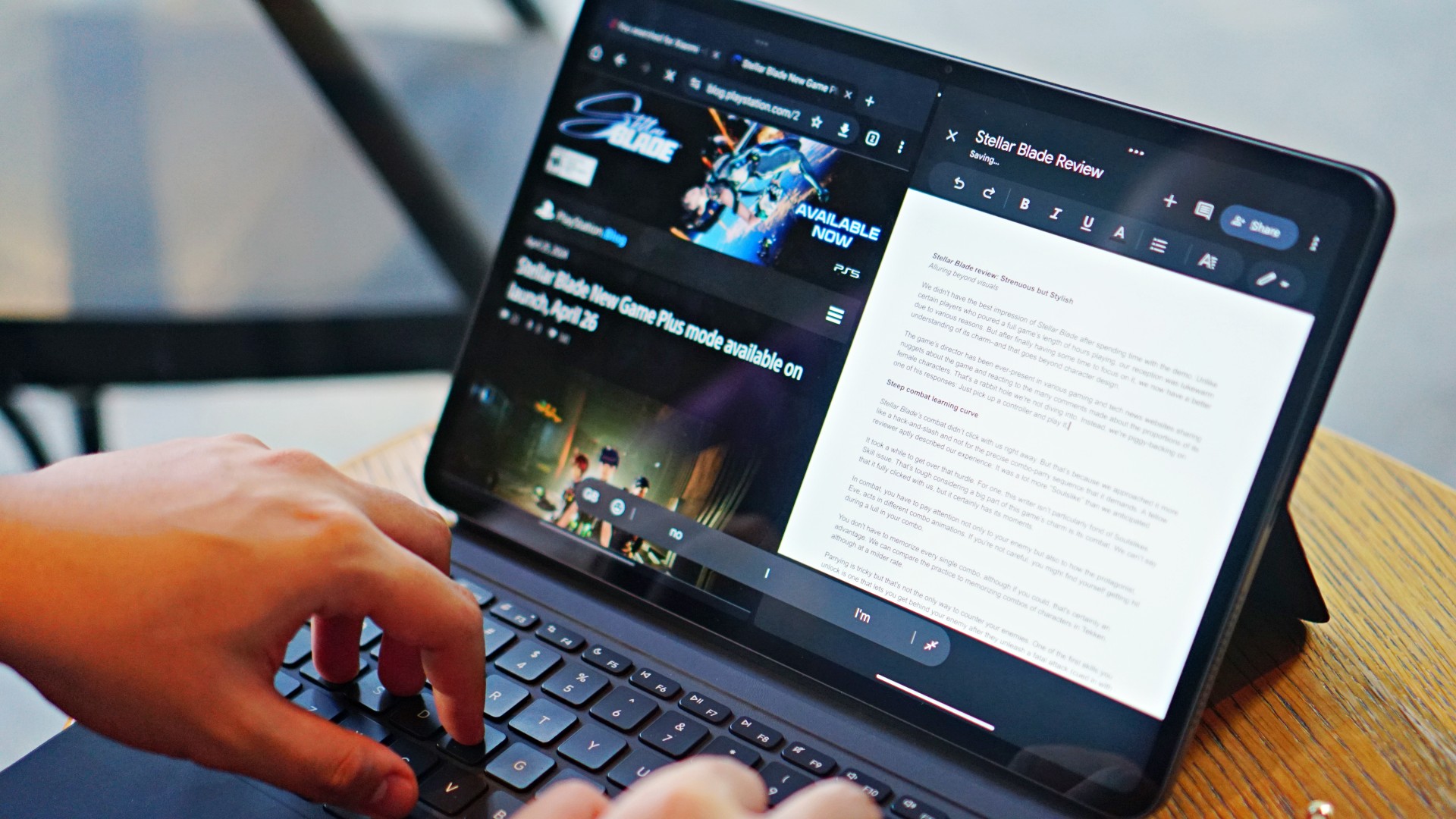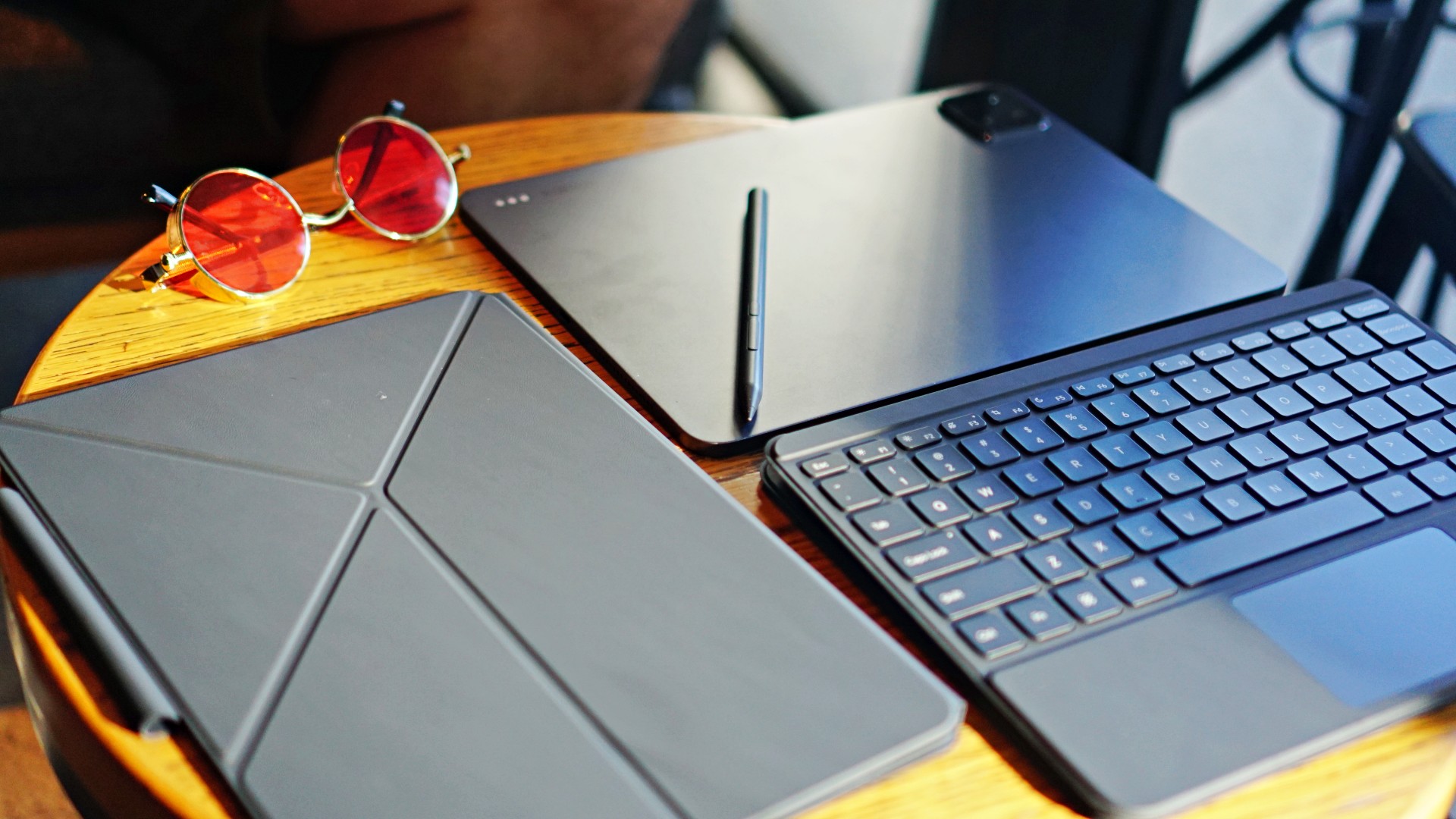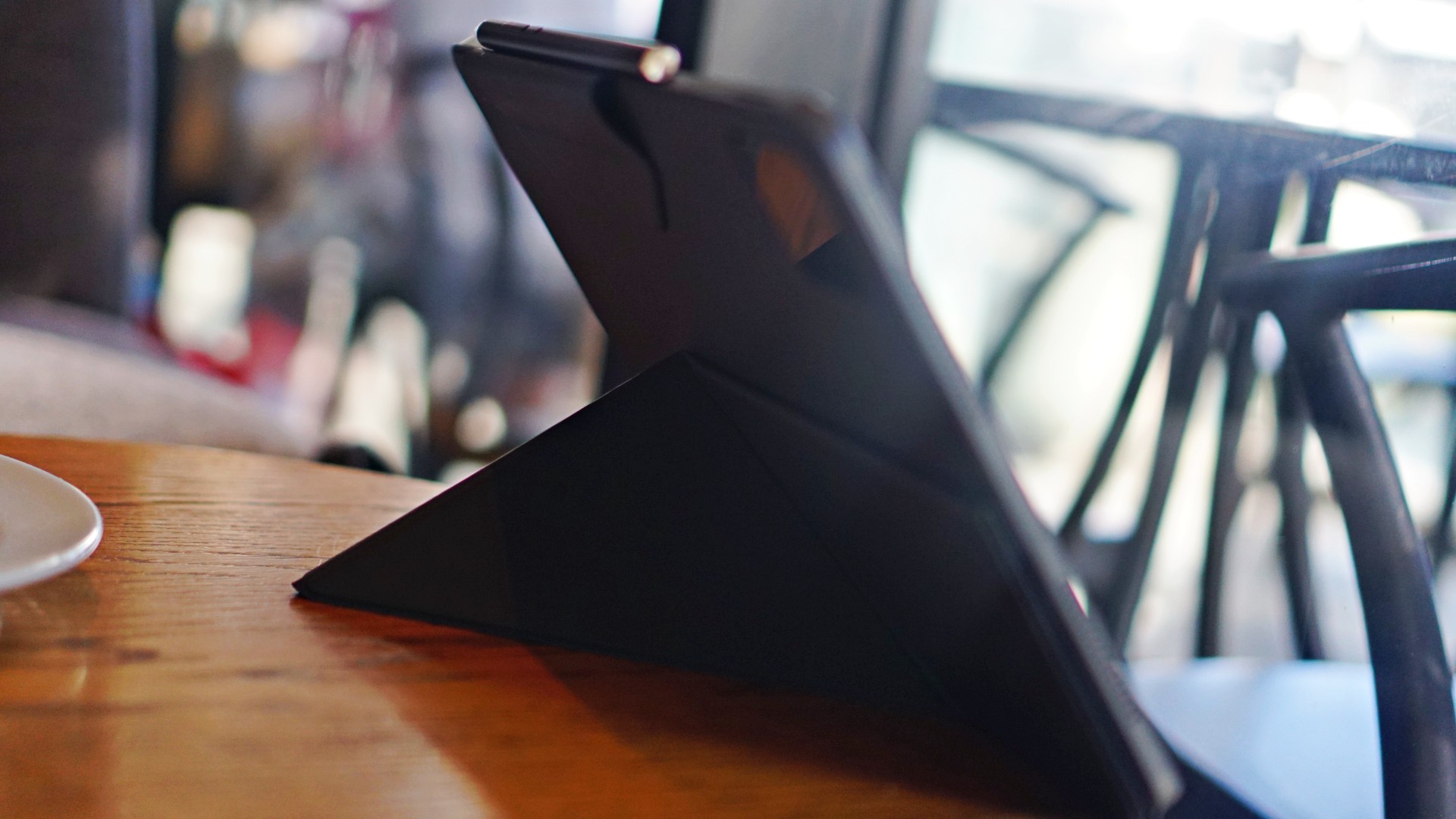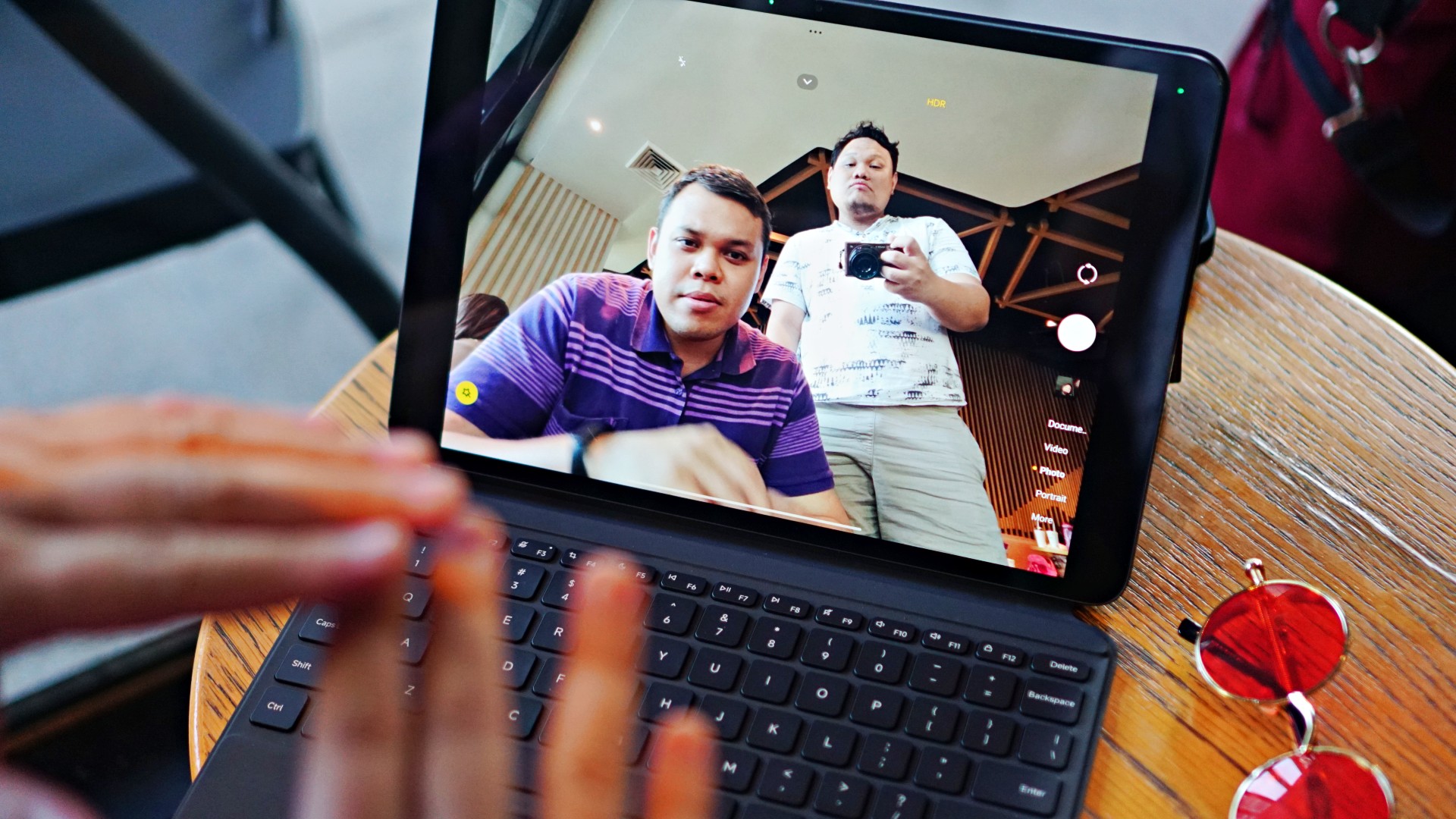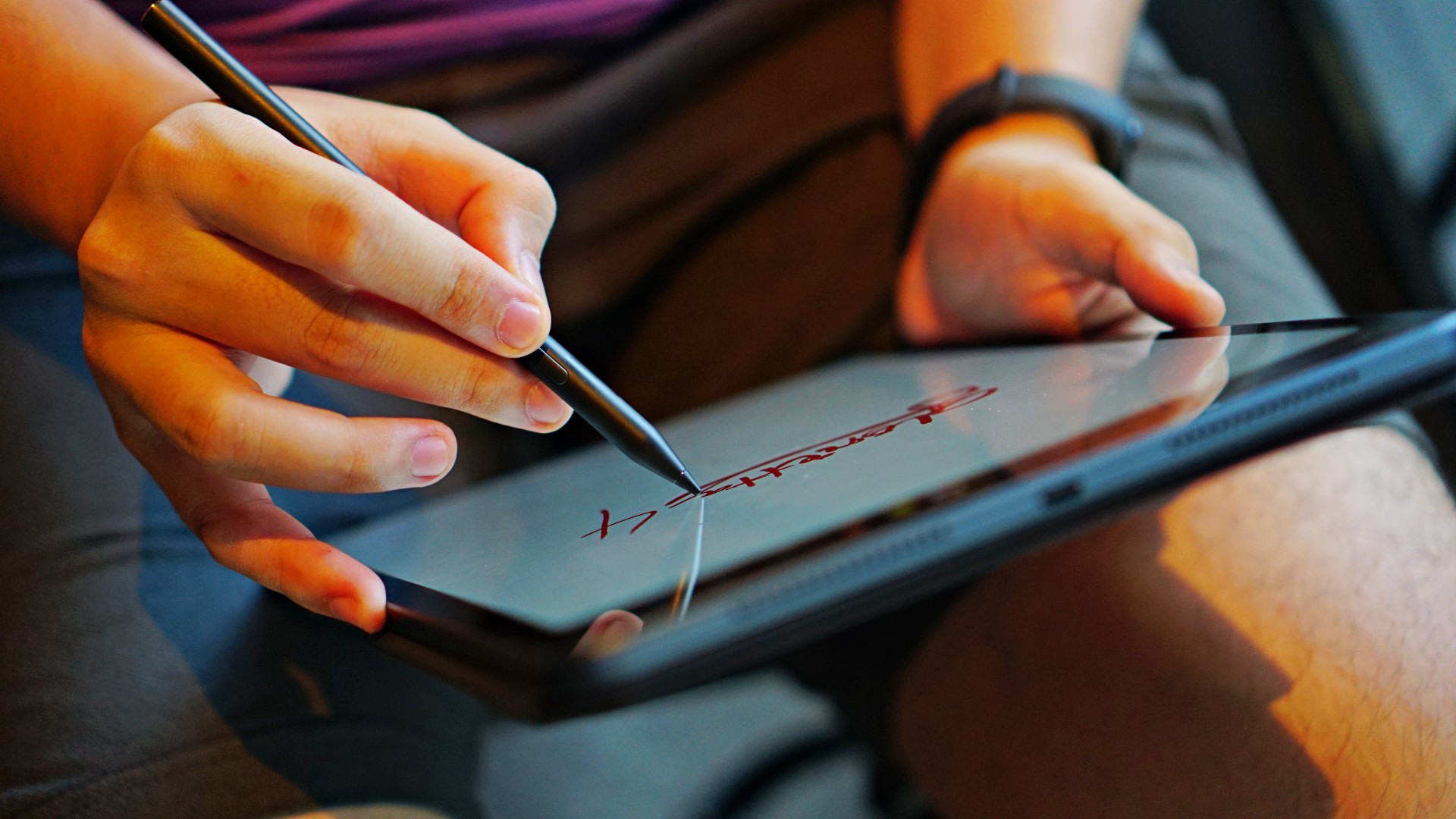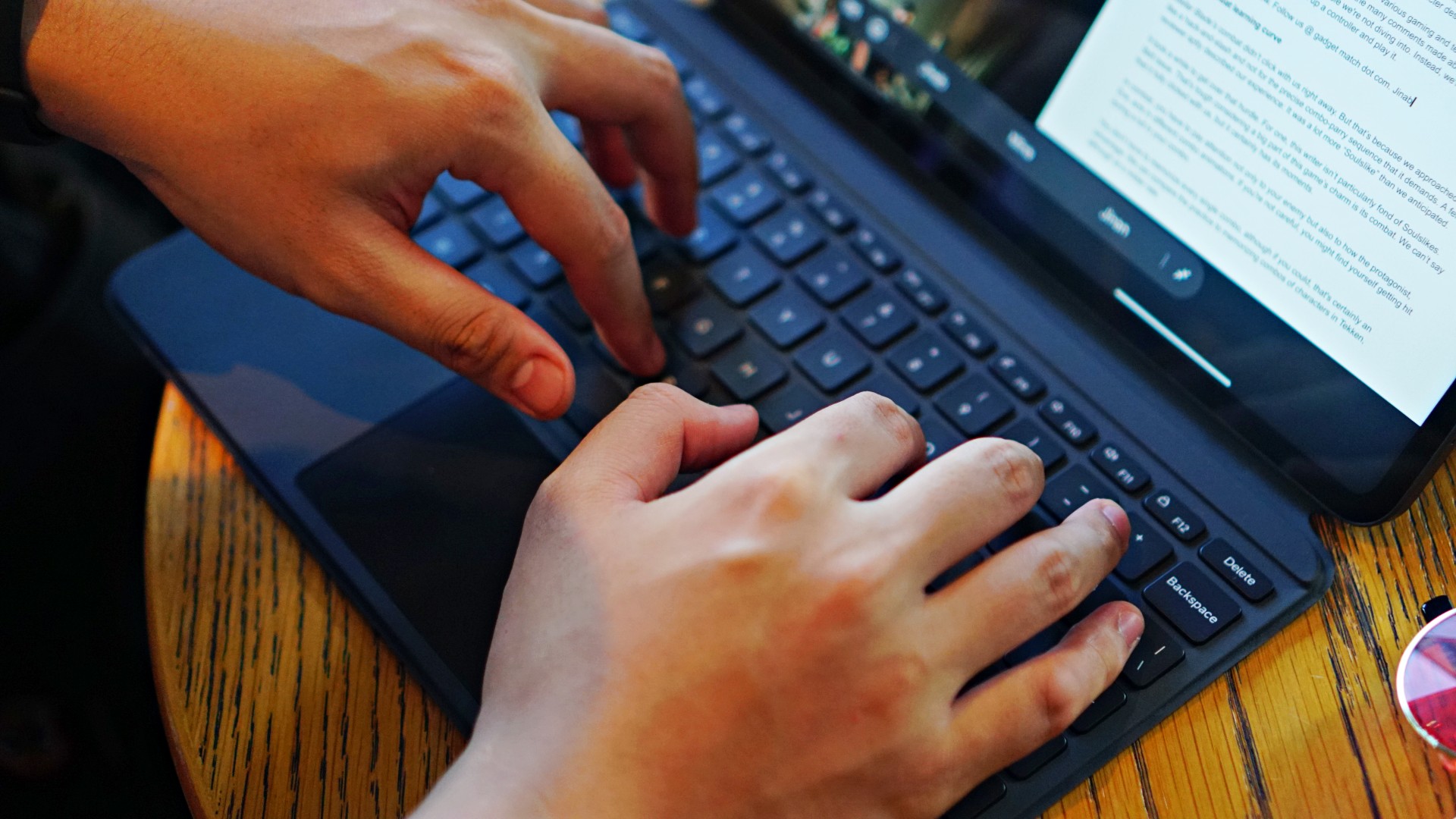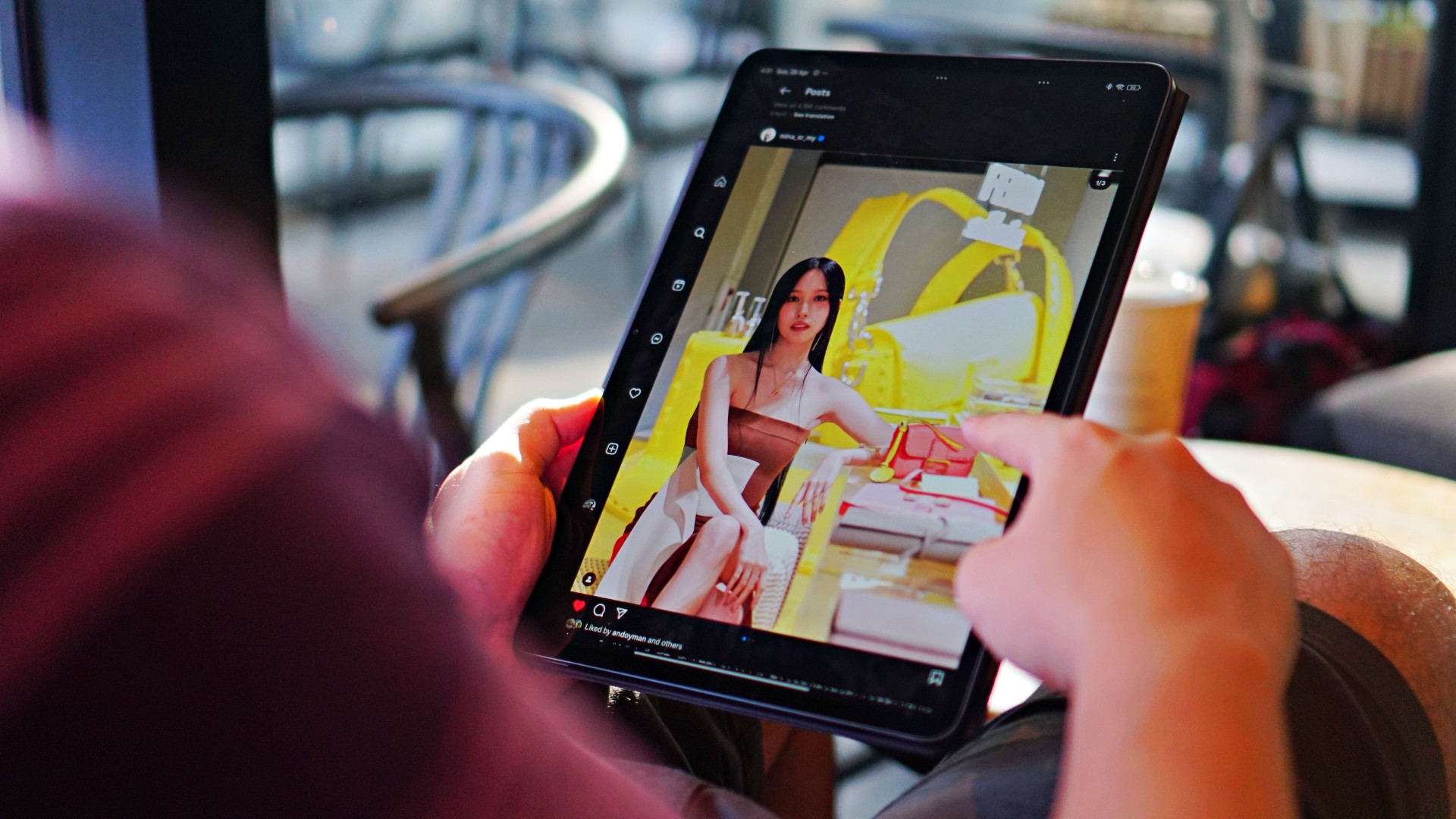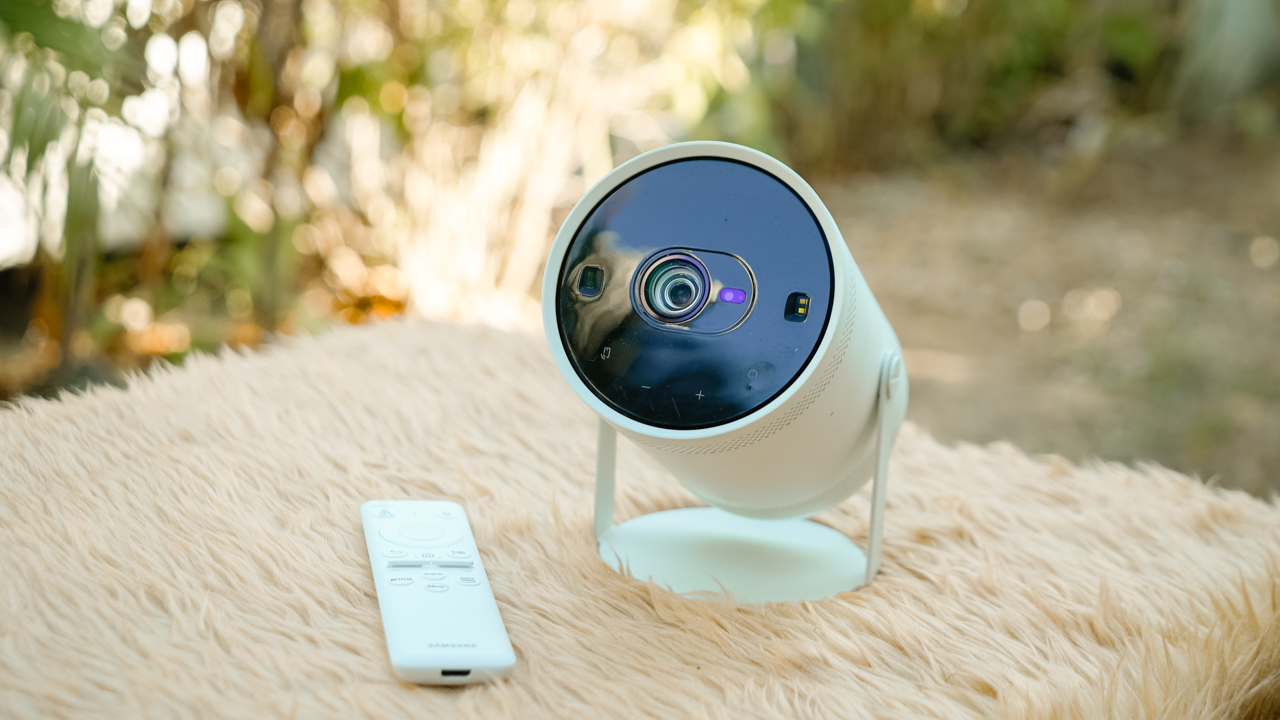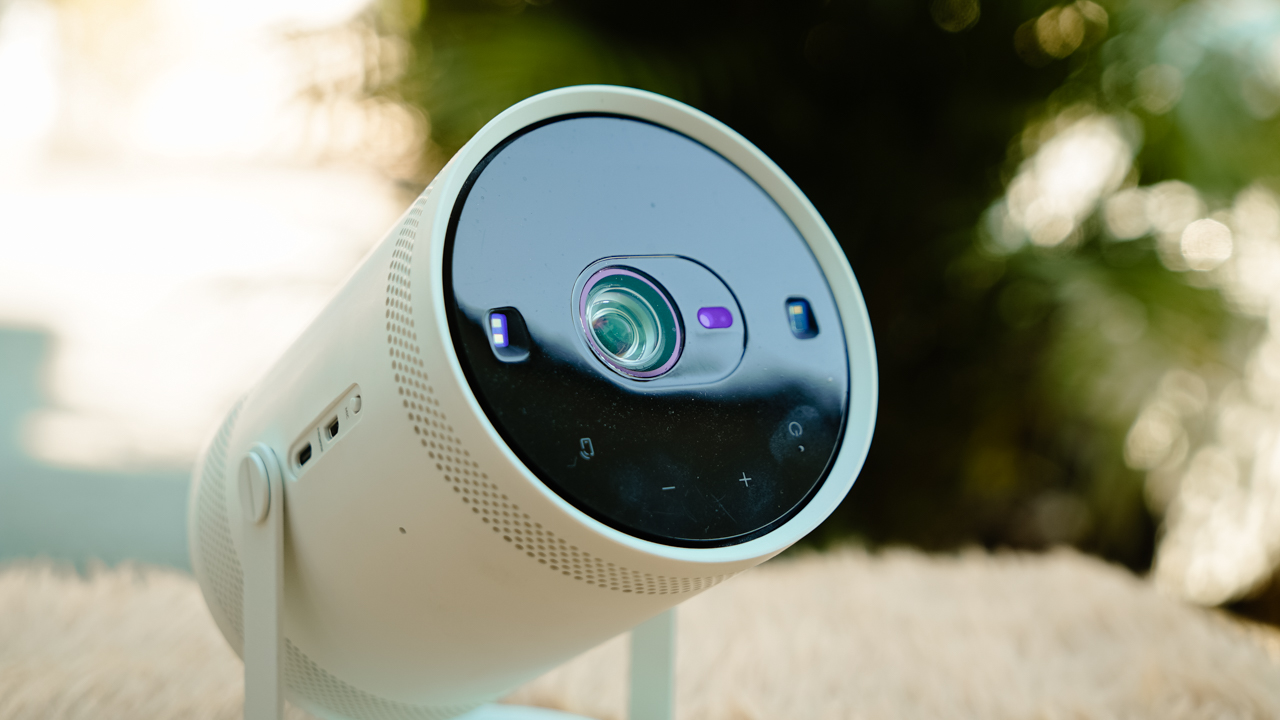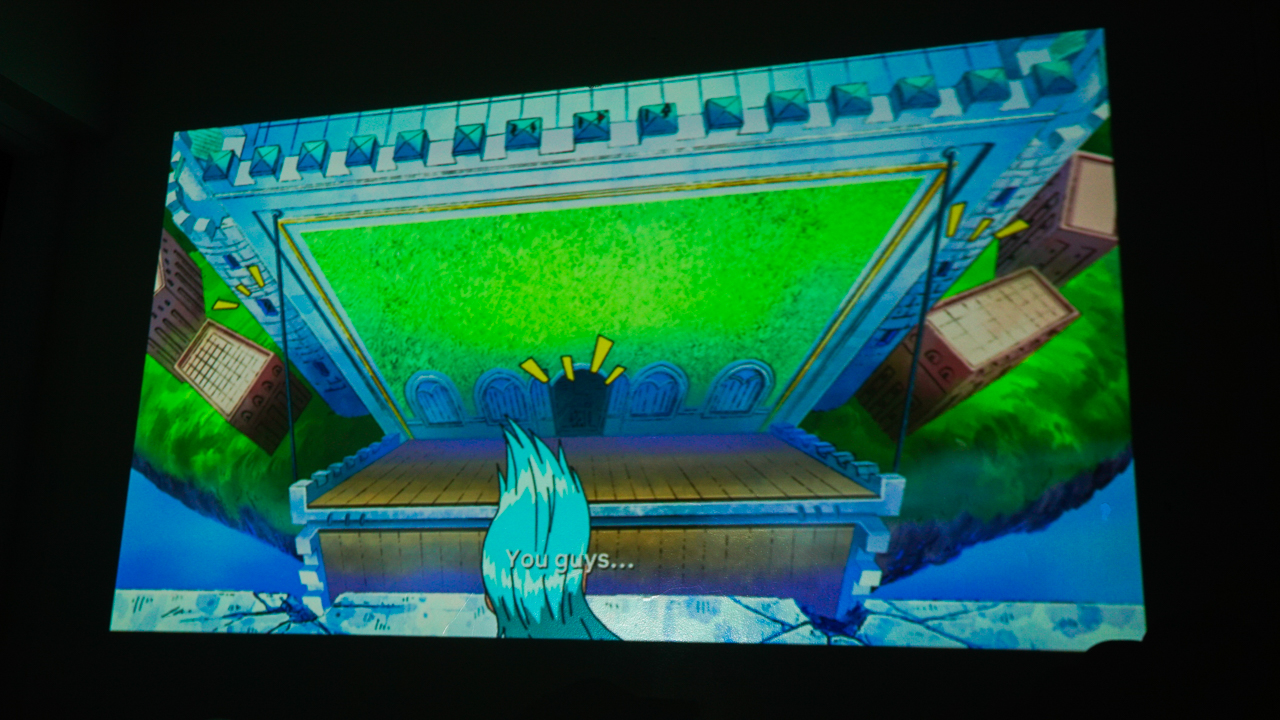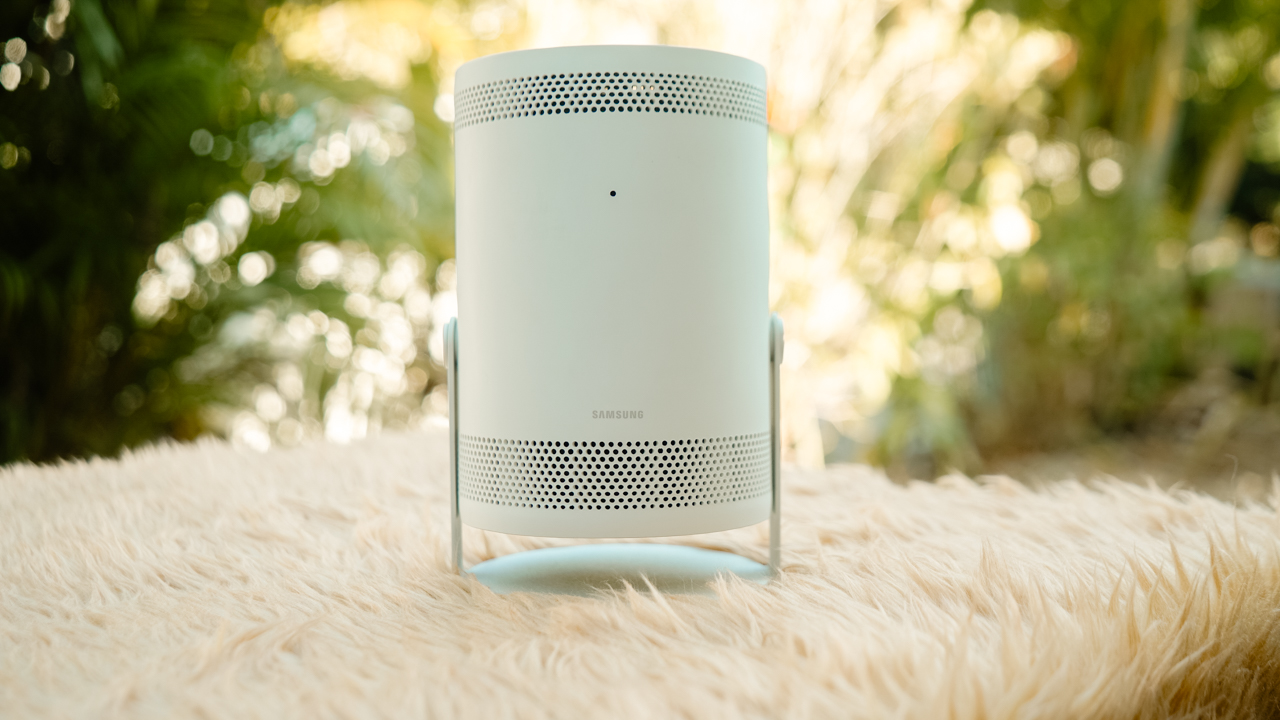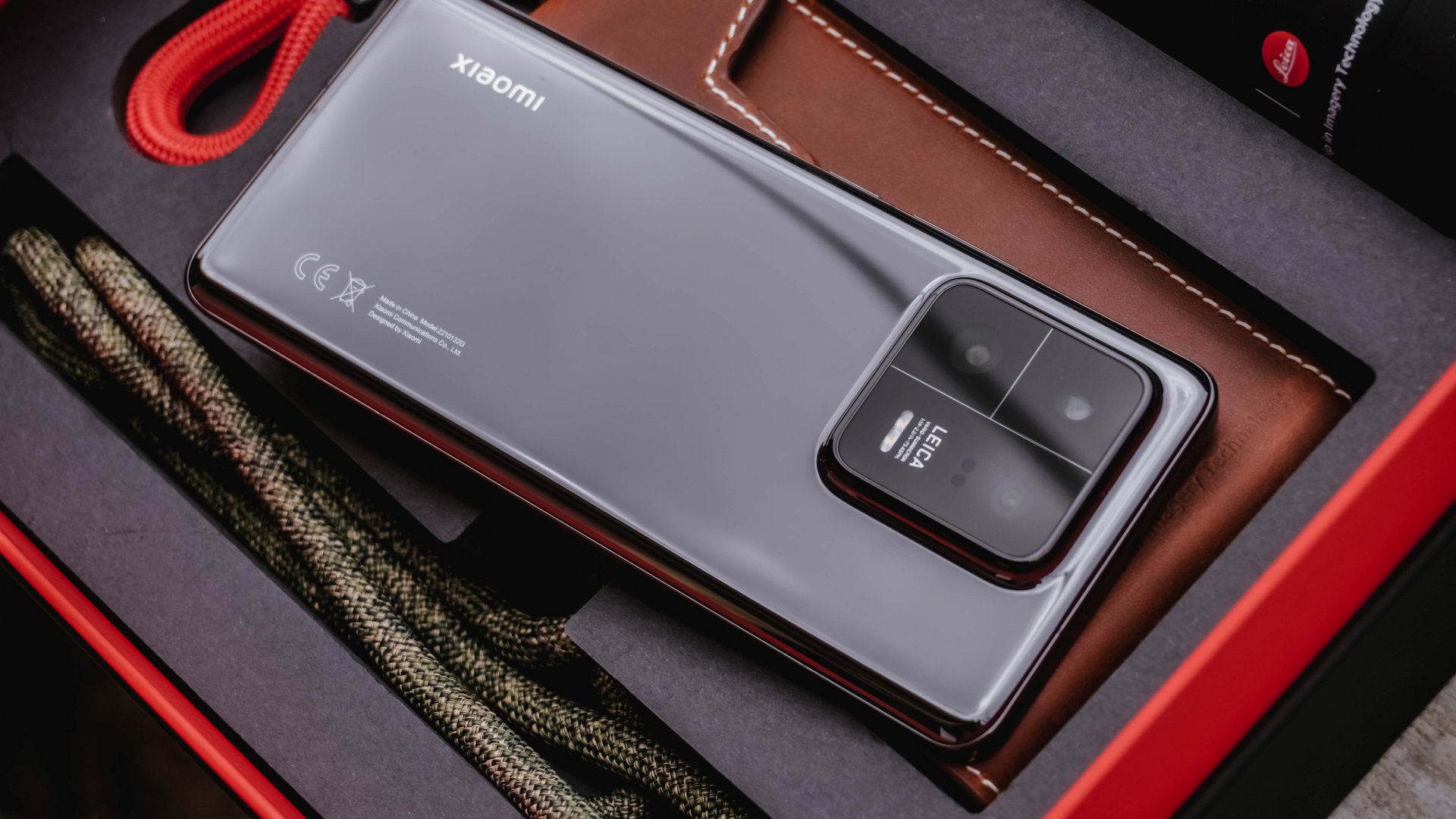
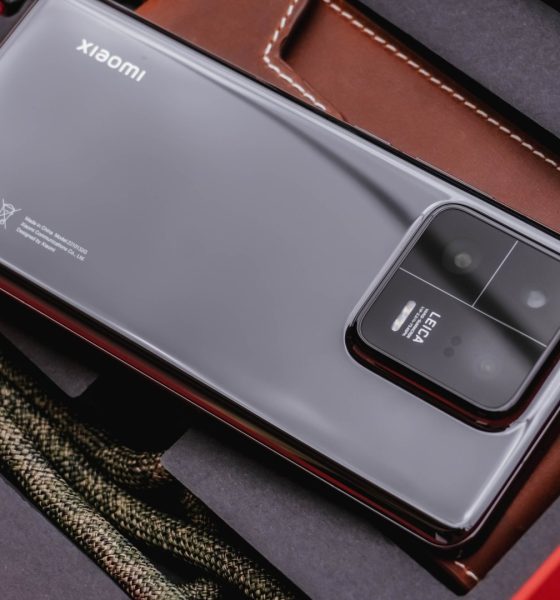
The Xiaomi 13 Pro launched to much fanfare at MWC 2023. However, the company has since released a smartphone usurping the Pro as the king in its smartphone photography hierarchy. The said phone is the Xiaomi 13 Ultra.
While that may be the case, it is the Pro that I spent the most time with. And it’s also the gadget that reinvigorated my fancy for photography.
Before I expound on its camera performance, let me give you a background of myself being a lowkey (and frustrated) “photographer”.
Unintentional introduction
When I was five, the memory of our old Ricoh film camera, Kodak + Fujifilm canisters, and even a Samsung digital camera in my mom’s dusty drawers still remain as one of my core memories.
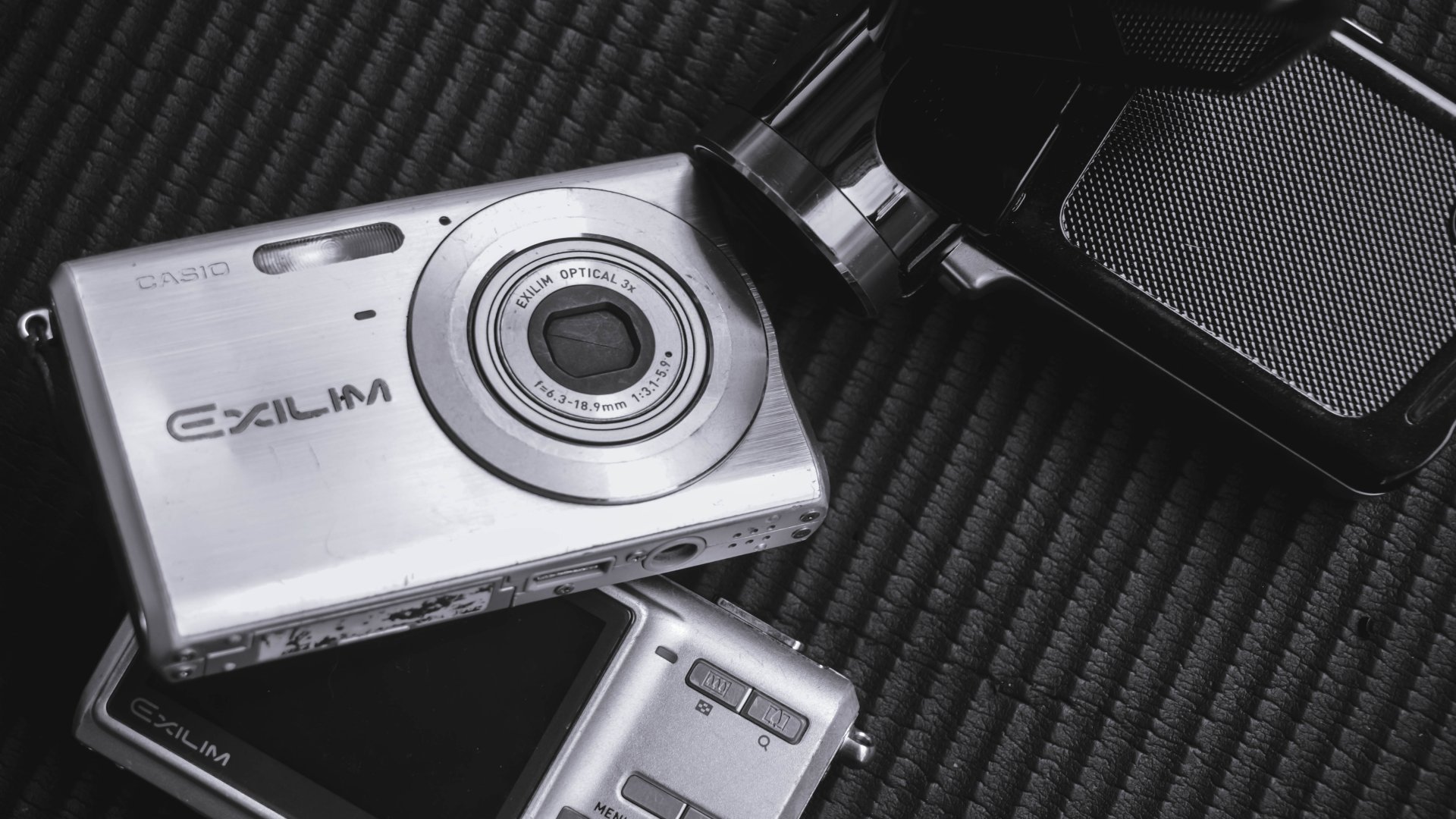
Back in grade school, I used our Casio EXILIM EX-Z60 digital camera for school events and trips. High school went by and our Yashica camcorder plus my classmate’s Canon EOS 1100D added to that list — which all contributed to my photography mesmerization.
Mesmerization and ambition
Back in 2014, my aunt gave me a Canon EOS 60D as a gift. That’s also my life’s crucial moment where I started learning photography and wanted to solely focus on it after I graduate.

And while on the topic, I made this college project (watch at your own risk).
While the endeavour was a group work, I had the core idea of equipping all kinds of spec absurdities in this imaginary smartphone — including a DSLR’s interchangeable lens system coupled with an APS-C sensor.
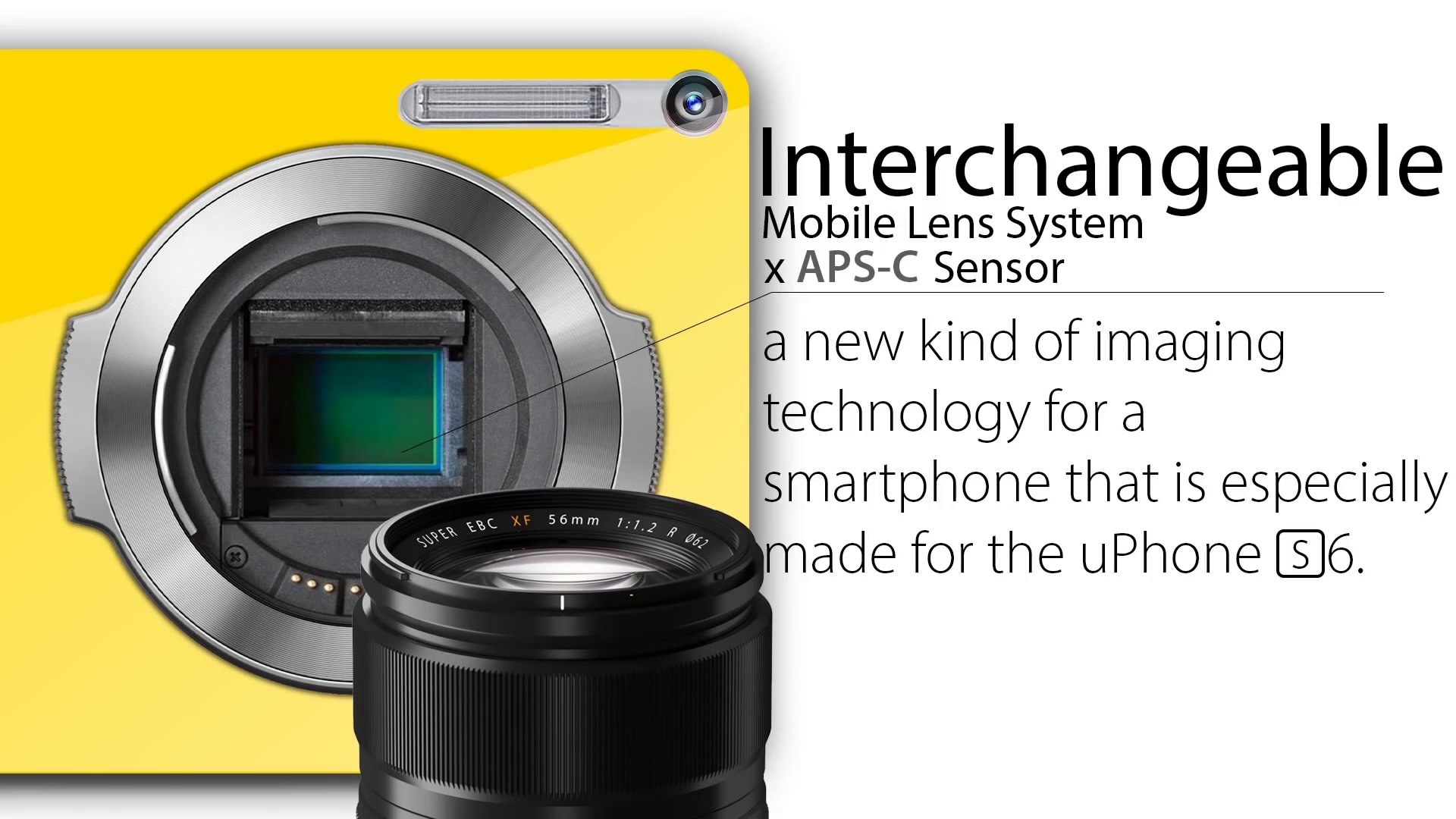
Can’t believe this absurd idea actually became a reality years later
I just thought it’s a great solution to the lackluster imaging quality of smartphones (and hefty bodies of DSLR cameras) of yesteryears.
The frustration
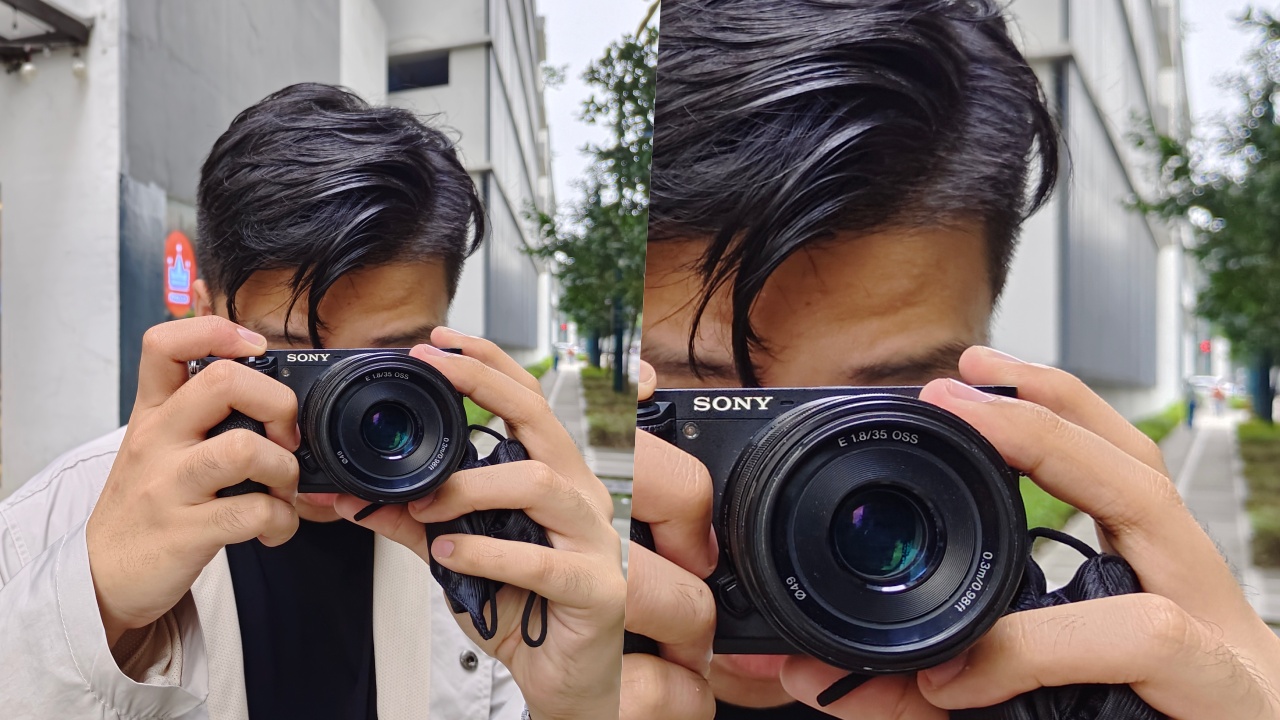
The usual Sony a6500 we use for pro shooting
I became a GadgetMatch intern back in 2018. I then remember having to hold a Sony a7S during my first day. The rest was history as I was able to hold several more pro-grade cameras such as the Fujifilm X-T30 and the Canon EOS RP.
SEE ALSO: Learning street photography with the Canon EOS RP

But all of us in the team know how to shoot great photographs. My main role is to edit videos for our YouTube channel. That’s also when I felt like my photography skills became rusty and my frustration as a “photographer” grew further.
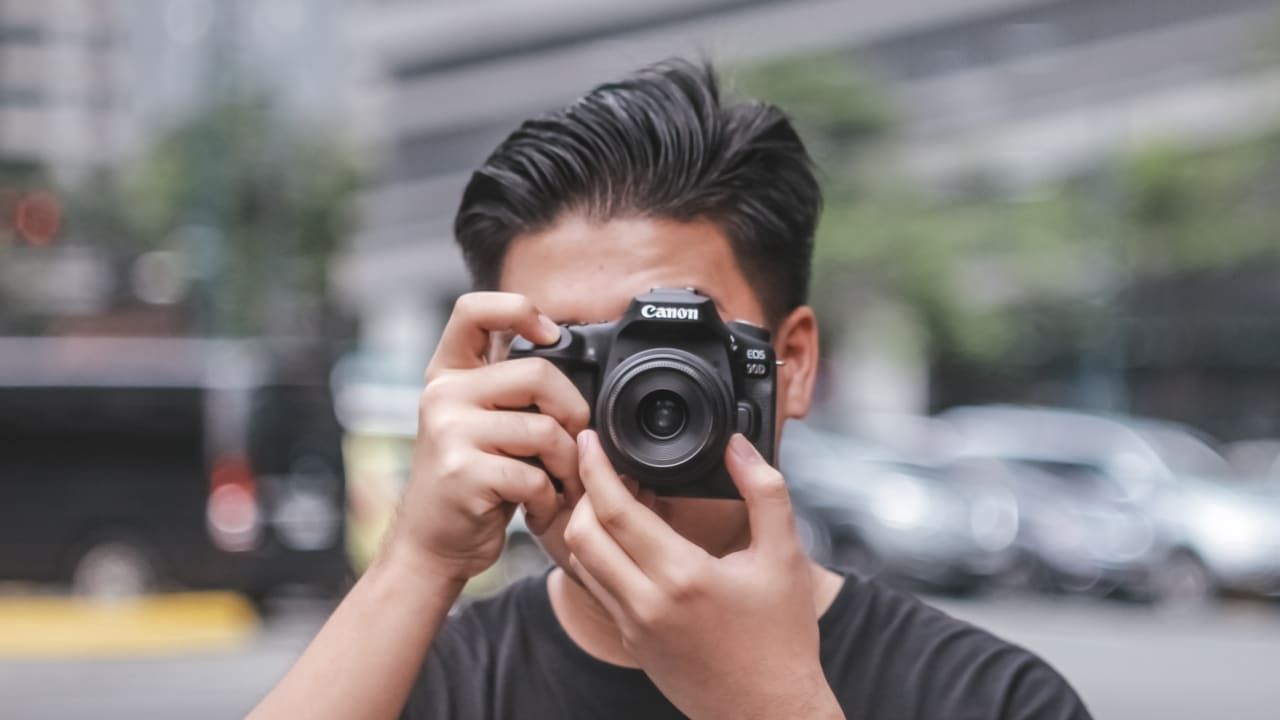
Compounding the frustration, I’m the type of “photographer” who doesn’t have a “forte” as I love shooting any and every interesting subject I see — be that a pet, product, portrait, food, architecture, landscapes, or even the challenging ones like wildlife/nature and even photojournalism.
Utmost fascination
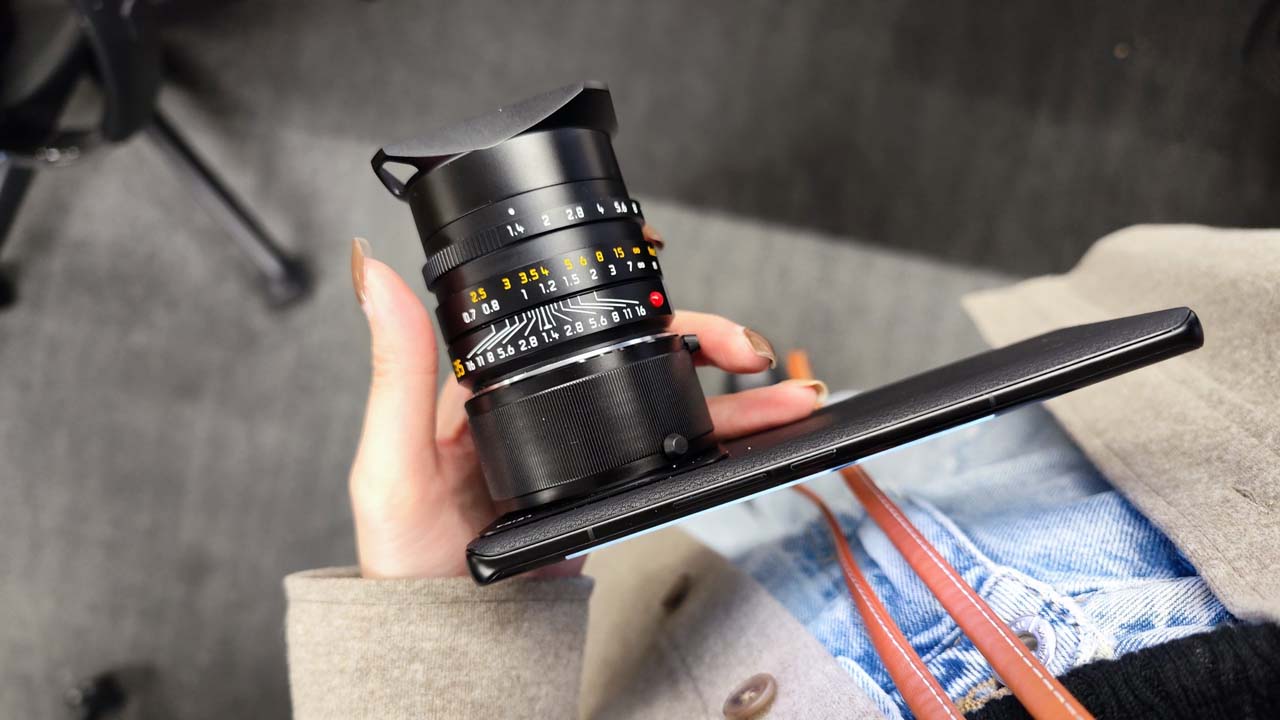
Xiaomi 12S Ultra Concept (2022)
Surprisingly, eight years after that college project, a phone with a detachable lens system became a real thing with the Xiaomi 12S Ultra Concept.
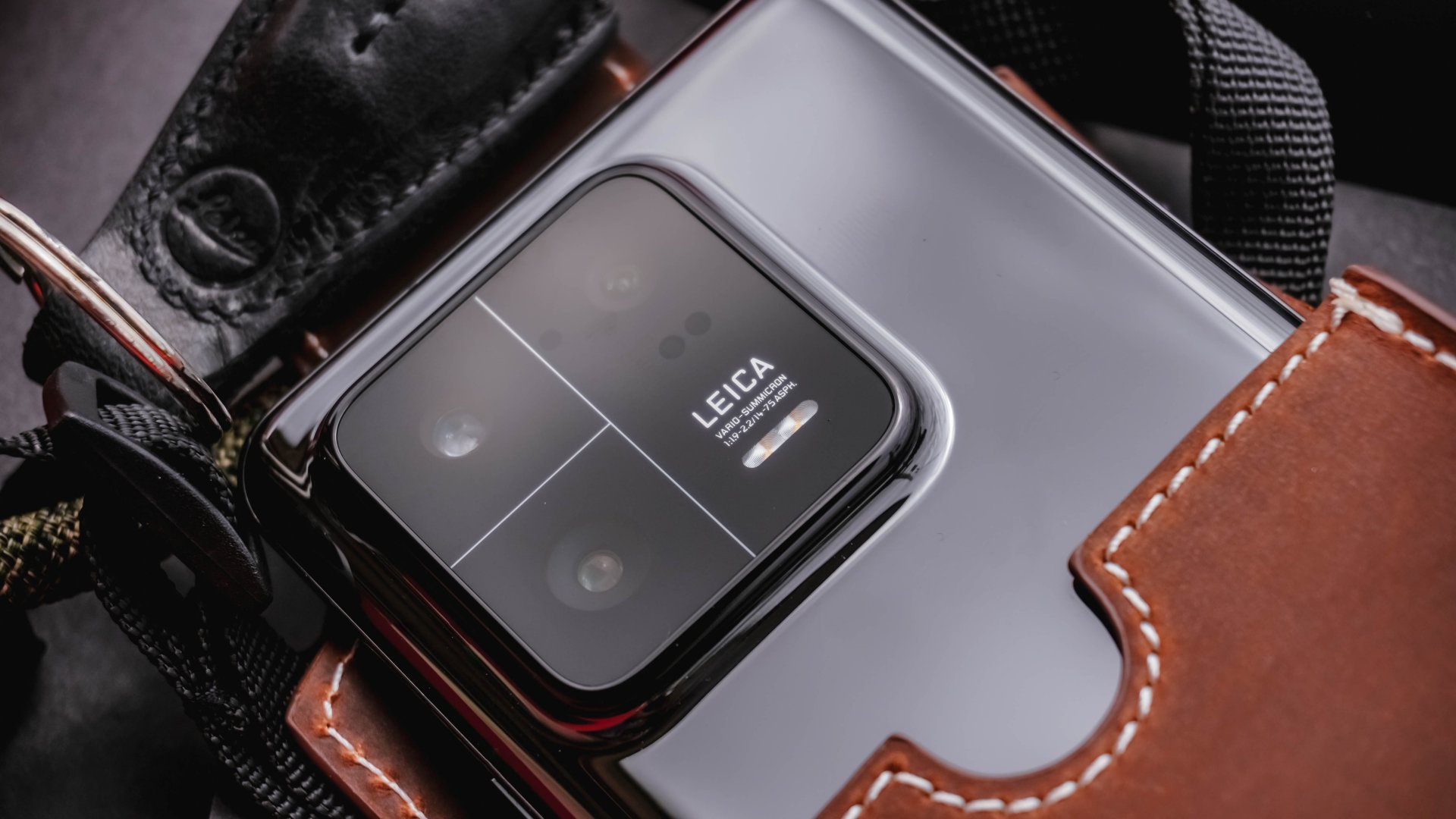
From previous 1-inch sensor headliners like Sharp’s Aquos R6, the Leica Leitz Phone 1, and eventually the Xiaomi 12S Ultra, I felt nothing but excessive excitement when I was assigned to play with this crazy 1-inch-sensor-touting Xiaomi 13 Pro — even crazier that it’s co-engineered with Leica.
Leica’s special sauce
If you’re like me who focuses the most on a smartphone’s camera performance, the Xiaomi 13 Pro is more than enough to capture picture-perfect photographs taken through its revolutionary camera system.
However, it’s not just about its advanced camera sensors. Leica’s partnership with Xiaomi is more than just bringing in photo filters and Summicron optics. They also wanted you to use their two special camera concoction.
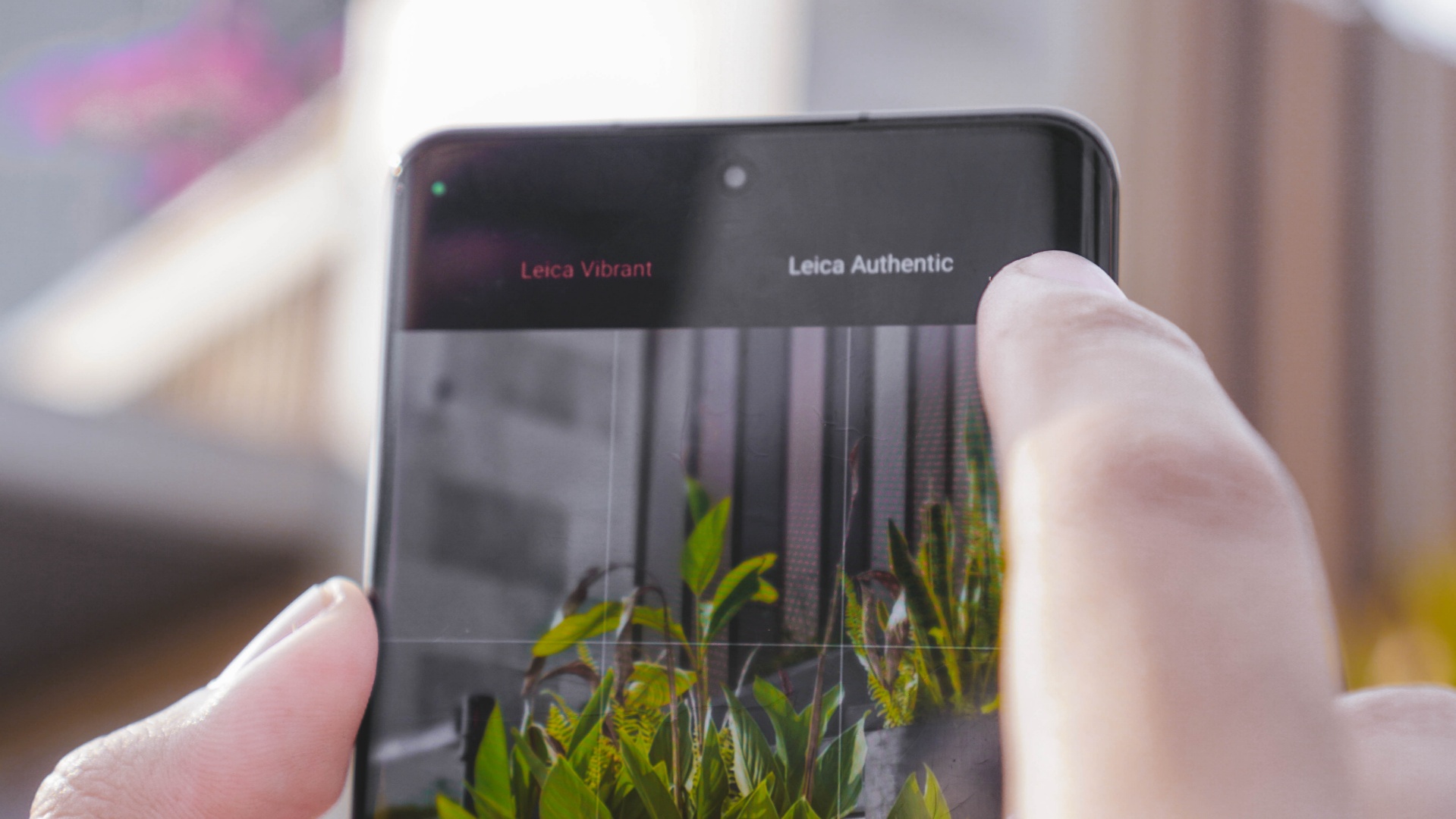
If you were able to read my Xiaomi 13 Pro vs Samsung Galaxy S23 Ultra: Camera Shootout article, this shouldn’t be new information to you. But for the rest, Xiaomi lets you choose between ‘Leica Vibrant’ (more saturated) and ‘Leica Authentic’ (less saturated) looks.
Don’t confuse them as color filters. Rather, built-in color calibration techniques based from Leica’s color science. Together with Xiaomi’s AI algorithm, they work together to bring out the best look for each photo taken.
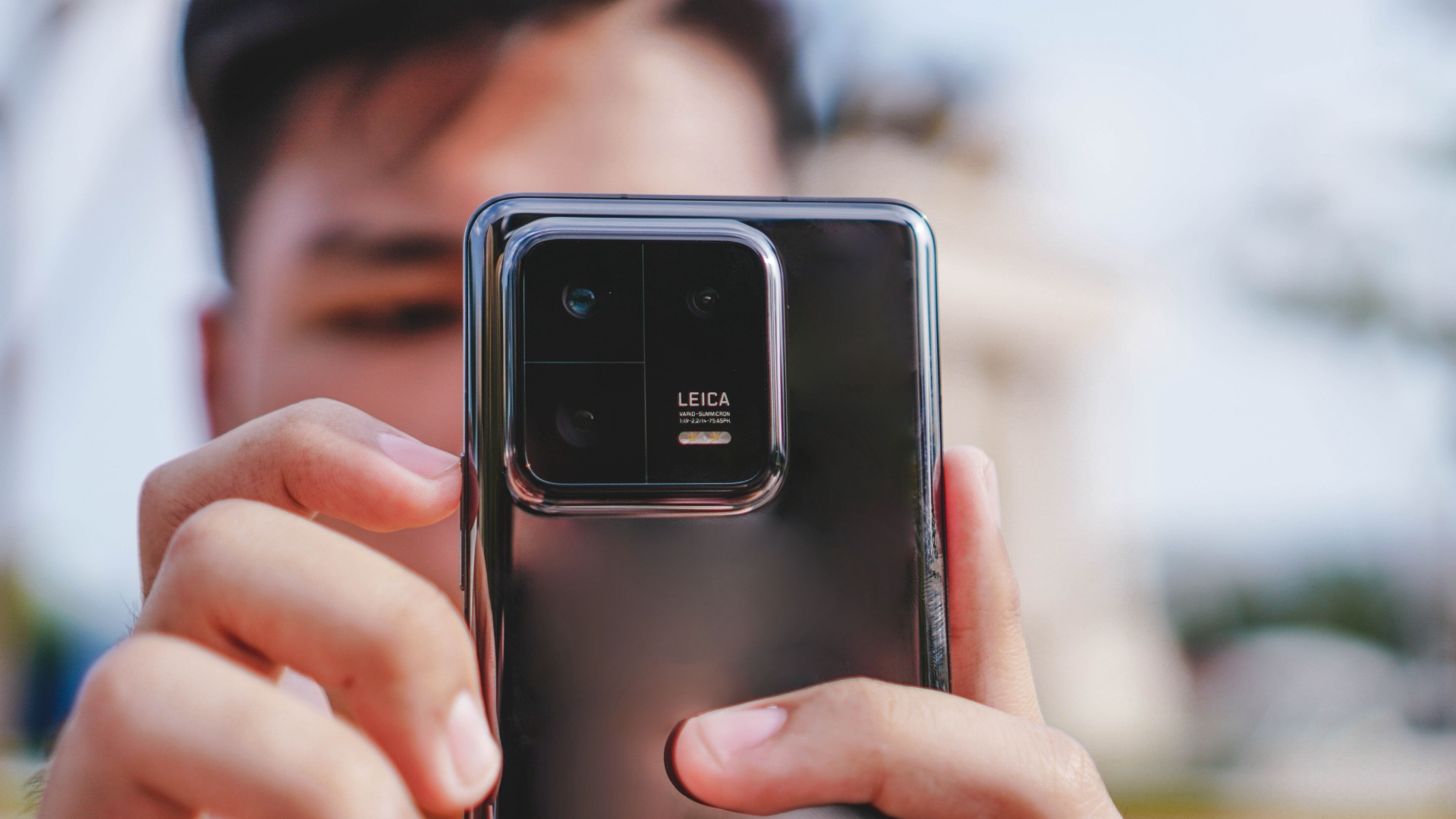
Picking between these two Leica looks is mandatory and obviously, your choice will affect the overall mood of the photographs you take. However, you cannot totally turn this off. The Pro mode isn’t even exempted as you still need to choose between the two while you take “RAW” photos.
Pro-tography within your fingertips
The main highlight of the Xiaomi 13 Pro is none other than its 1-inch camera based on the Sony IMX989 sensor — which isn’t different from last year’s Xiaomi 12S Ultra as well as the newer Xiaomi 13 Ultra. The 13 Ultra just has the upper hand of having a variable aperture instead of relying on a fixed f/1.9 aperture.
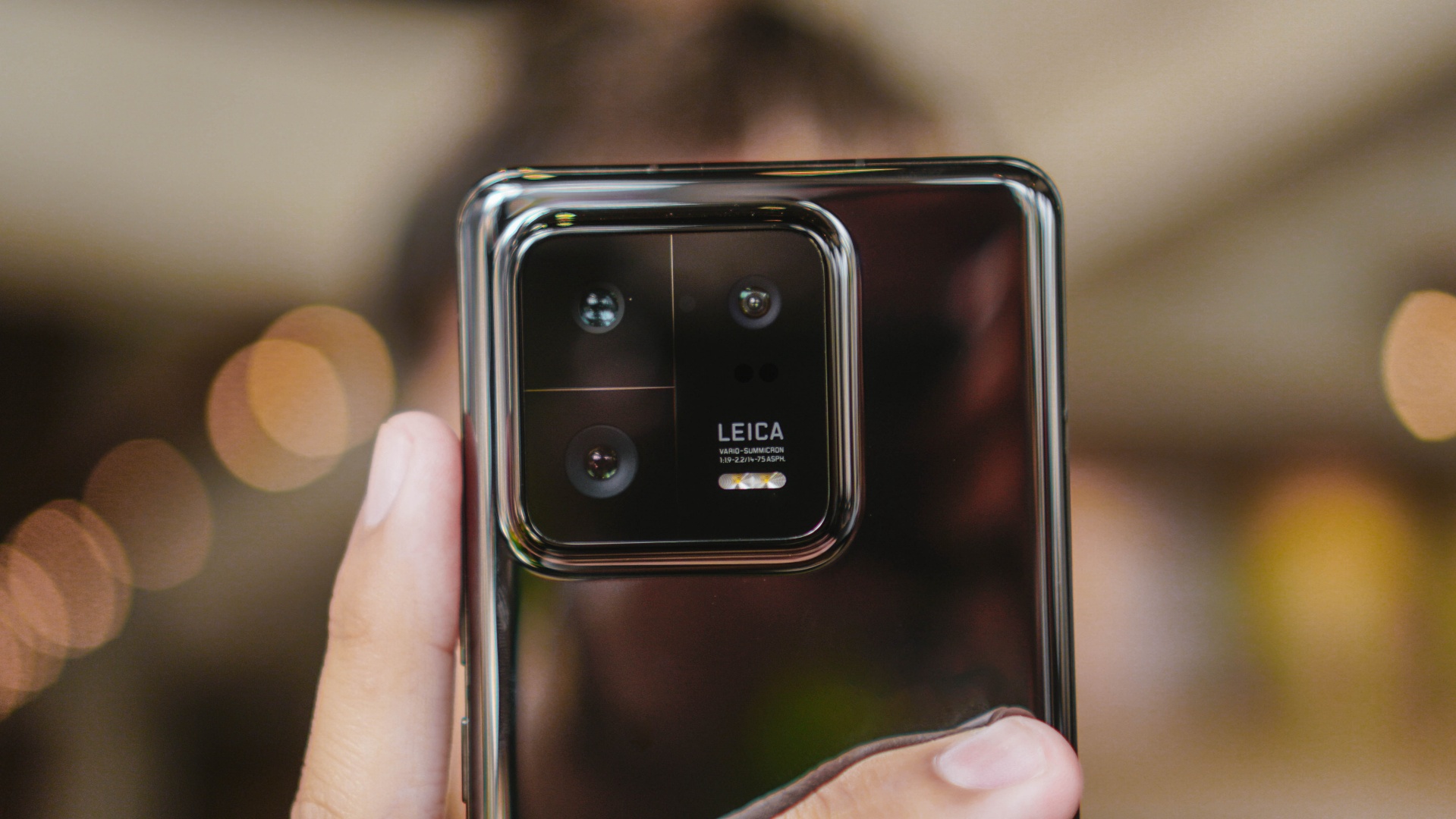
That’s also the reason why I said earlier that getting the Pro variant over the Ultra doesn’t make it “less capable”. The wide 1x samples below (23mm lens equivalent) will prove my very bold statement



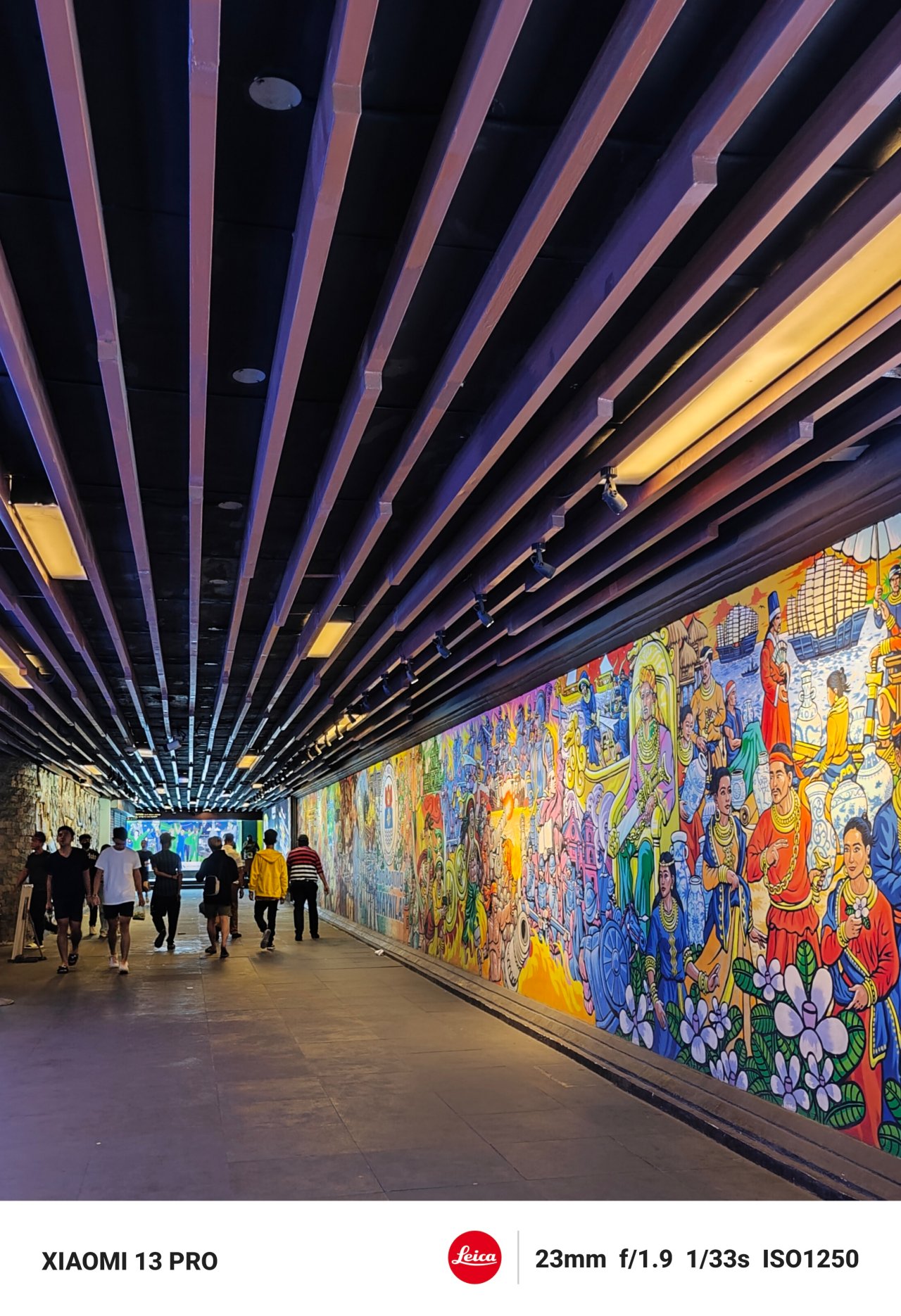
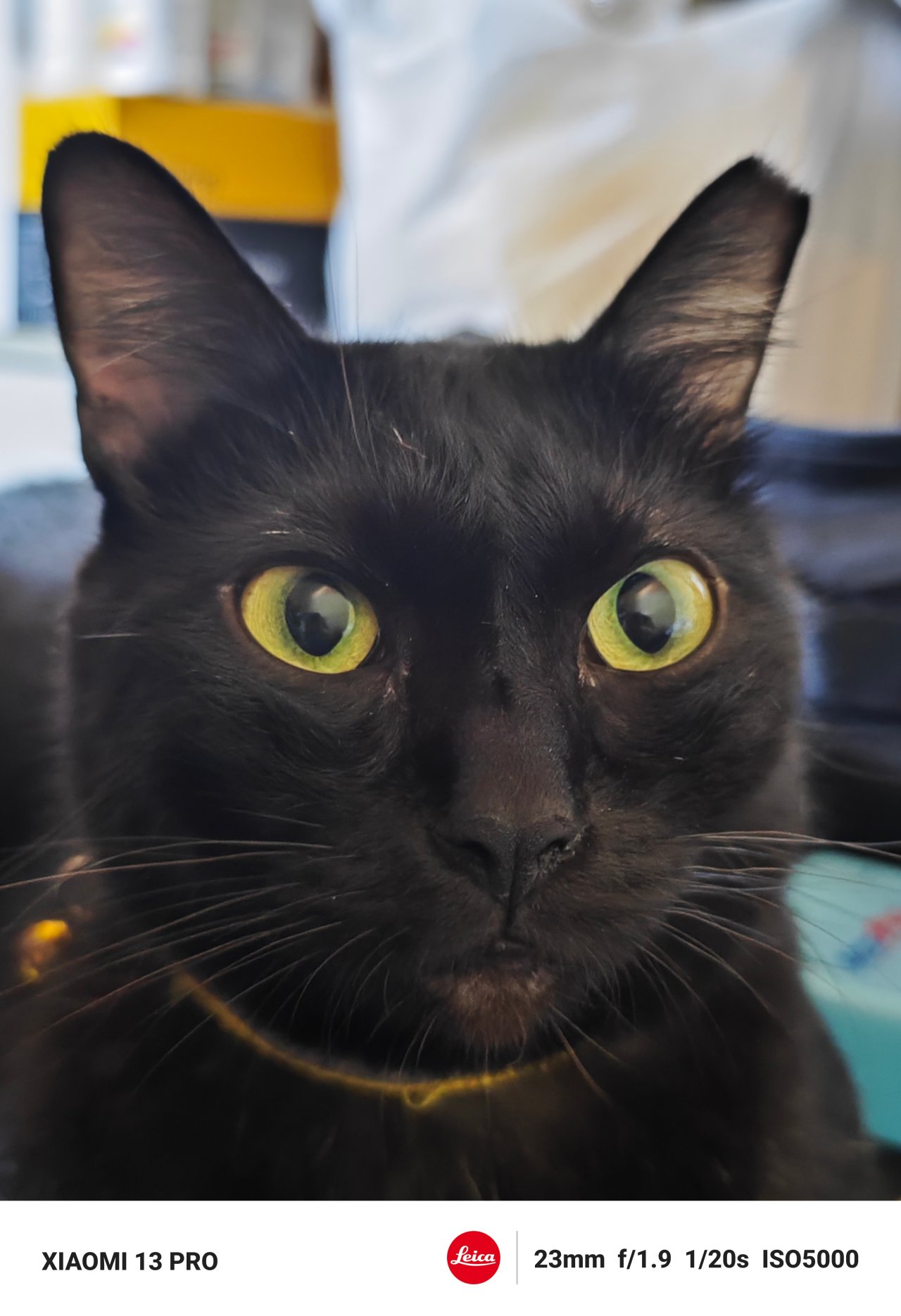
Even with a dark subject like my indoor cat Kaori with her visible strands of black fur and whiskers, or a random black cat walking outside, its fast shutter release will just blow your mind — all thanks to that large 1-inch sensor.
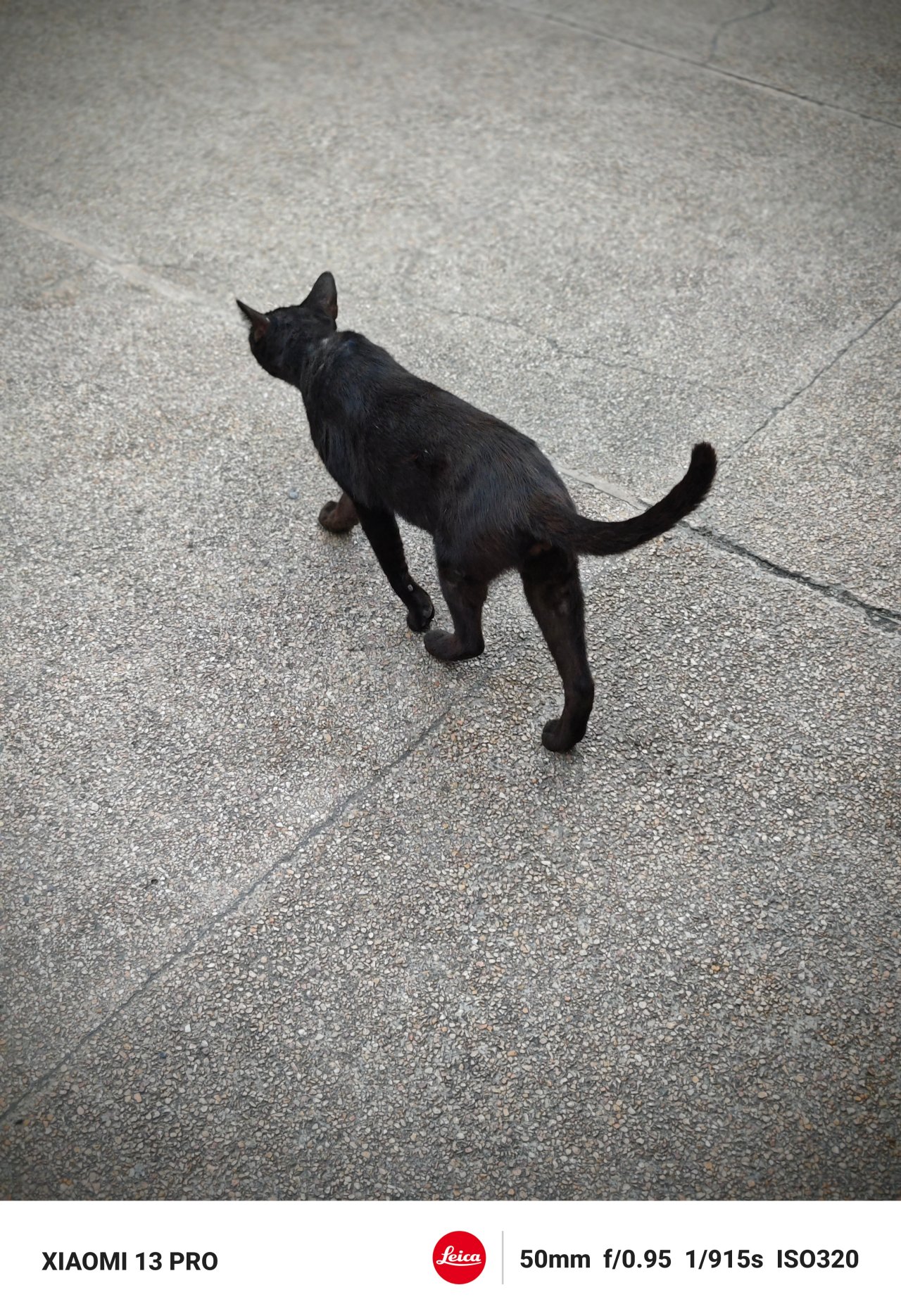
On the other hand, its 50-megapixel ultra-wide shooter relies on a totally different Samsung JN1 sensor with a 1/2.76-inch size. But even if it’s smaller than its wide lens counterpart, these photos still show superb quality.

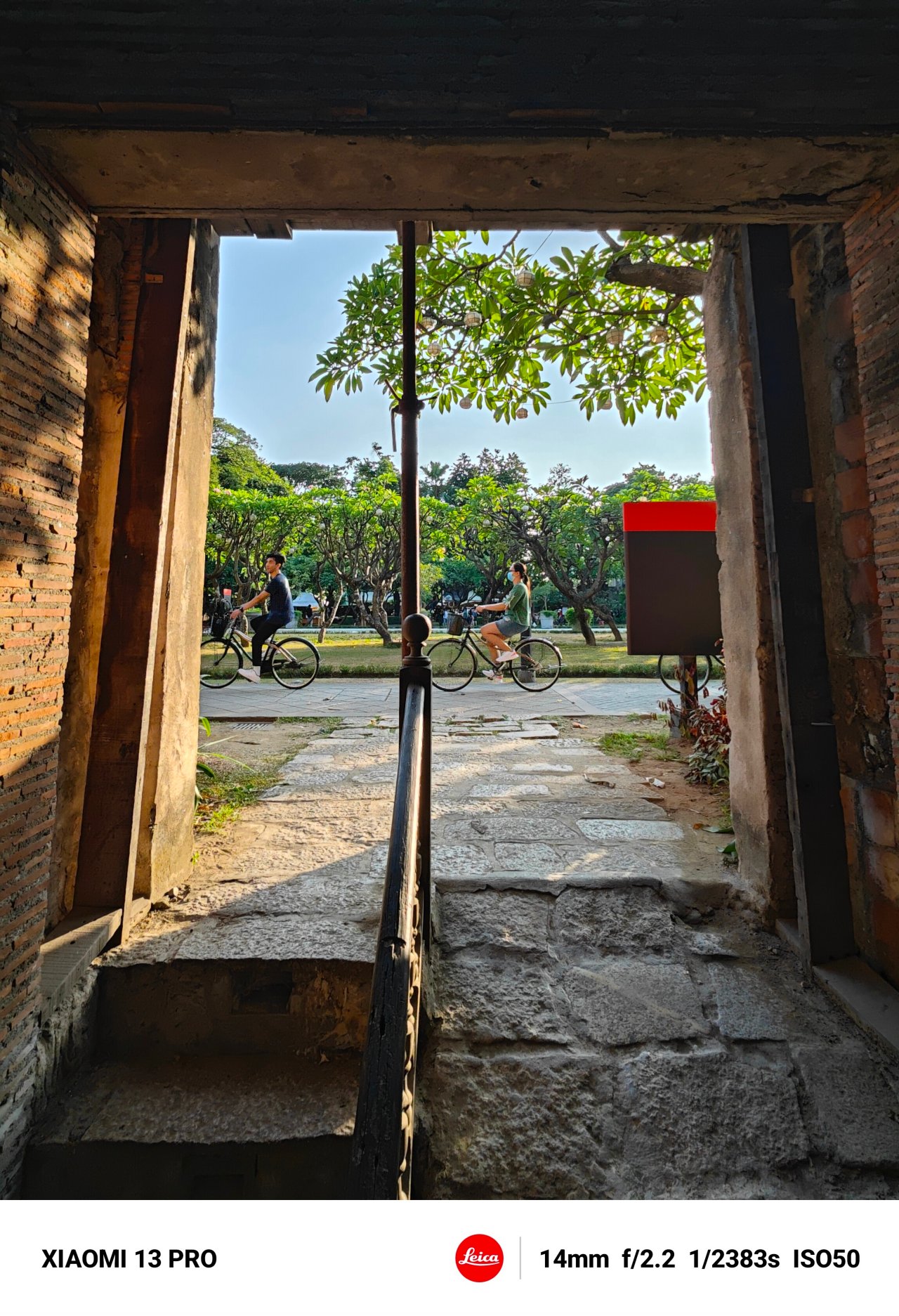
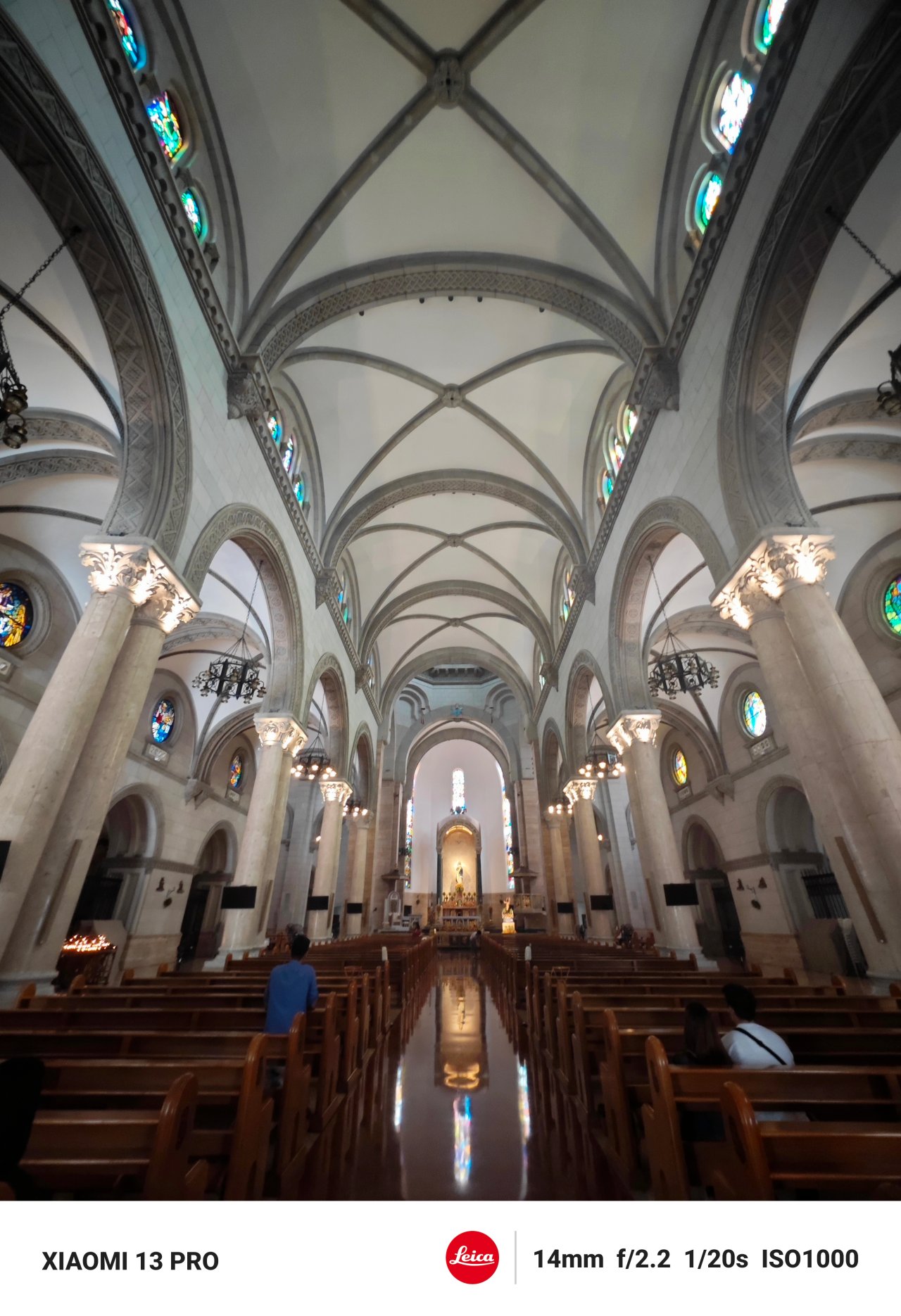
Its 115-degree FoV (Field of View) is wider than the competition. I usually use this lens mode when shooting architecture to emphasize the vastness of a structure — especially when indoors such as churches, cathedrals, pathways, and even alleyways.
50mm + 75mm lens excellence
Another great thing about Leica x Xiaomi’s partnership is being able to bring in special 35mm B/W, 50mm, and 75mm portrait modes which not only mimics how prime lenses of pro-grade cameras perform, but also being able to apply Leica’s post-processing techniques after clicking the shutter button.
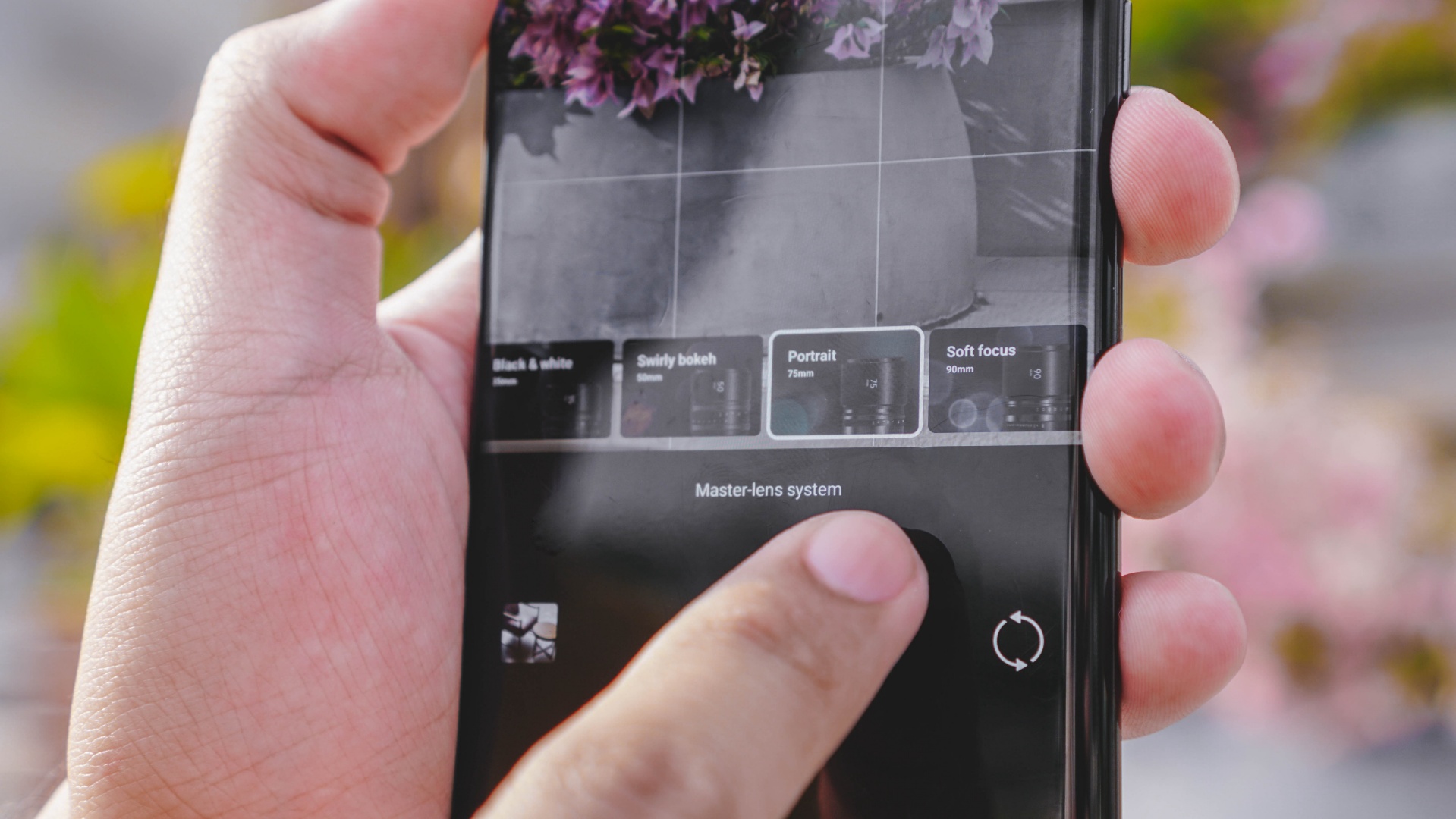
However, it’s worthy to point out that while the 50mm still relies on the phone’s ginormous 1-inch sensor, its 75mm portrait mode uses the dedicated 3.2x telephoto lens instead.
Good mood for food
Whenever good food is served, I automatically take out the Xiaomi 13 Pro (regardless if I have other flagship phones with me) and shoot ’em using the handy-dandy 50mm “swirly bokeh lens” feature.
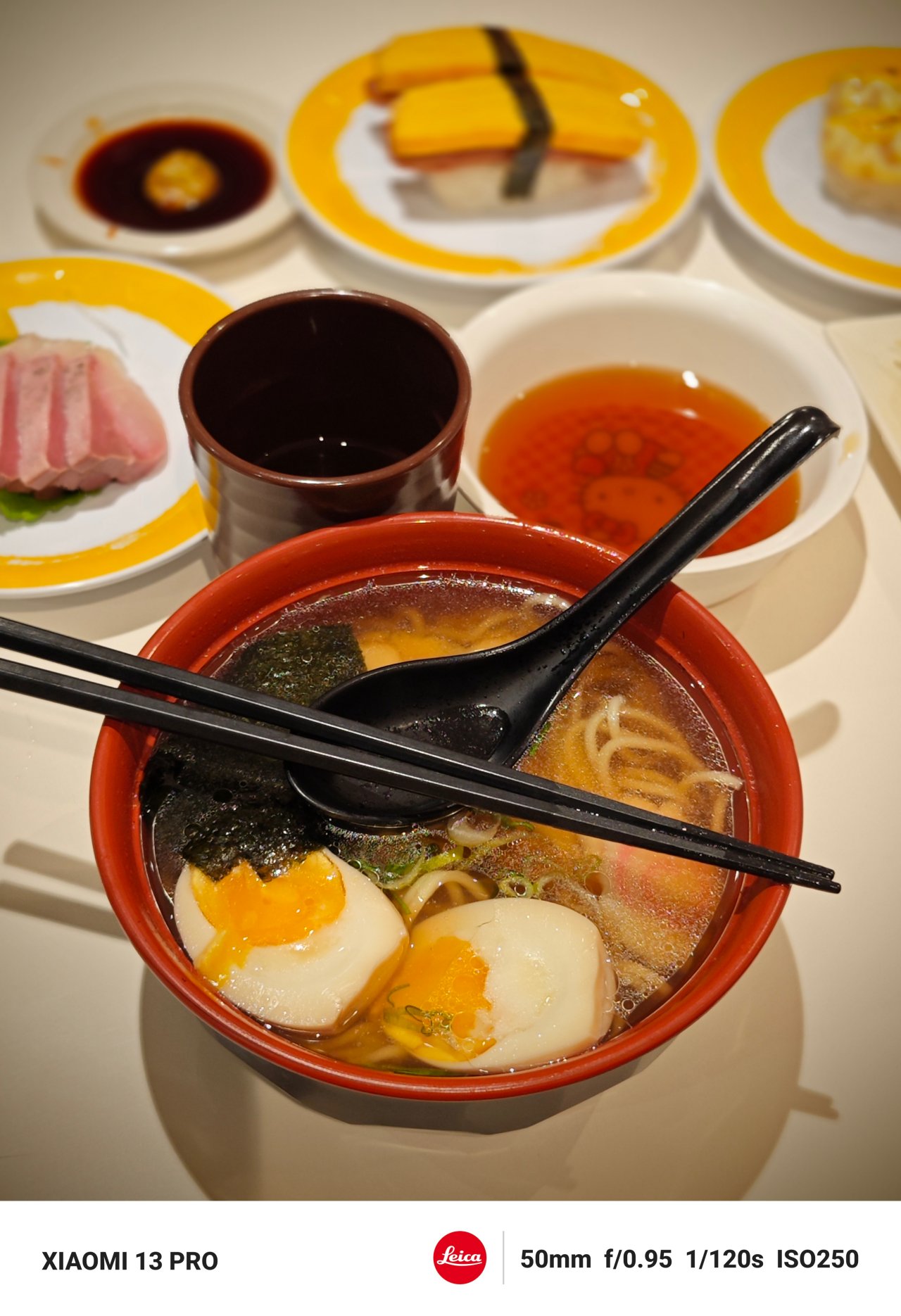
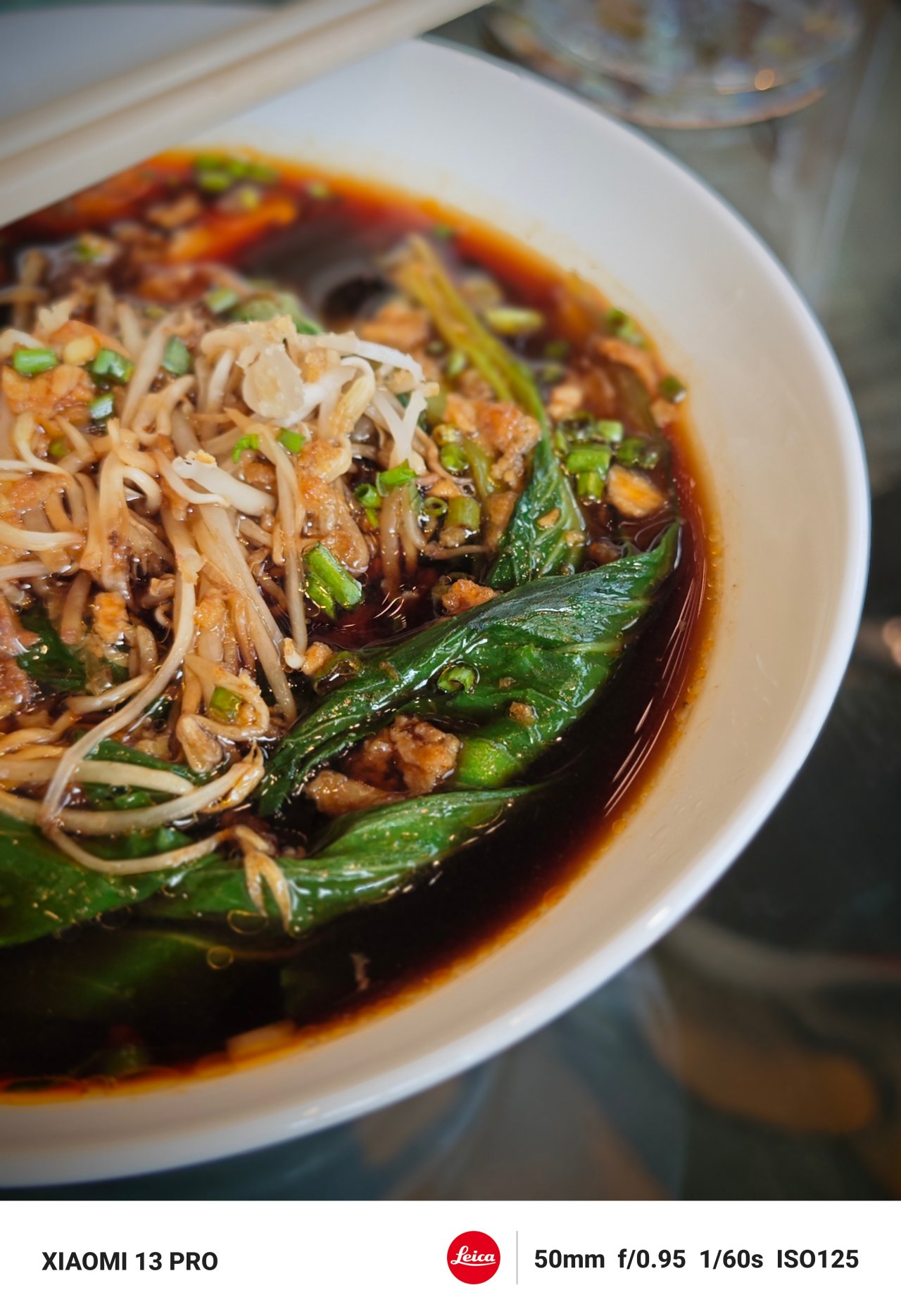
I just love how Xiaomi processes food shots without actually over-saturating and over-sharpening the shot just to make it “scrumptious” to viewers. Leica’s color science preserved the real colors of the food — which was also how I perceived them IRL.

If you look closely, shots taken using any of the special portrait modes always has a vignette (or that subtle radial black border around the image). I’m all for it as it emphasizes the subjects I capture regardless of who or what it is.

I’m not fond of using the regular wide (1x) lens as it requires you to get closer to the food subject. But relying on that 1-inch sensor through 2x cropping reduces the amount of that nasty radial blur but still preserving details. The 2x option is also helpful in avoiding pesky shadows when shooting food indoors.
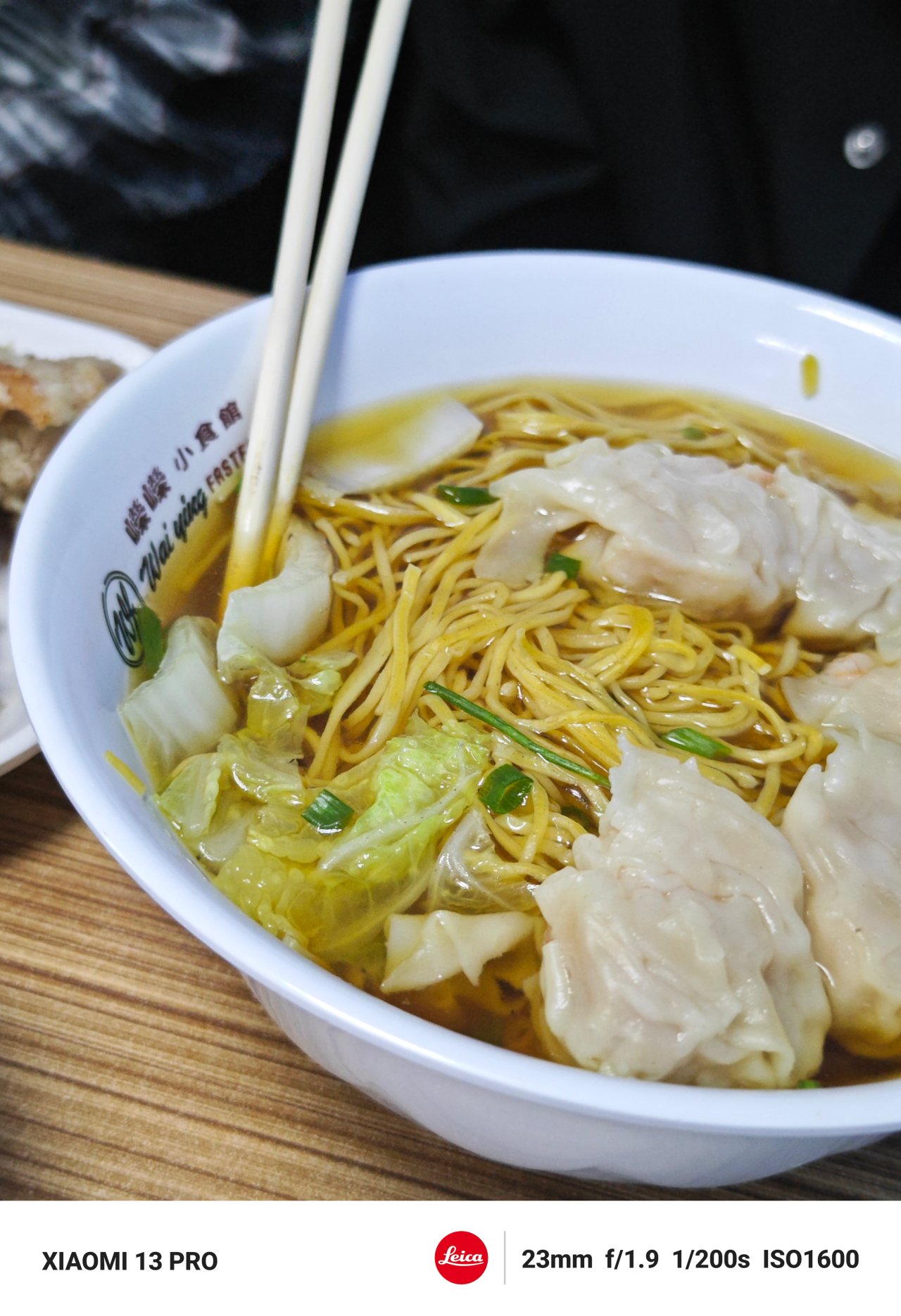
Nonetheless, food still looks great when shot on 1x (23mm) as long as you’re on the right shooting distance with ample amount of light.
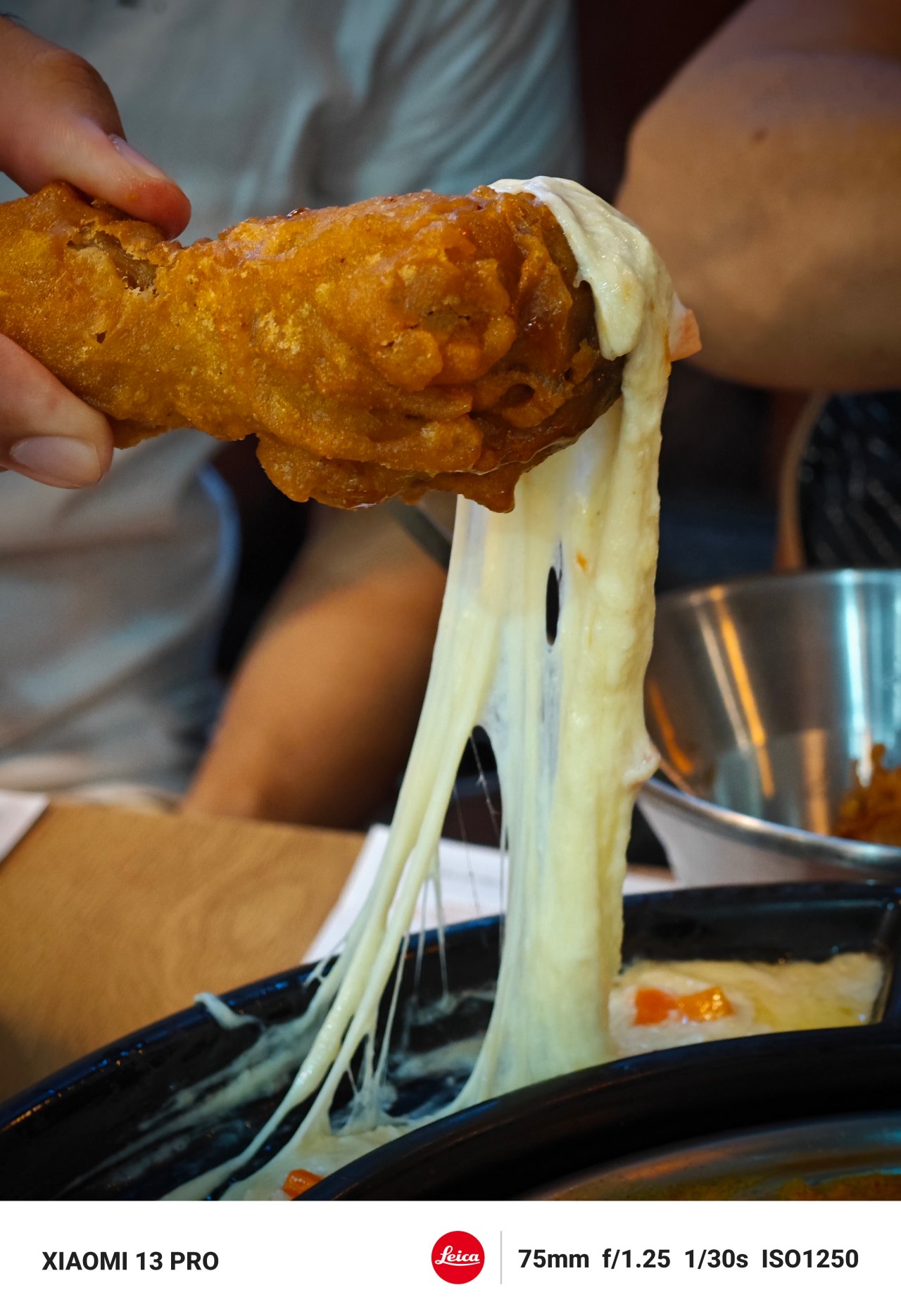
While its 75mm relies on a completely different 3.2x telephoto camera, it was still able to quickly capture my brother’s hand while he was rolling that melted cheese on his fried chicken.
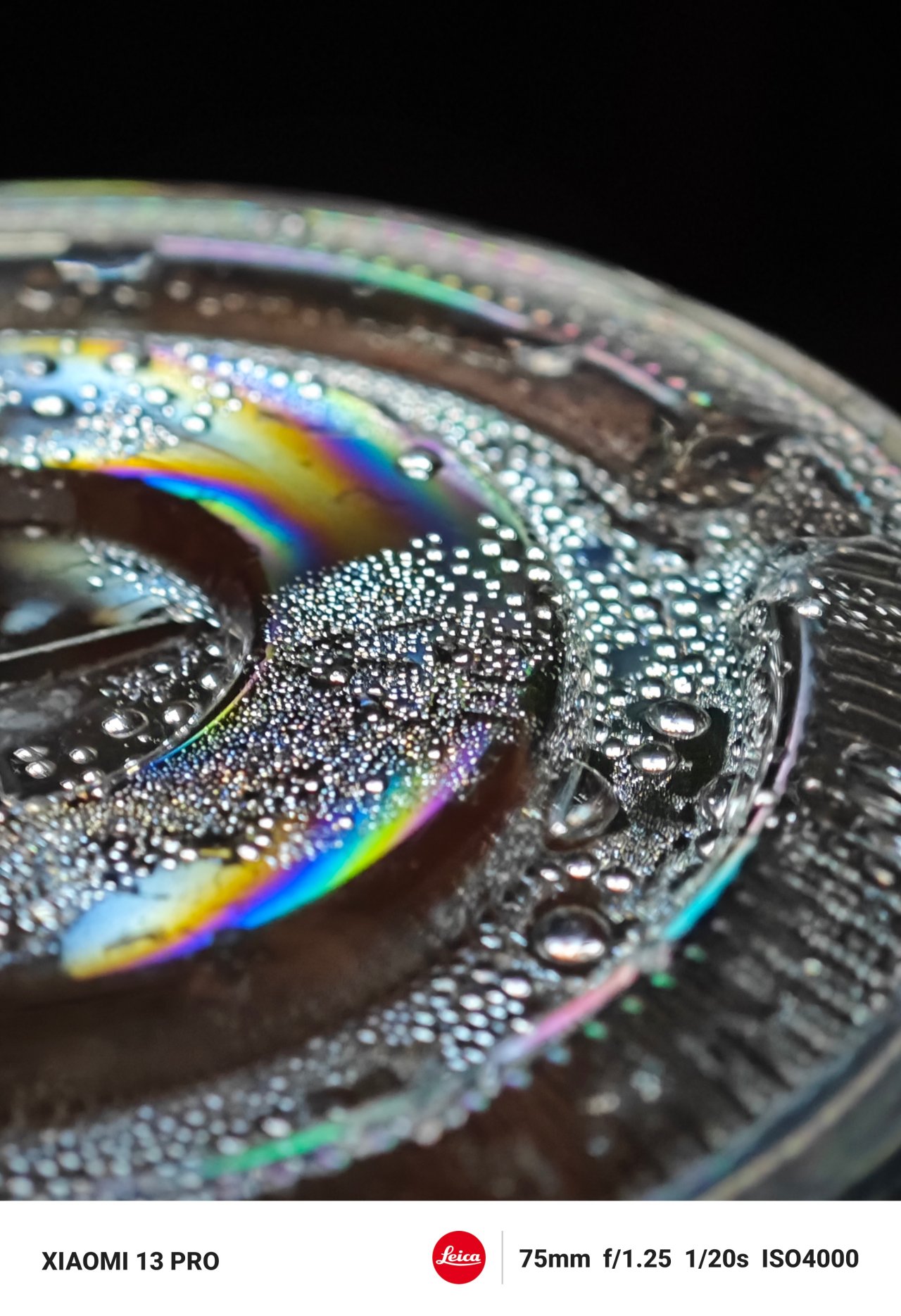
Another testament: this cup of lychee lemonade I drank taken in a not-so-well-lit environment. The only source of light was the measly bright LED TV while I was binge-watching one of the best K-dramas around (*coughs* Taxi Driver Season 2).
Portrait Xpert

While using the dedicated 50mm swirly bokeh lens requires you to be farther from your shooting subject, it also lets the camera get closer to the subject.

Other than that, the tighter Field of View (FoV) makes me frame my shot better and looking symmetrical than ever.

And just like a real 50mm prime lens for DSLRs and mirrorless cameras, it’s also the best lens when shooting portraits as it requires just the right amount of distance between the lens and the subject — whilst delivering a creamy background blur.
Even when the subject is moving such as my bestie walking on the side of the pool, its 75mm was fast enough to catch the candidness of his actions — all while being able to separate the foreground from the background precisely.
Fast AF
Whether you read that as “Auto Focus” or “As F***”, both of those terms are acceptable.
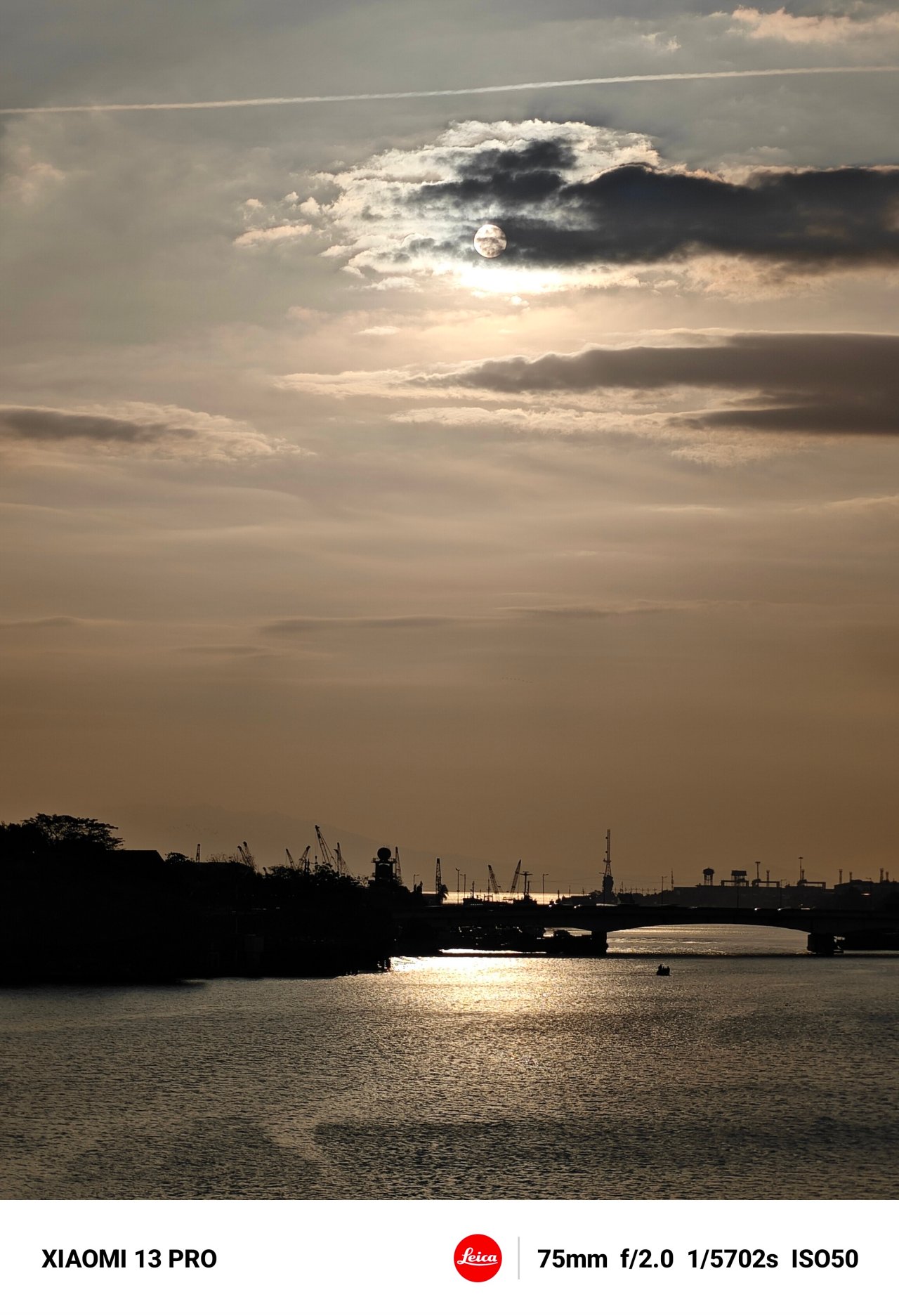
The Xiaomi 13 Pro truly takes photos quickly and swiftly — just like how I captured this river scenery while walking on a ginormous bridge between Intramuros and Binondo.
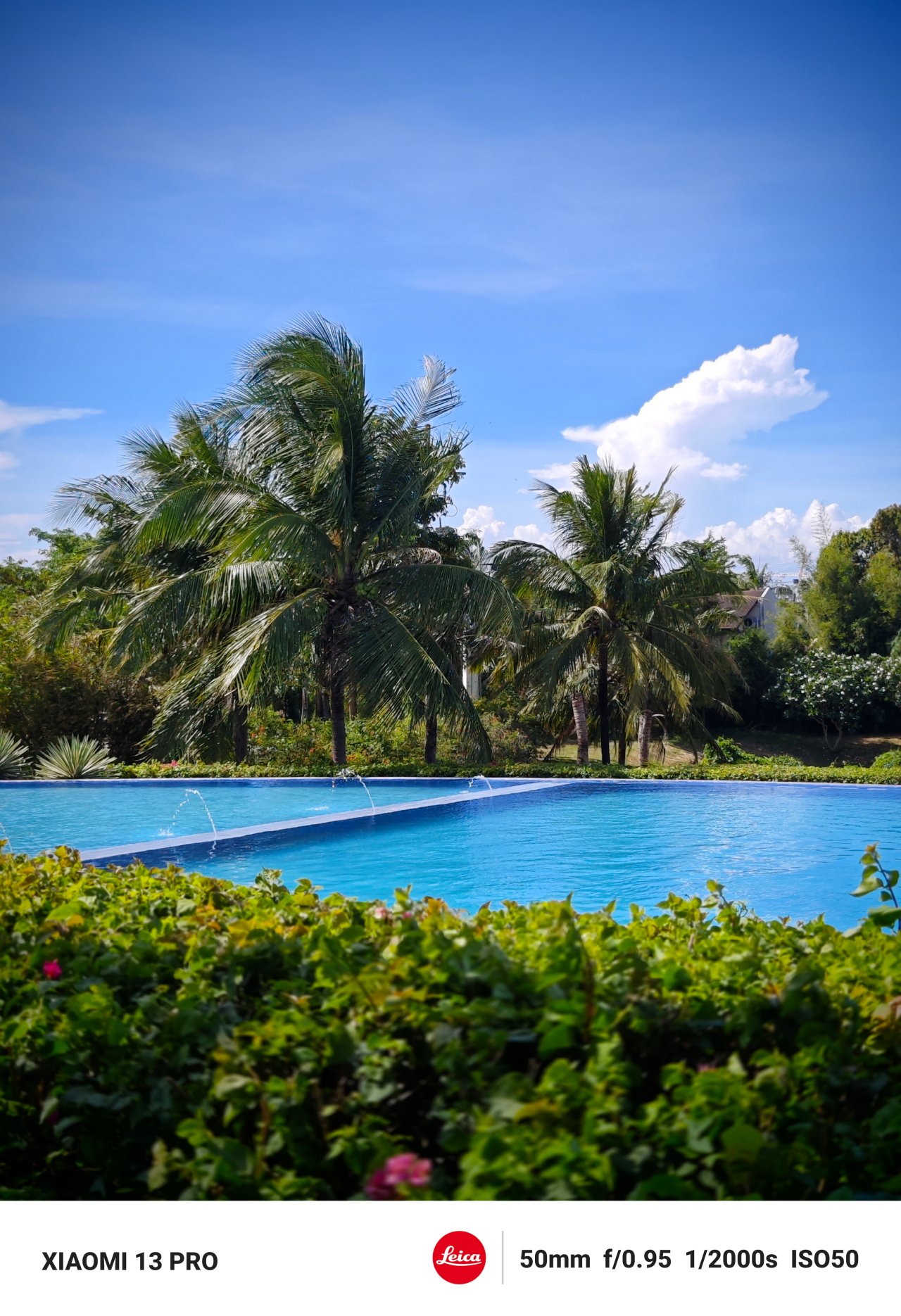
I took this 50mm while I was in a hurry, yet it still looked clear and crisp with the appearance of gradual blurring between the foreground and the subject in focus. It really felt like this was shot on a pro-grade DSLR/mirrorless camera.
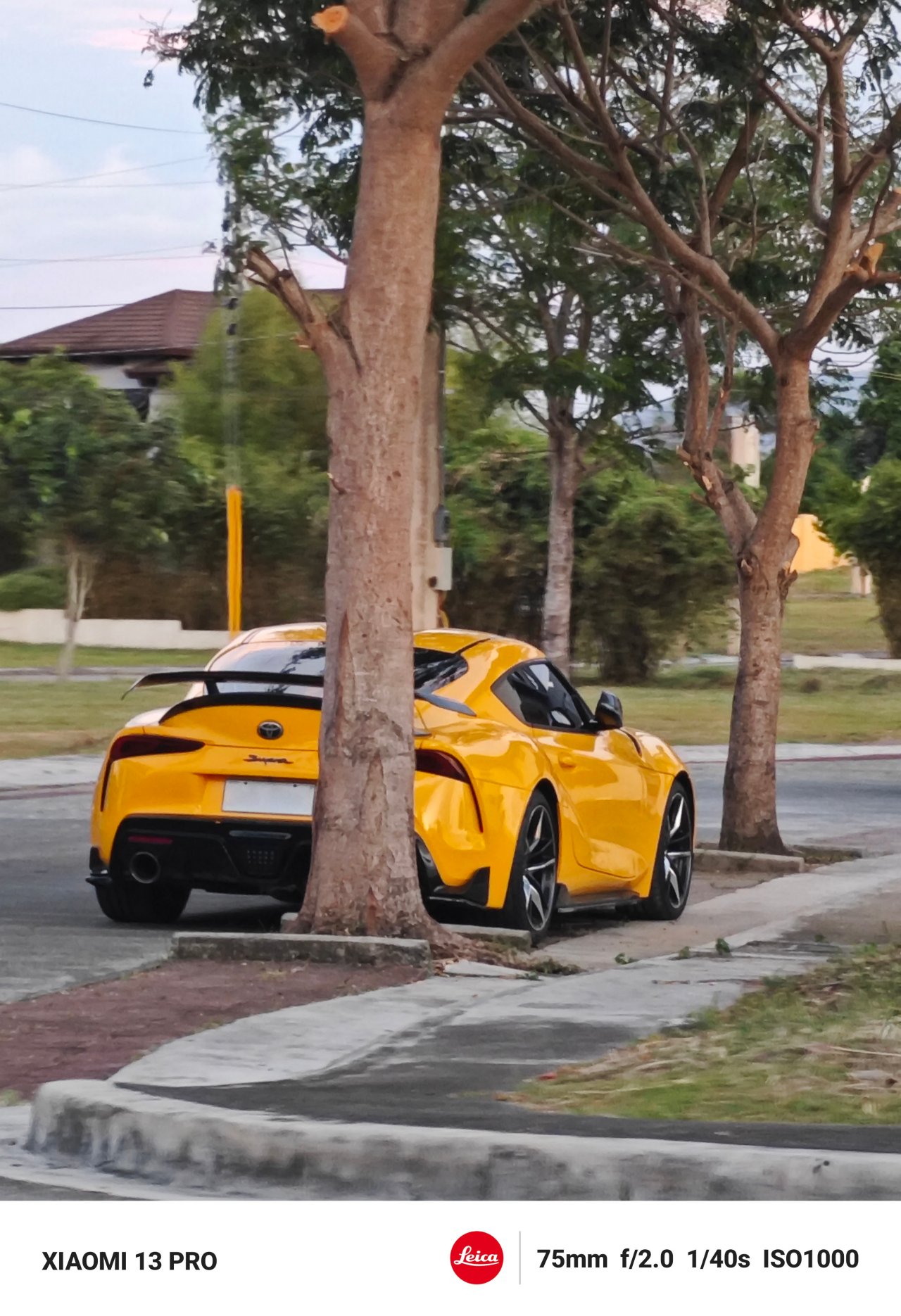
This 75mm shot of a very handsome Toyota GR Supra was shot while I was in the back seat of a speeding Honda Civic. Despite using the 3.2x telephoto lens, it was still able to shoot fast with enough details and less blurriness altogether.
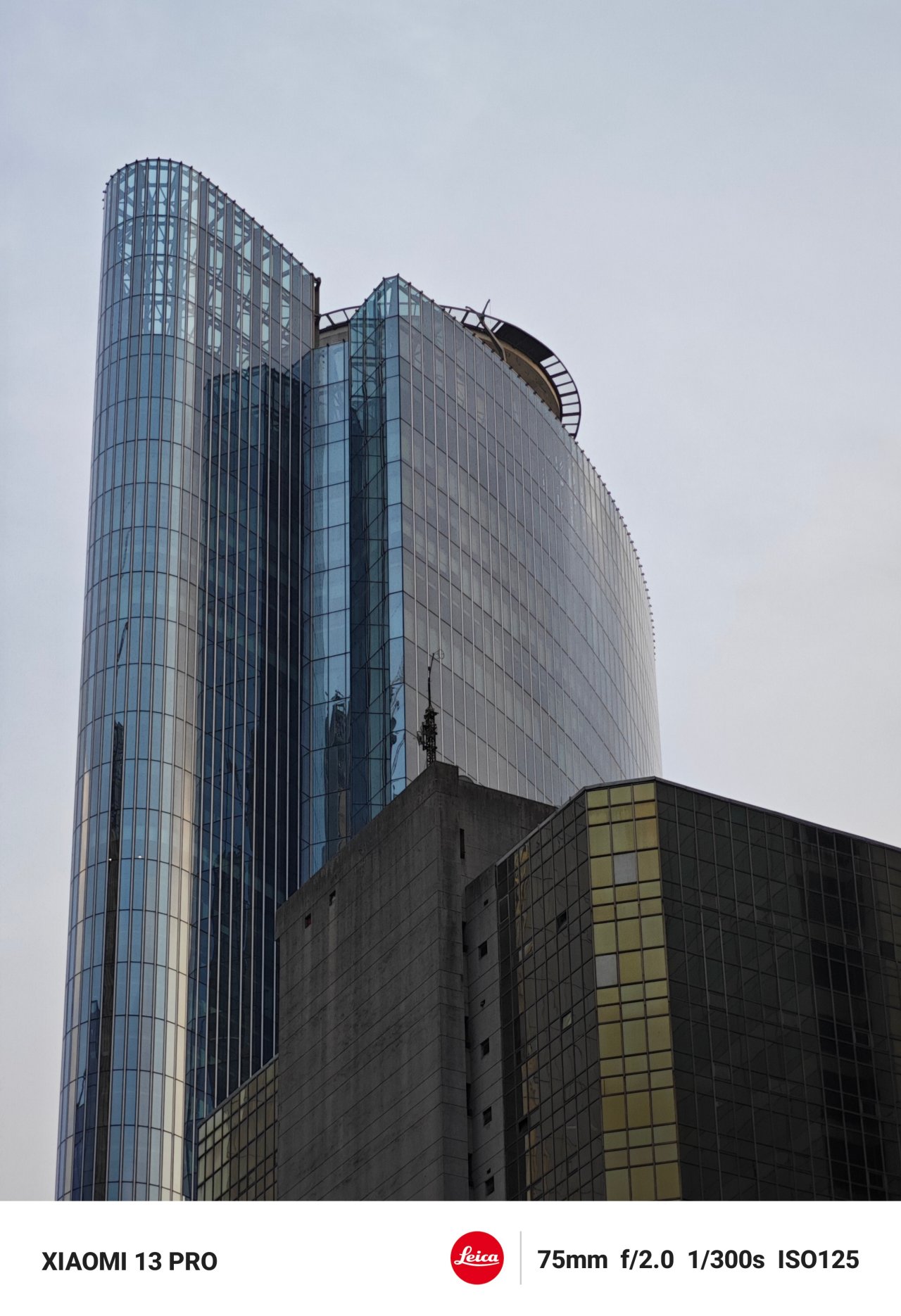
The same thing can be said when I took these zoomed-in shots of two structures while I was walking on the sidewalk without actually trying to slow down.
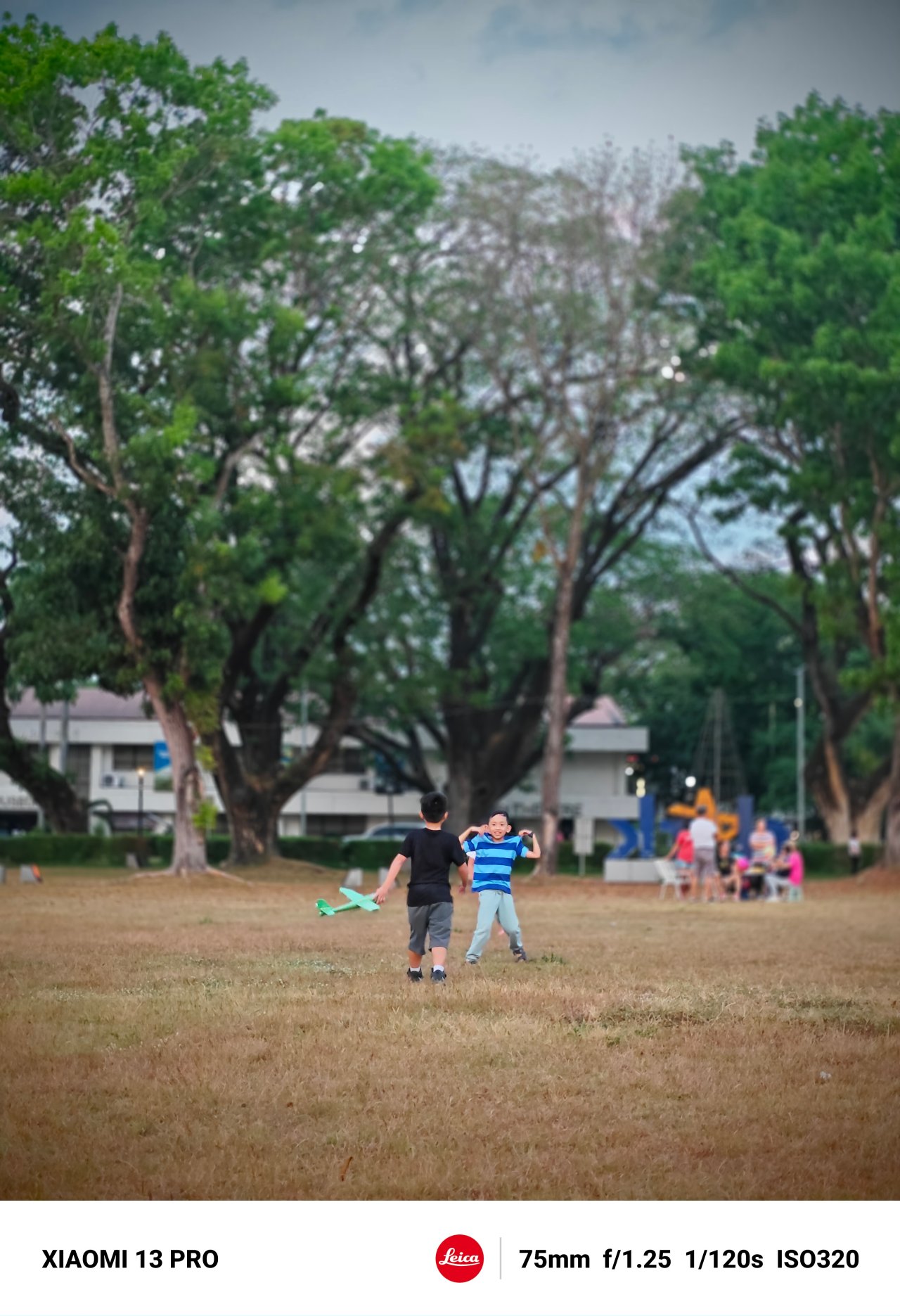
The zoom shooter was also able to capture these kids in fast playing motion — and even felt like the time froze.

Surprisingly, that 75mm shooter performed fast too even in conditions where the presence of natural light is fading.

In my wildest dreams
Back then, my ambitious self dreamt of being a wildlife photographer for National Geographic. I admit how foolish that sounded. Still, I was delighted and astounded that the Xiaomi 13 Pro can capture the beauty of nature like I have a real DSLR and that long-ass telephoto “bazooka” lens with me.
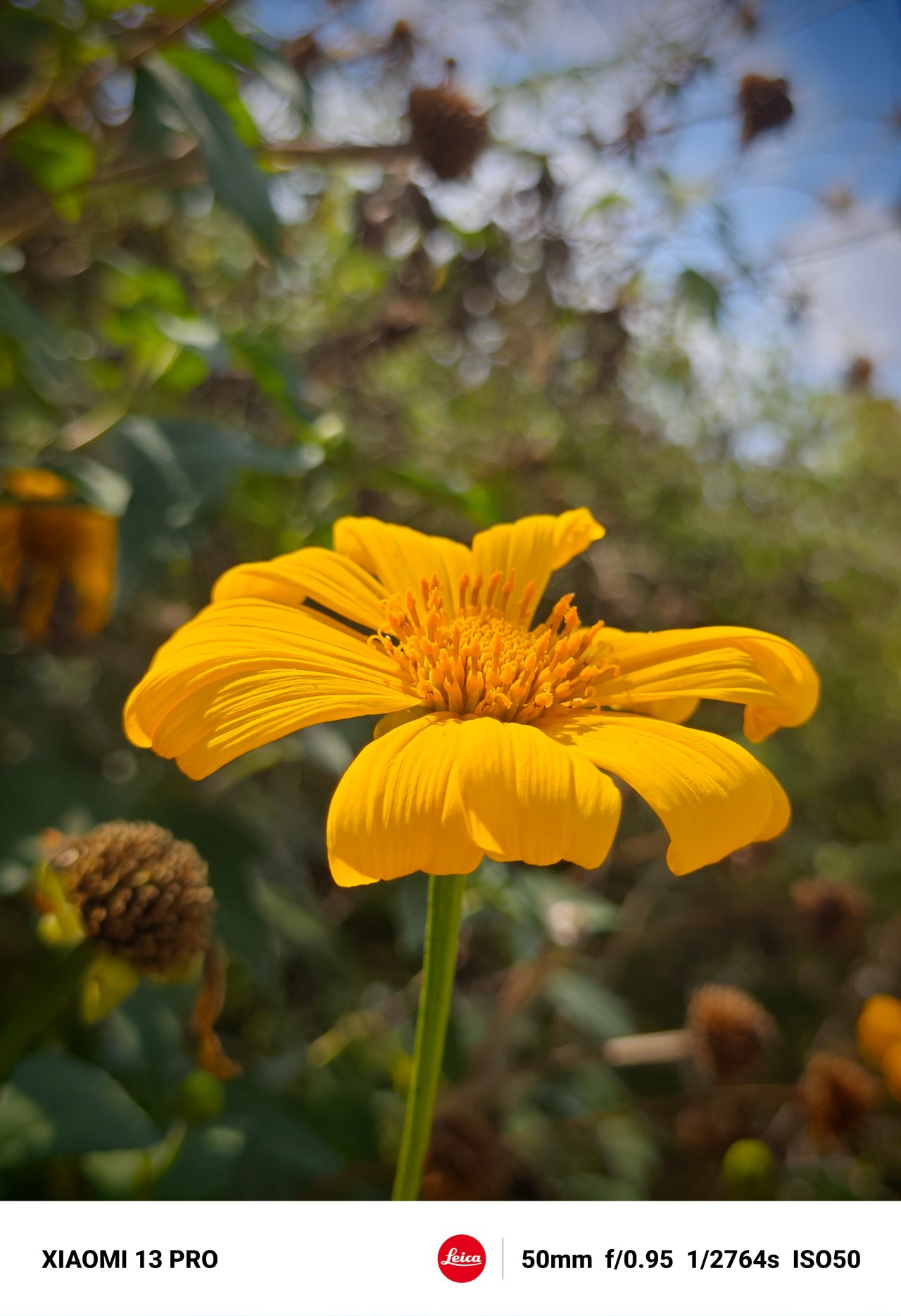




Photojournalism on a phone? Why not?
Another aspiration I’ve had in college is being a photojournalist. Unlike most photographers, photojournalists should have the utmost courage to capture the world without the added sugarcoating.

Having to use the Xiaomi 13 Pro and its speedy shutter release during our special one-day photowalk definitely proves how it can be one of (if not) the best gears for photojournalism.

The photography technique I always bring with me is none other than being able to put juxtaposition into context.
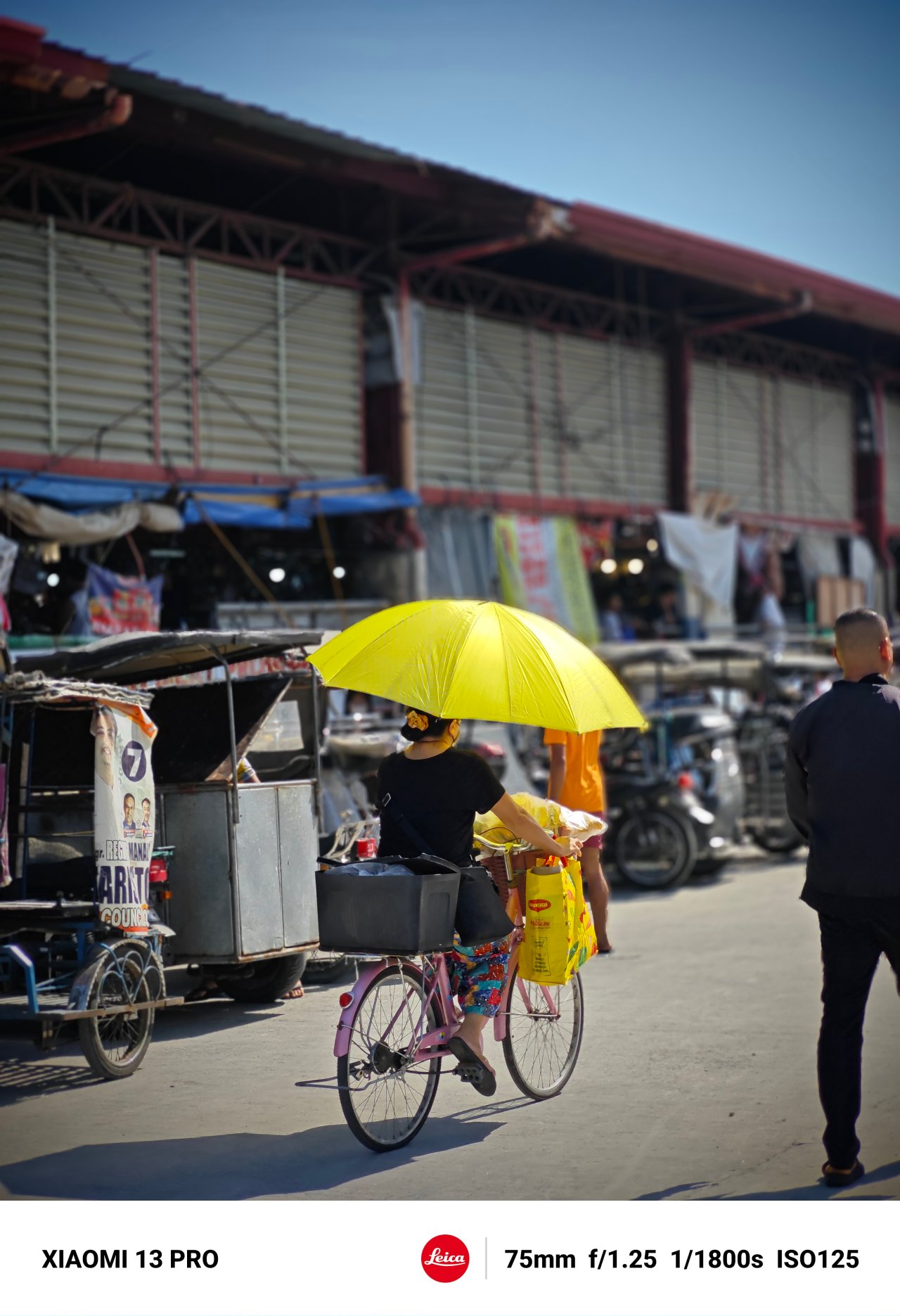
In the easiest of terms, it’s putting two different subjects in one frame with a contrasting effect — like this lady and her vibrant stuff against a dull and busy background (two opposing hues)…
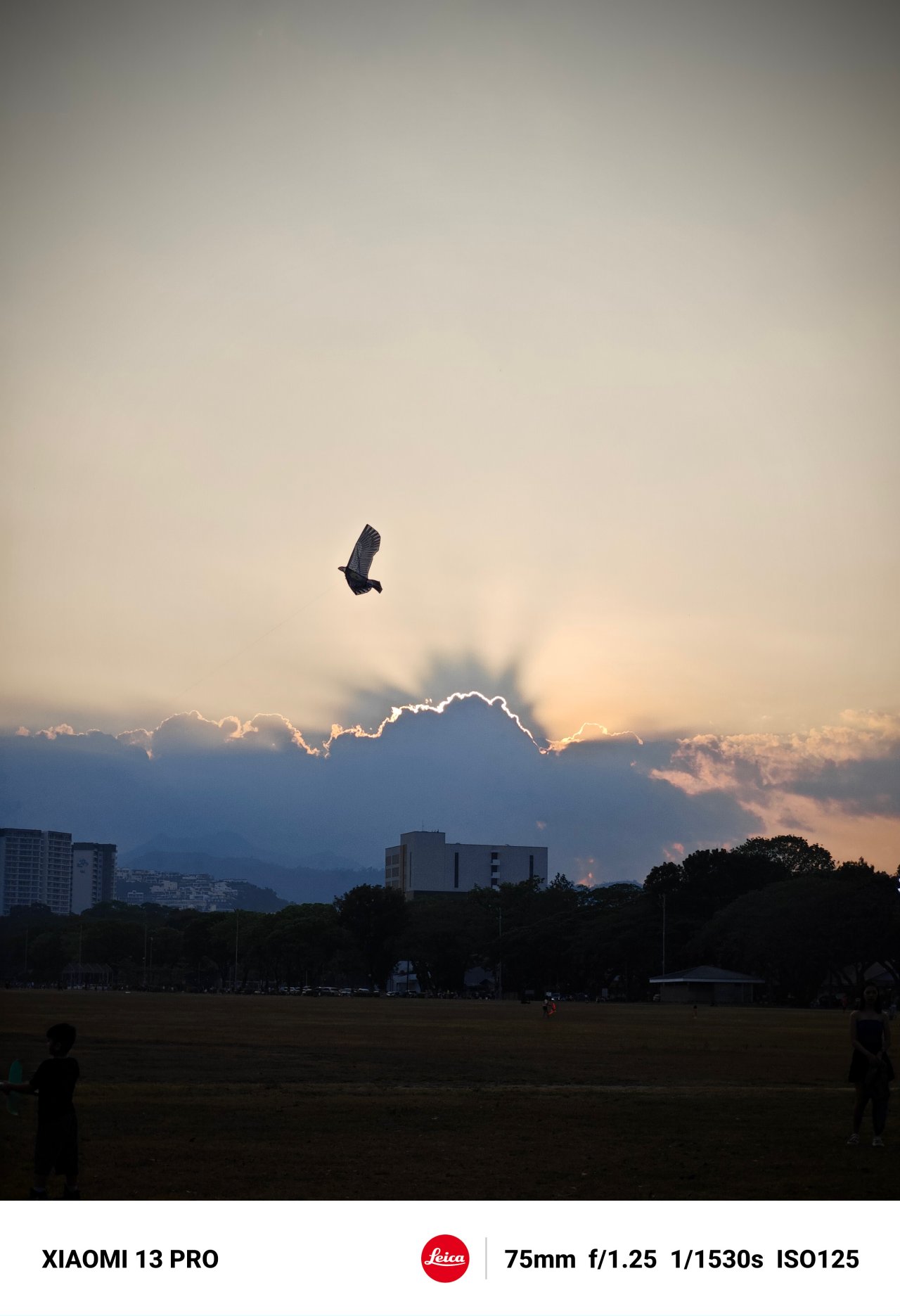
…or this bird kite flying on the vast sky (man-made versus nature).

My shot above is one of my favorites. Technically speaking, the presence of that artificial light added drama to the shot. But actually, there’s more than that.
Despite having different kinds of social classes, all of us have our right and freedom to go and enjoy our time along with our family and friends outdoors.
Low-light goodness
The Xiaomi 13 Pro may not have the brightest low-light photos ever taken in a smartphone, but as I always say in my reviews, being the brightest of the bunch doesn’t mean it’s the best performer.
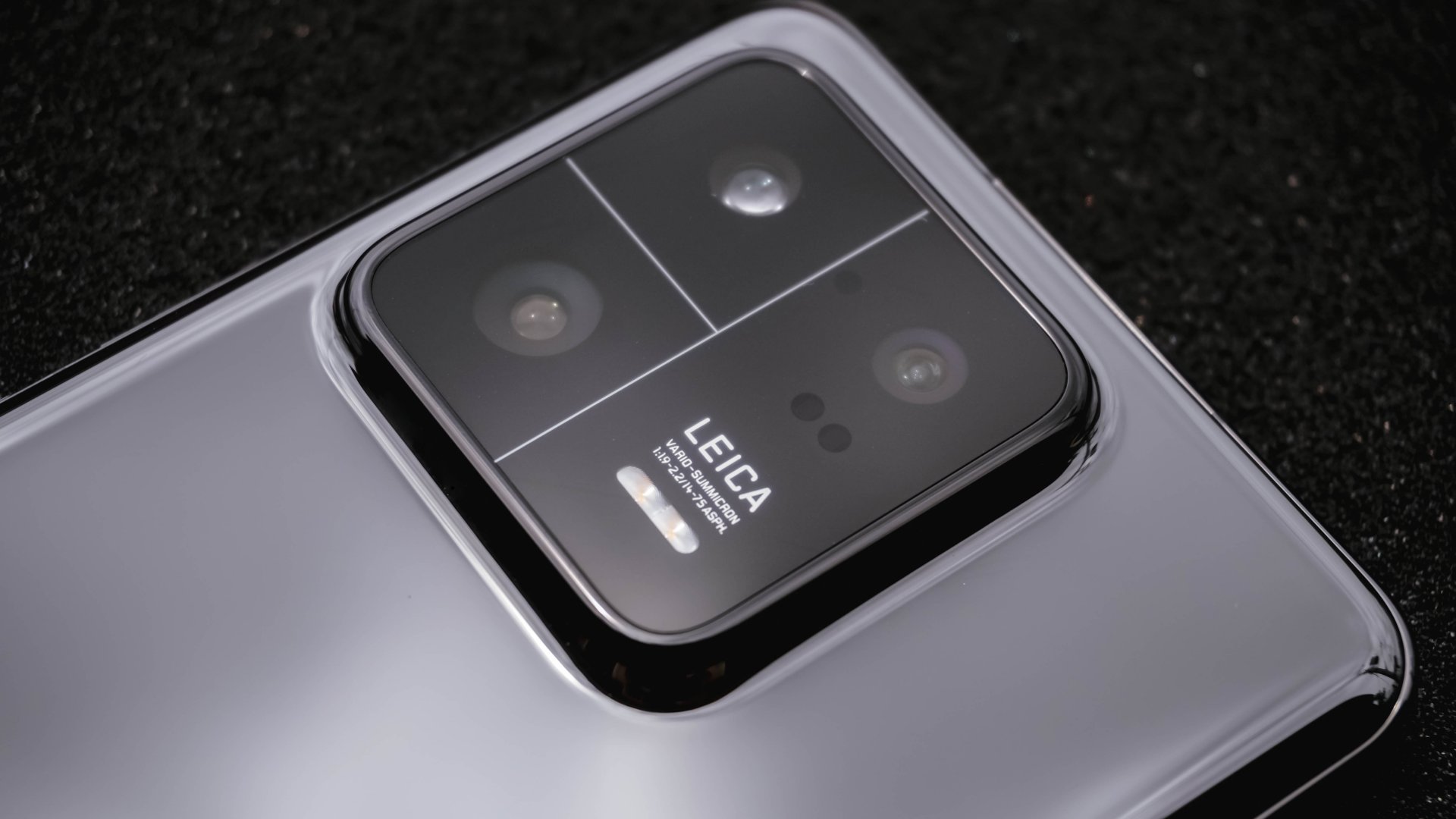
With that large 1-inch sensor, it takes night mode photos pretty quick and doesn’t exceed a second in shutter duration — unless it’s a really dark environment.
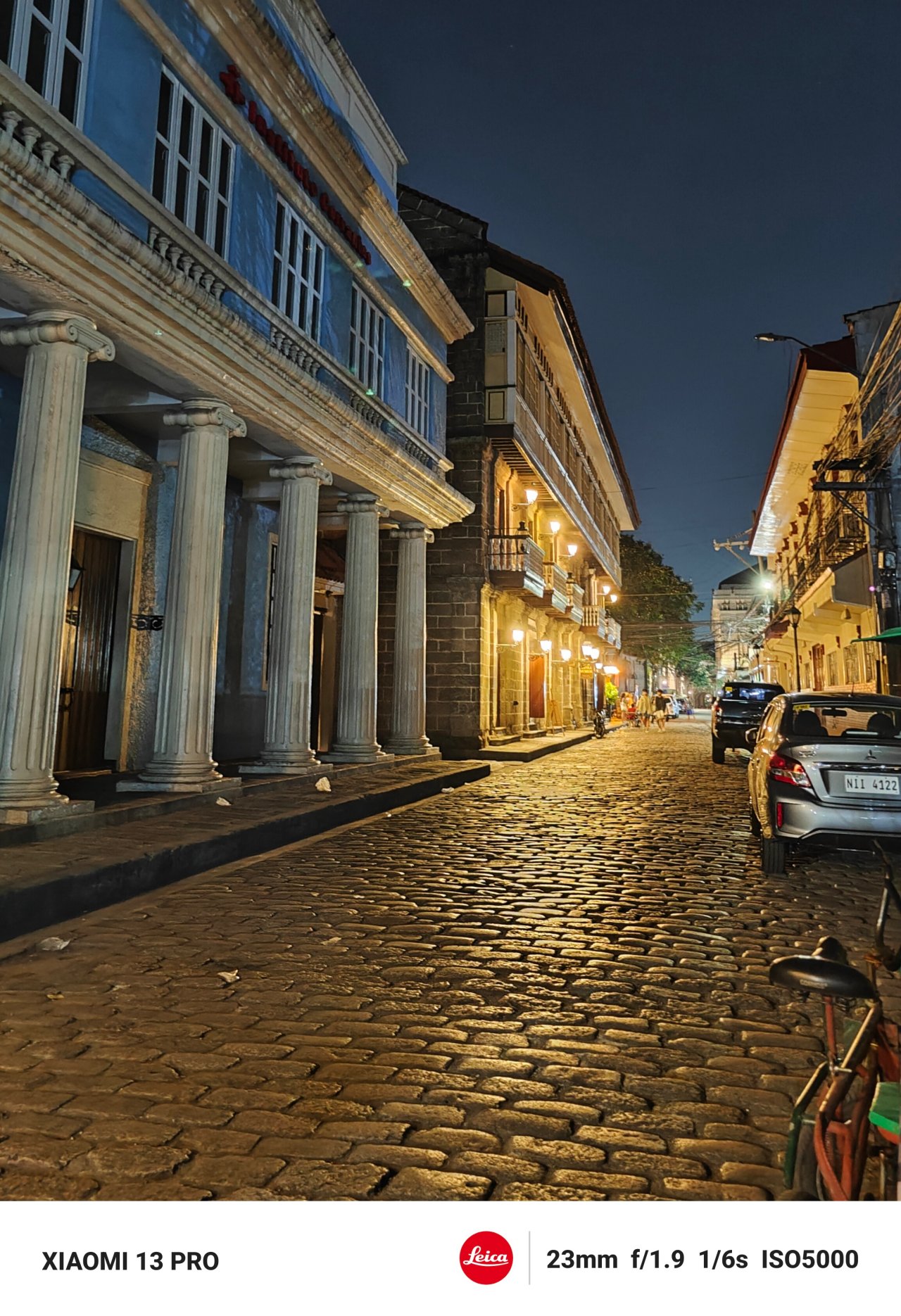
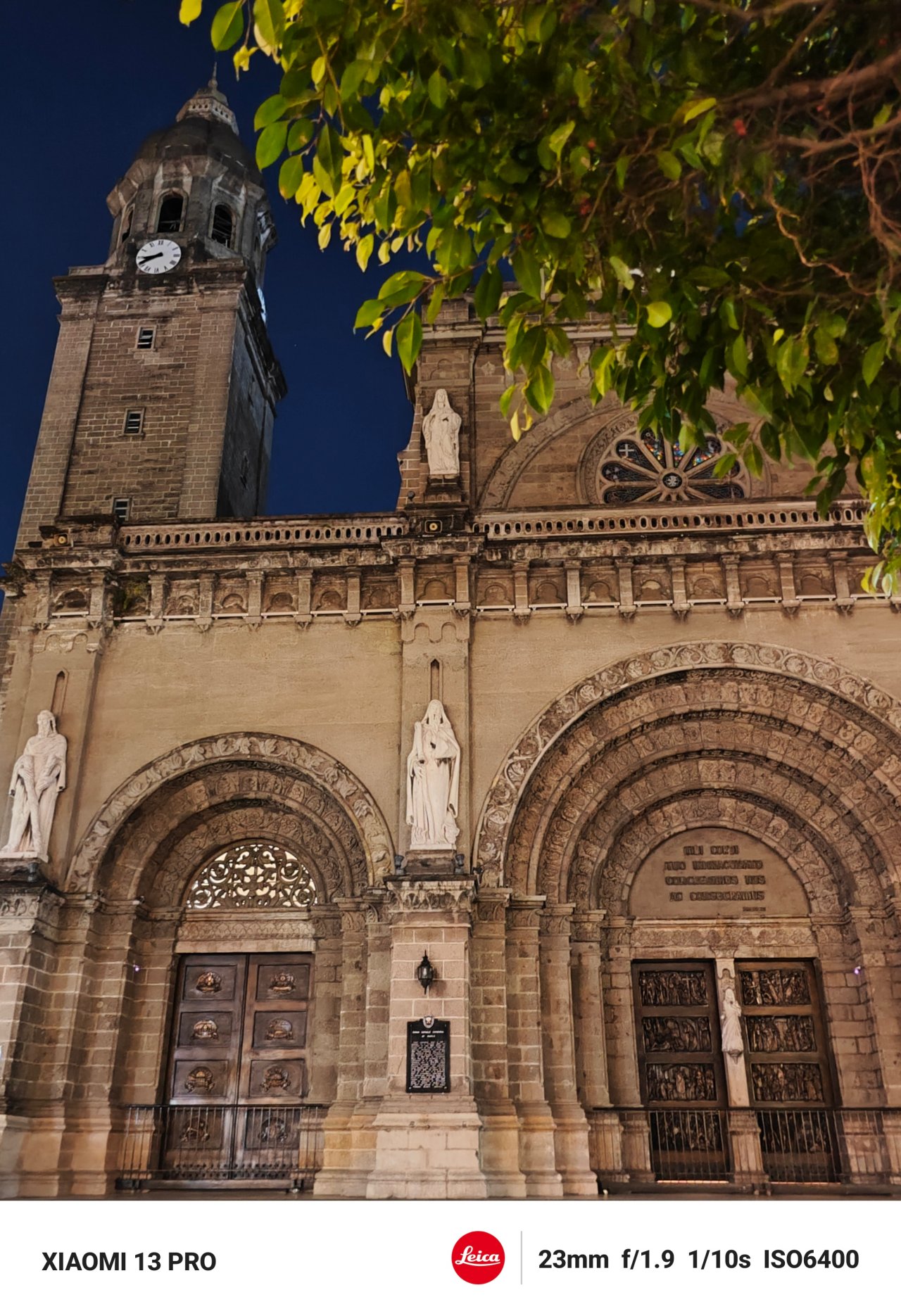
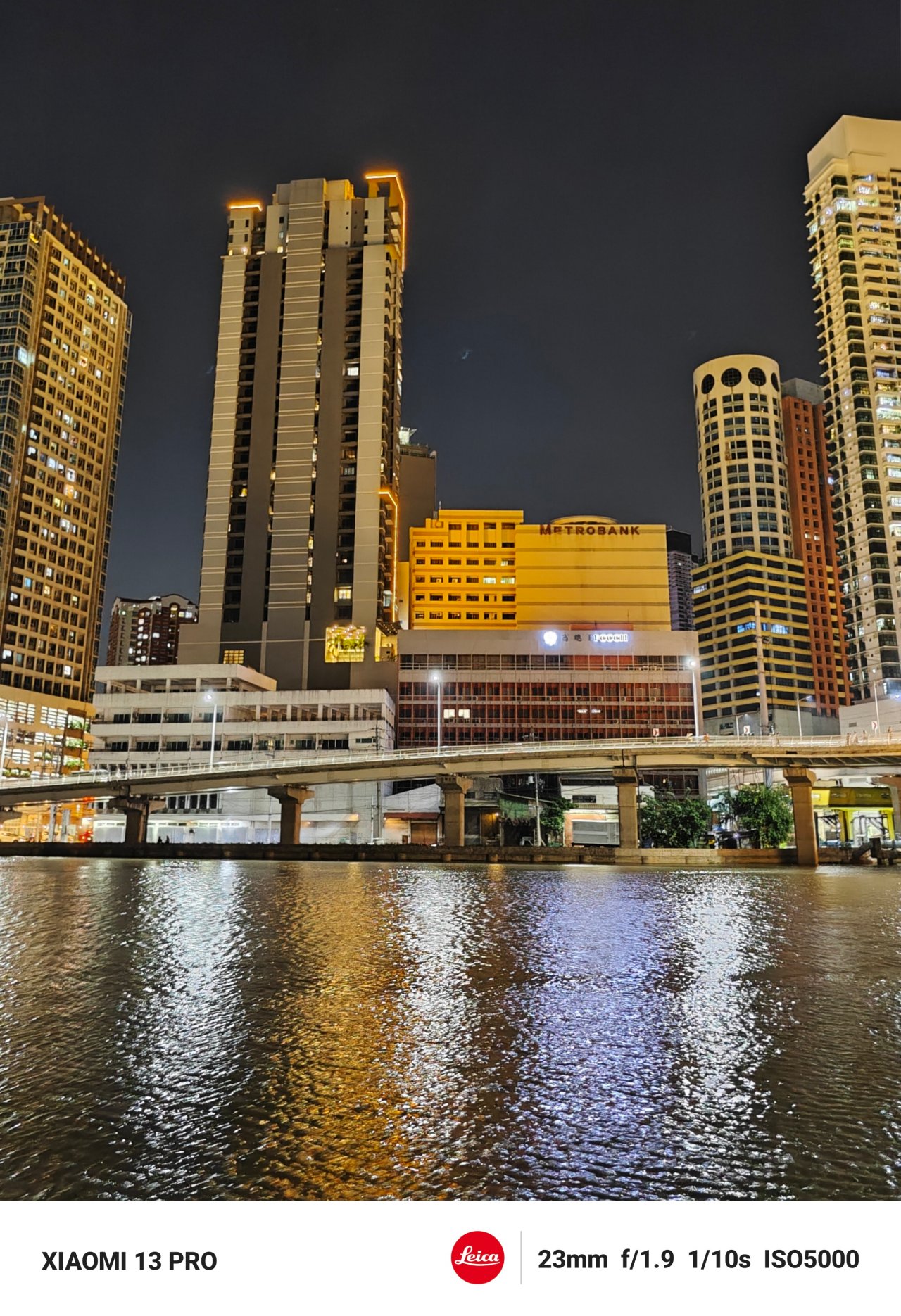
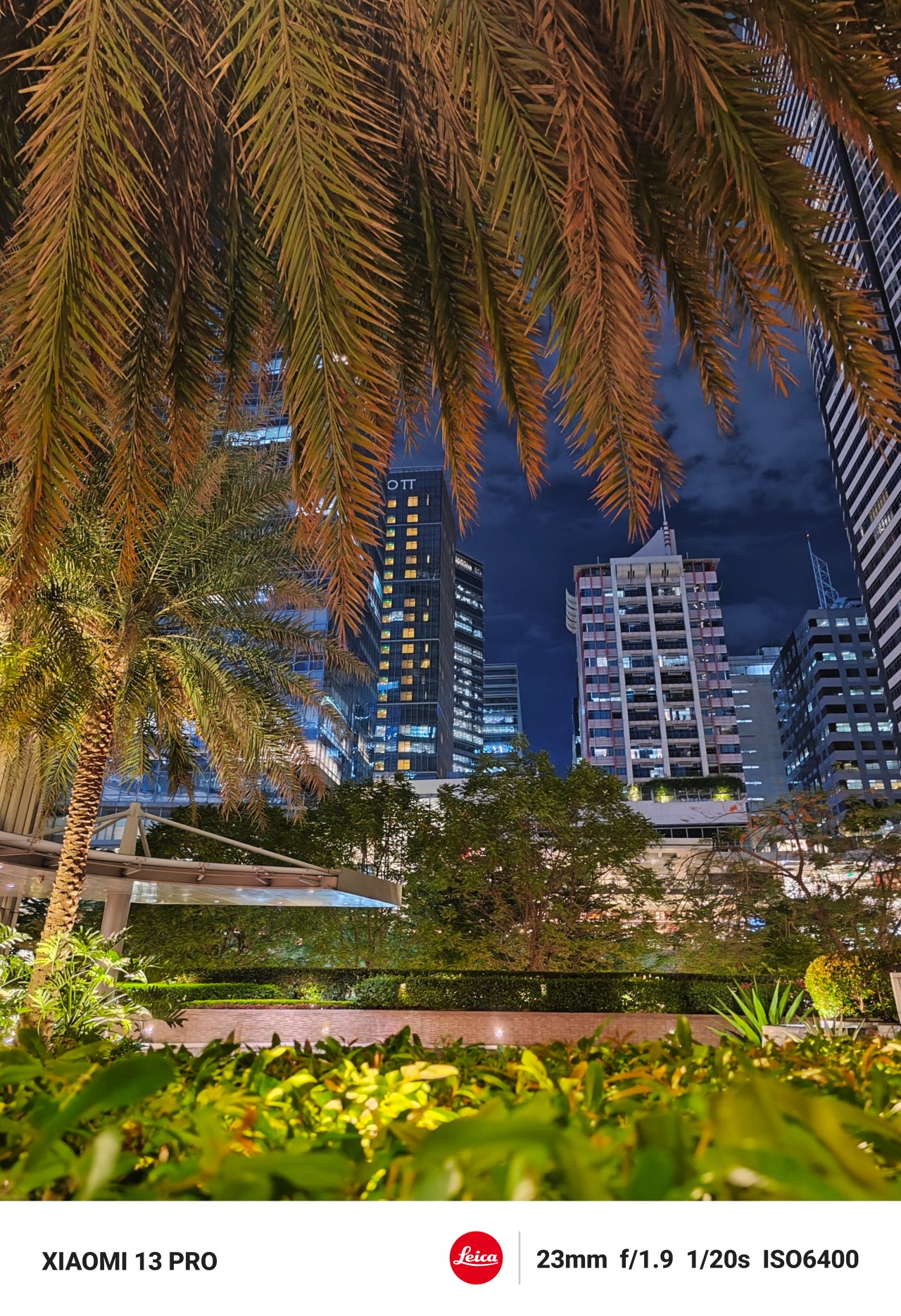
Remember those special 50mm and 75mm special lenses I showcased earlier? Well, they both work well in low-light scenarios too!
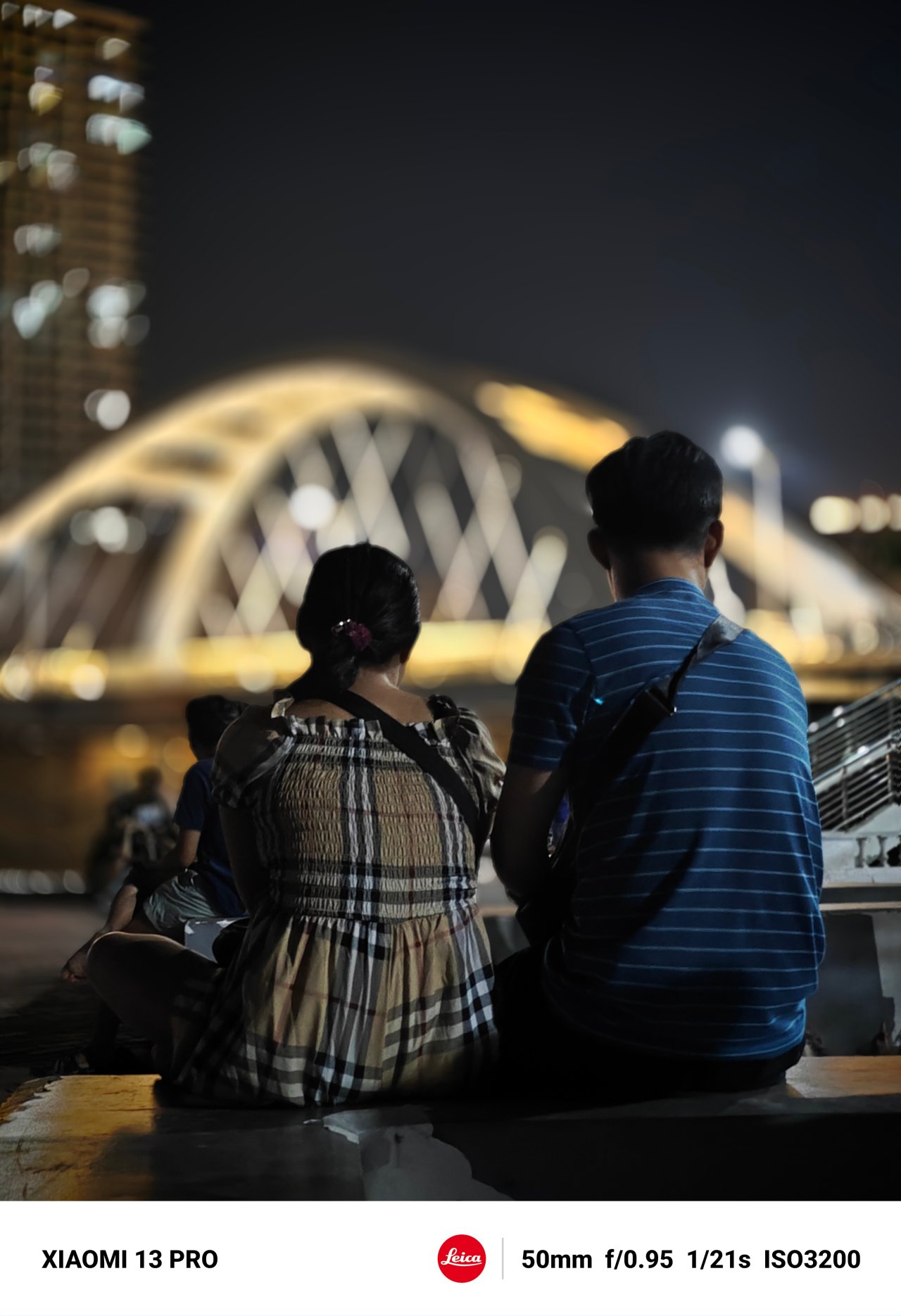
Most phones usually struggle when you take portrait shots under low-light shooting conditions, but the Xiaomi 13 Pro is built different.
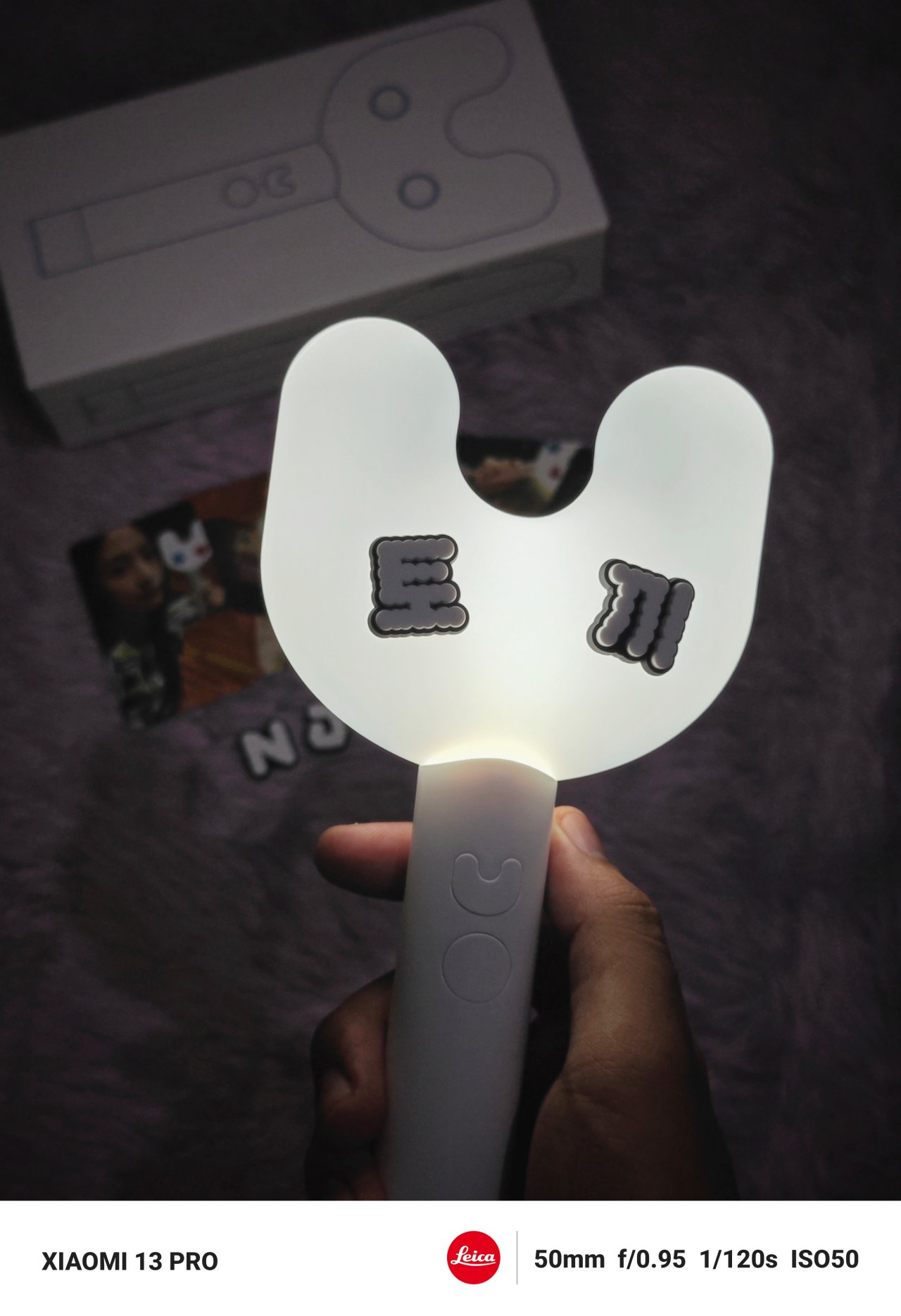
Even in harsher low-light conditions, the Xiaomi 13 Pro was very capable. It showed the beauty of my NewJeans Binky Bong as well as its box content with the littlest amount of noise.

This sign of a famous taco joint isn’t any different. The Xiaomi 13 Pro was able to preserve the authenticity of the shot without bumping too much exposure, highlights, and most of all, shadows.
For comparison’s sake, the difference is quite stark between the 50mm and 75mm portrait shots of my two lovey-dovey friends.
While 50mm relies on the 1-inch sensor and the wide f/1.9 aperture of the main lens (artificially widened to f/0.95), the 75mm was able to give a shallower Depth of Field (DoF) and a clearer foreground-background segmentation thanks to the farther focal length — mimicking what telephoto zoom lenses do.
And despite how high the ISO sensitivity of the two photos are, the photos are still sharp with barely visible noise. I also have to thank Xiaomi’s AI algorithm for cutting out subjects more accurately than the rest of the competition.


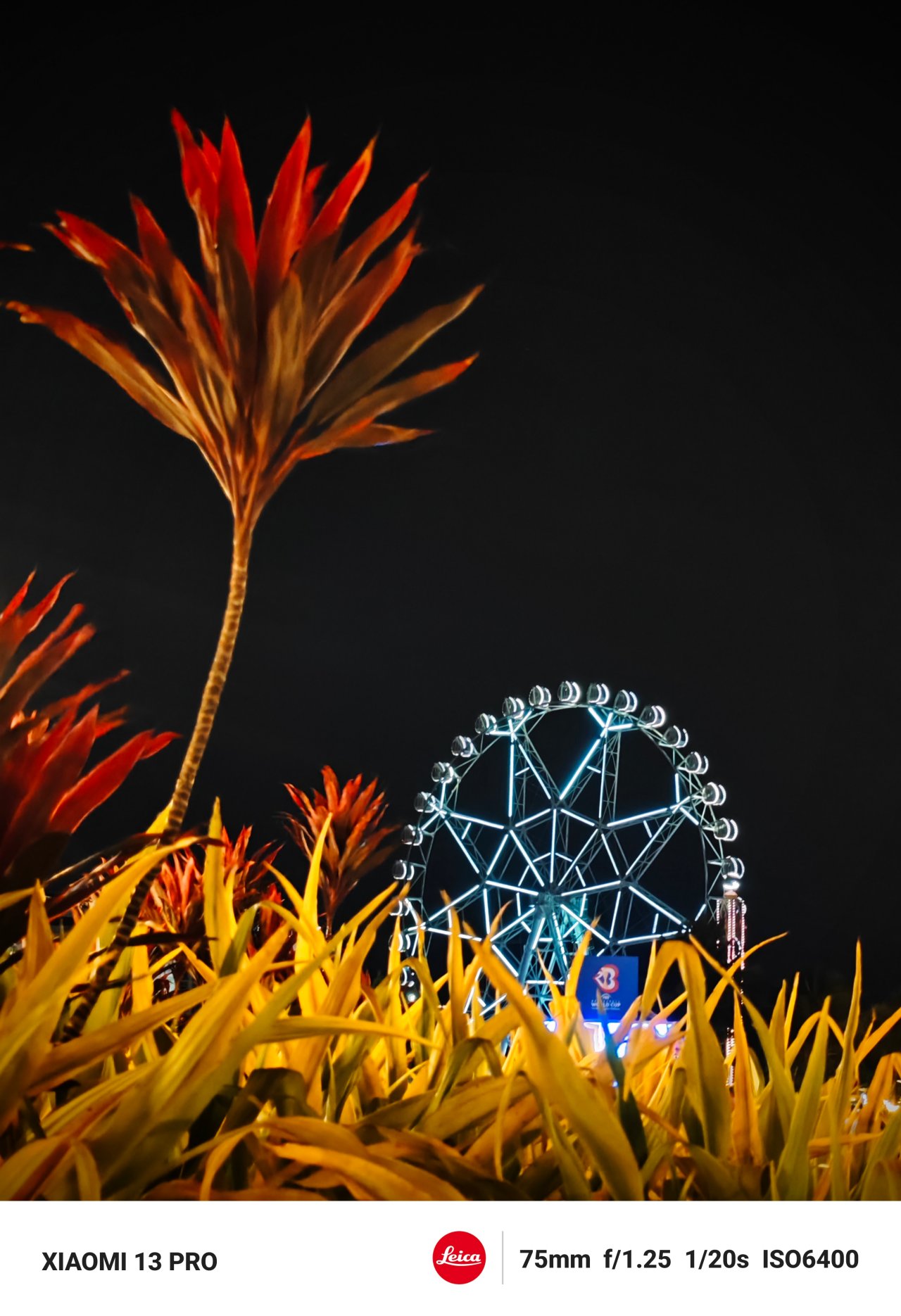

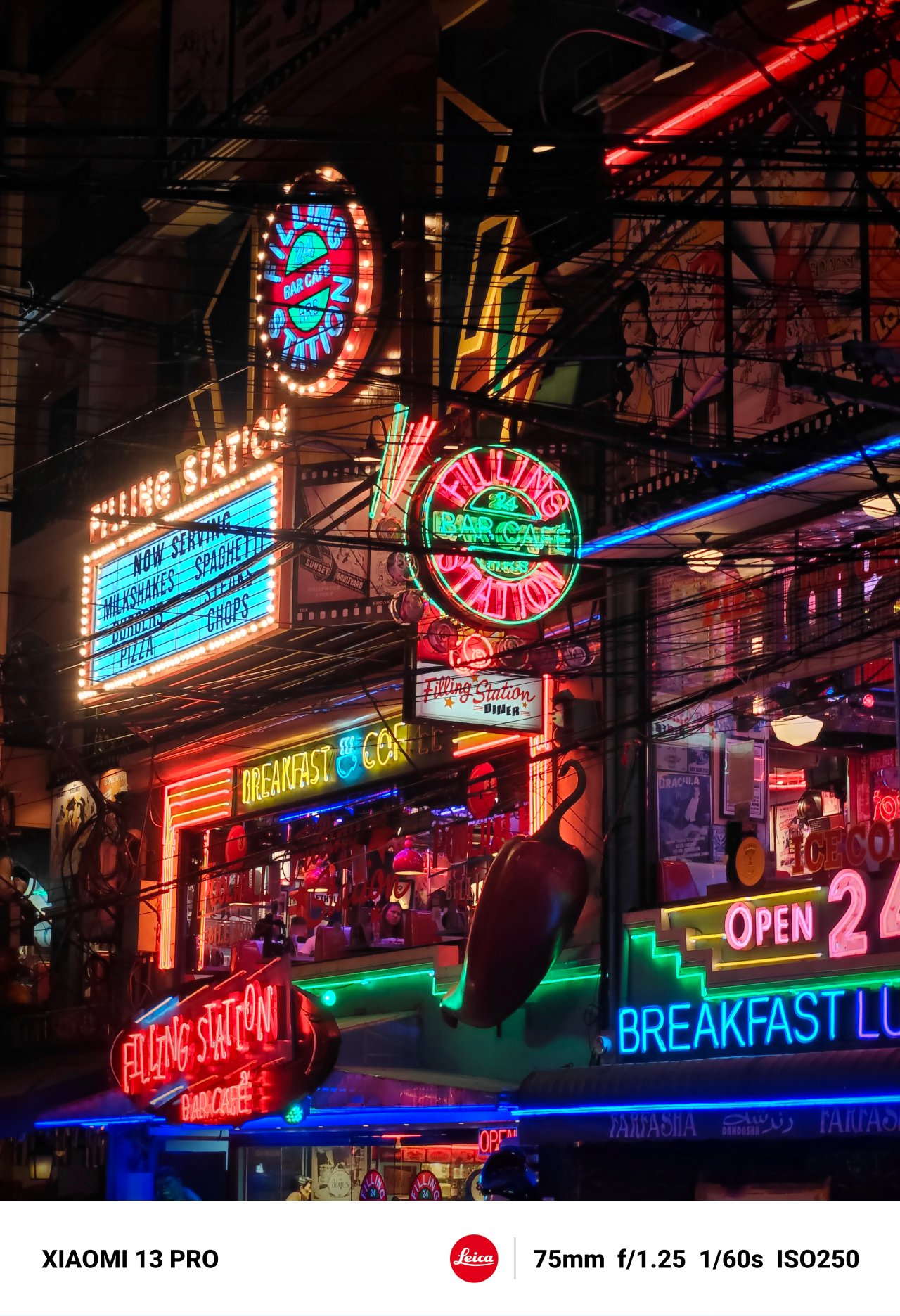
Regardless of what type of shooting subject you shoot in low-light, the 75mm does the job well and consistent.
Leica B/W
It wouldn’t be a full Leica experience without trying Leica’s classic B/W (black and white) looks.
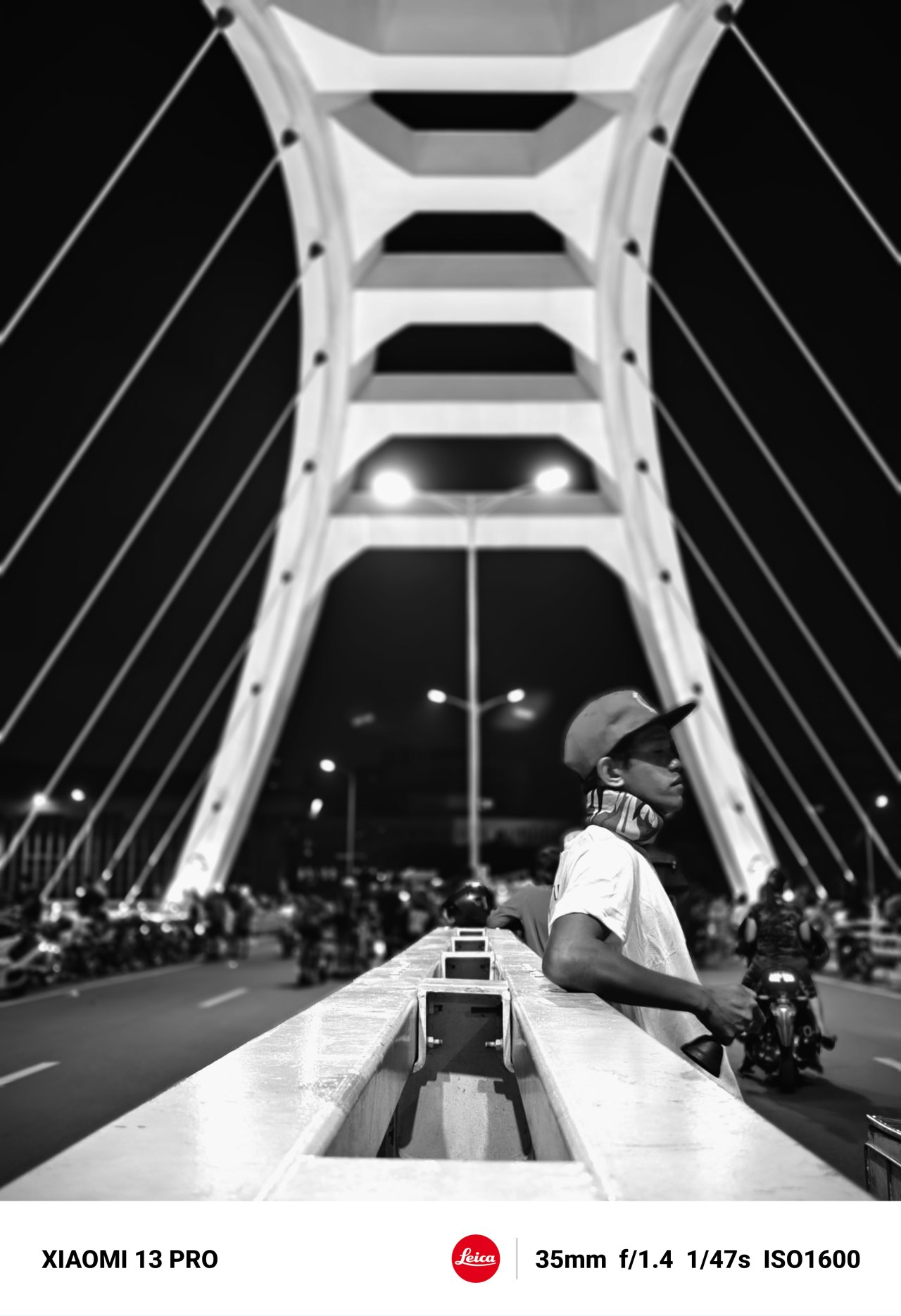
But unlike what Leica previously did with other smartphone manufacturers (specifically Huawei), the B/W calibration actually looks closer to what Leica offers in its cameras.

Don’t take my word for it though. Those came from the words of the Leica photographers I’ve been with in that special one-day photowalk I mentioned earlier.
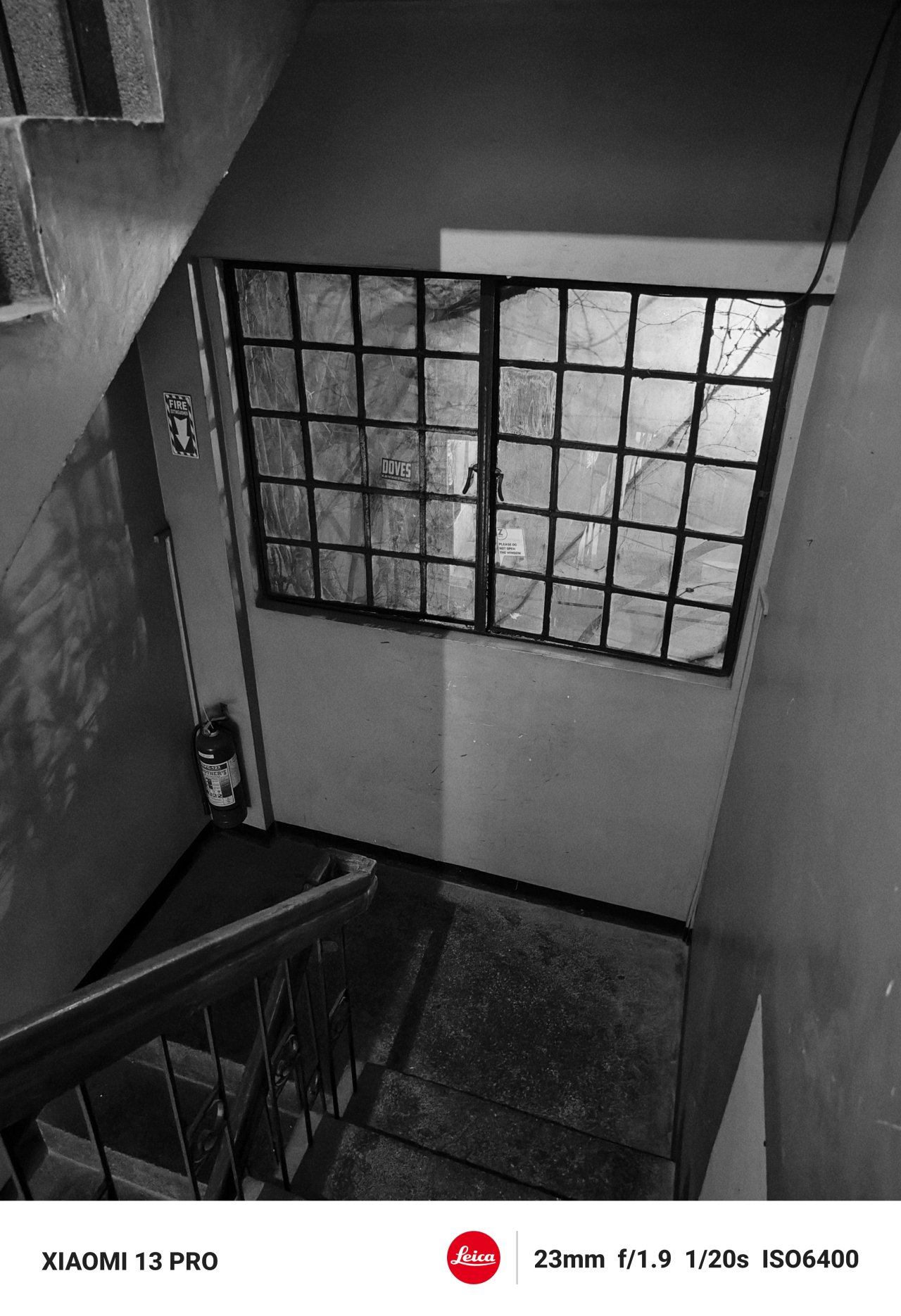
Leica’s special B/W and B/W NAT color filters add flare to your existing shots.

And just like how I mentioned “juxtaposition” earlier, taking B/W into consideration gives more depth and drama to your already “controversial” and “heart-wrenching” photographs.
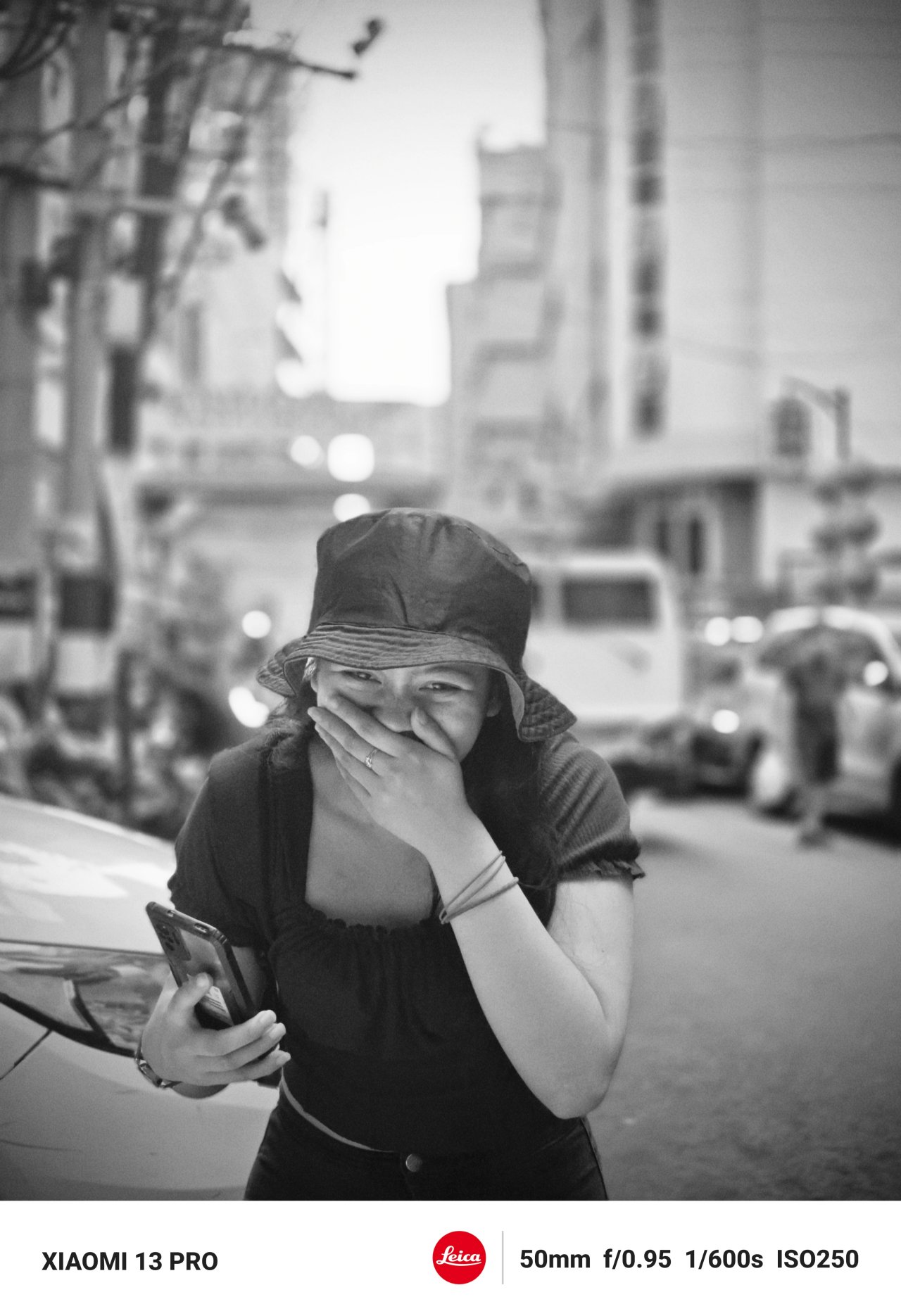
Surprisingly, the presets look good even in candid shots — even if the subjects convey happiness and enjoyment.
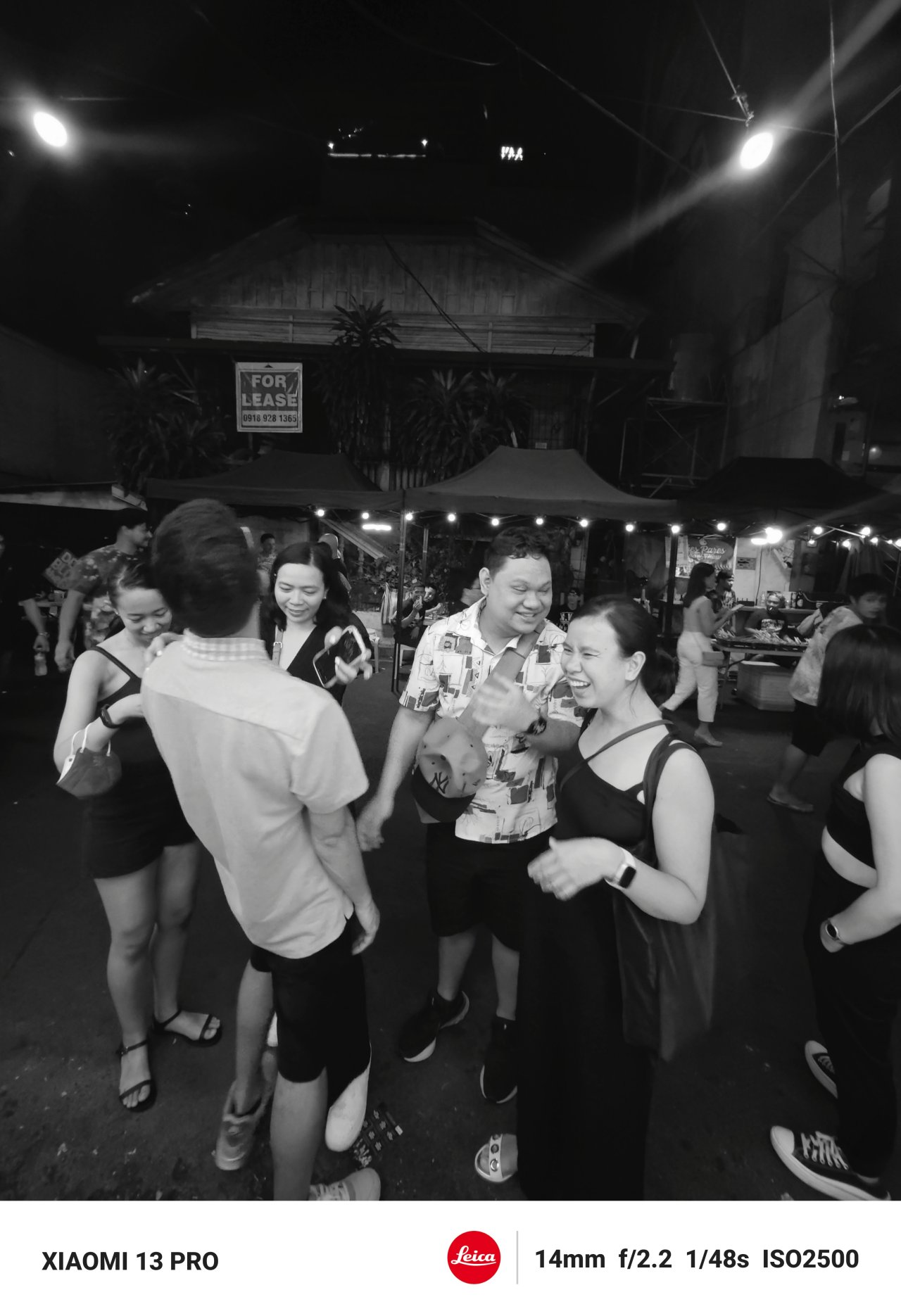
BONUS: AI Removal
In instances where you have no control over the unwanted humans or objects in your shots, Xiaomi’s AI removal feature in its in-app gallery editor comes in very handy.
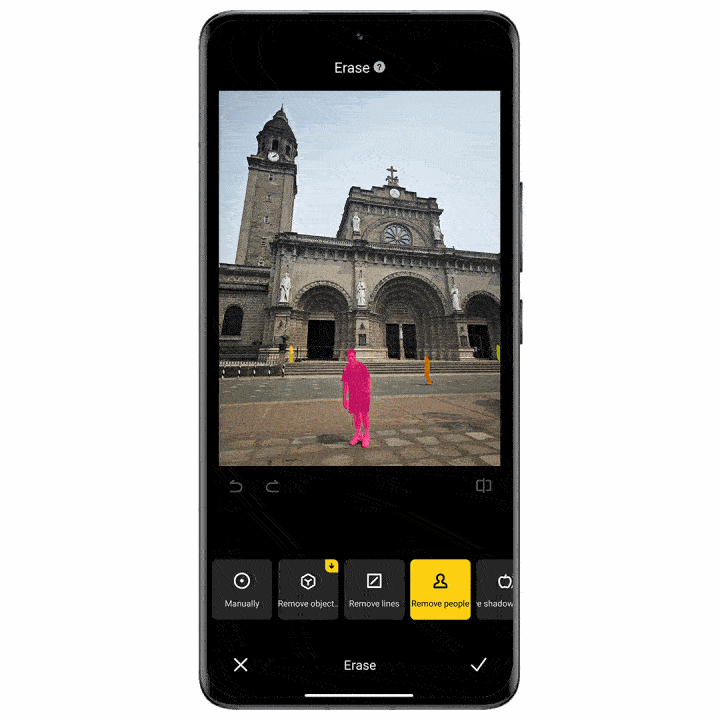

We gotta give credit where credit is due. Even though it’s not a fresh feature (as this was introduced by Google as “Magic Eraser” during the Pixel 6 launch), I’m still stoked that Xiaomi offers the same AI-based feature out of the box.


From the term itself, it lets you remove distractions from your shots. Other than the typical manual erasures, Xiaomi’s AI algorithm also detects people, objects, lines, and even shadows.


Although to be very frank, the most usable of the bunch is none other than the removal people selection. It worked 95% of the time and only had trouble identifying people in a couple of shots. Other times, the AI removal isn’t clean, like in the last sample above.
Featured by Xiaomi
Back in March 2023, Xiaomi Philippines held a one-day photoshoot with select media friends and Leica photographers towards the sights of San Fernando and Clark in the province of Pampanga.
That’s the time when I finally started using the smartphone after given to me by our team head, Rodneil, when he came back from Barcelona, Spain for MWC 2023.

SEE ALSO: GadgetSnaps: Xiaomi 13 Pro in Barcelona
Xiaomi’s Founder and CEO Lei Jun even tweeted about it (unfortunate though how I wasn’t in this first group photo session because the irritable morning heat led me to stay inside the van).
Great to see the Xiaomi Community in the Philippines, friends from the media, and the local Leica Camera Club exploring the streets of San Fernando and Angeles City with the new Xiaomi 13 Series. I hope everyone enjoyed using their new phones for street photography. pic.twitter.com/fxfTWdzz13
— Lei Jun (@leijun) March 27, 2023
TMI aside, here are some of my shots that Xiaomi PH chose to feature on their Instagram page.
View this post on Instagram
View this post on Instagram
View this post on Instagram
View this post on Instagram
And just a day after, I went to Intramuros by myself, thinking how I needed to take more photographs using the amazing camera system of the Xiaomi 13 Pro.
View this post on Instagram
View this post on Instagram
View this post on Instagram
Fondness for flagship
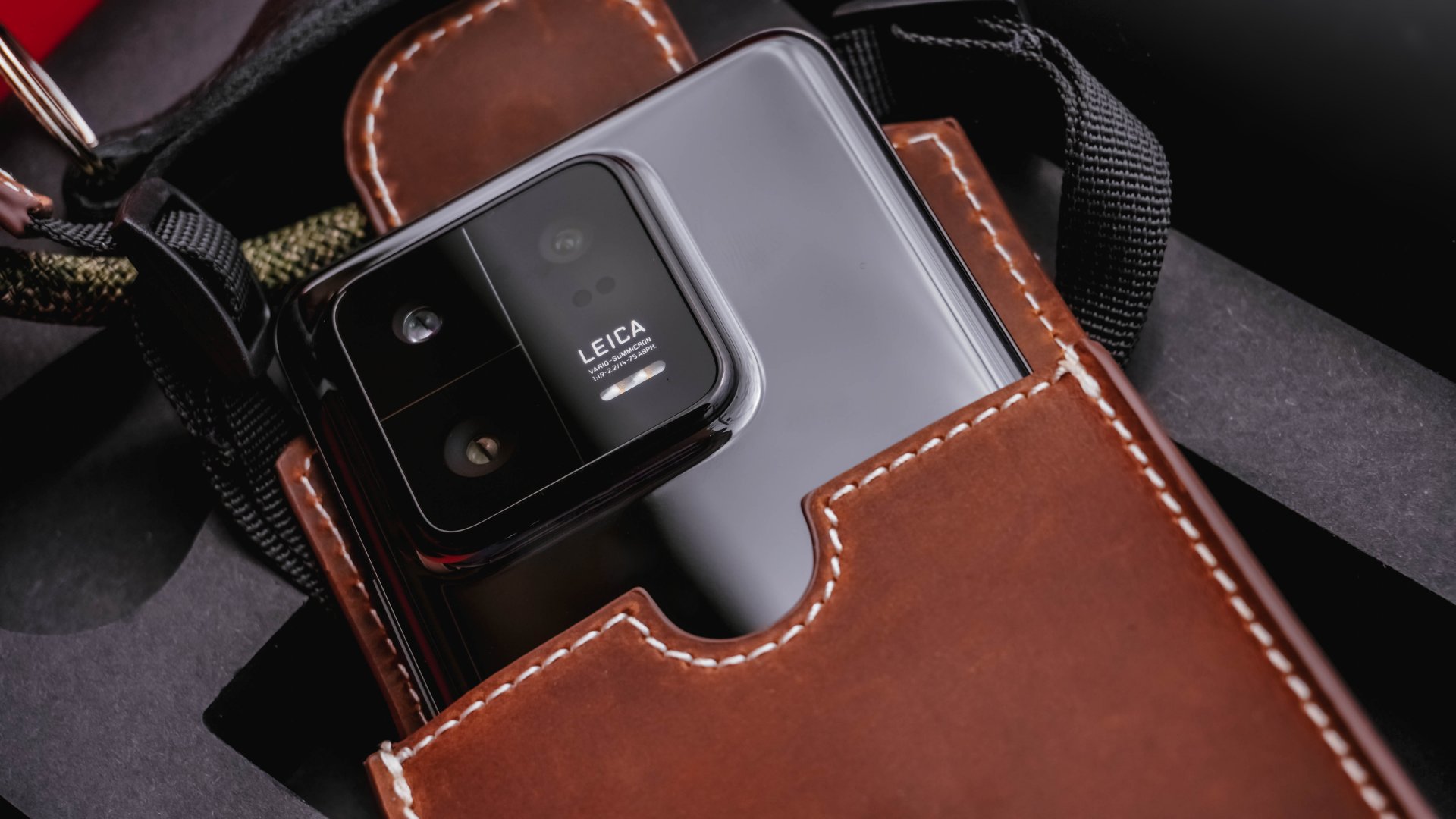
Other than the excellent camera system the Xiaomi 13 Pro possesses (and the thicc camera bump proves that), what makes it a true flagship experience is none other than its hardware.

Being equipped with the latest Snapdragon 8 Gen 2 chipset paired with the speedy LPDDR5X RAM and a UFS 4.0 storage standard guarantee the longevity of the phone both in performance and power.
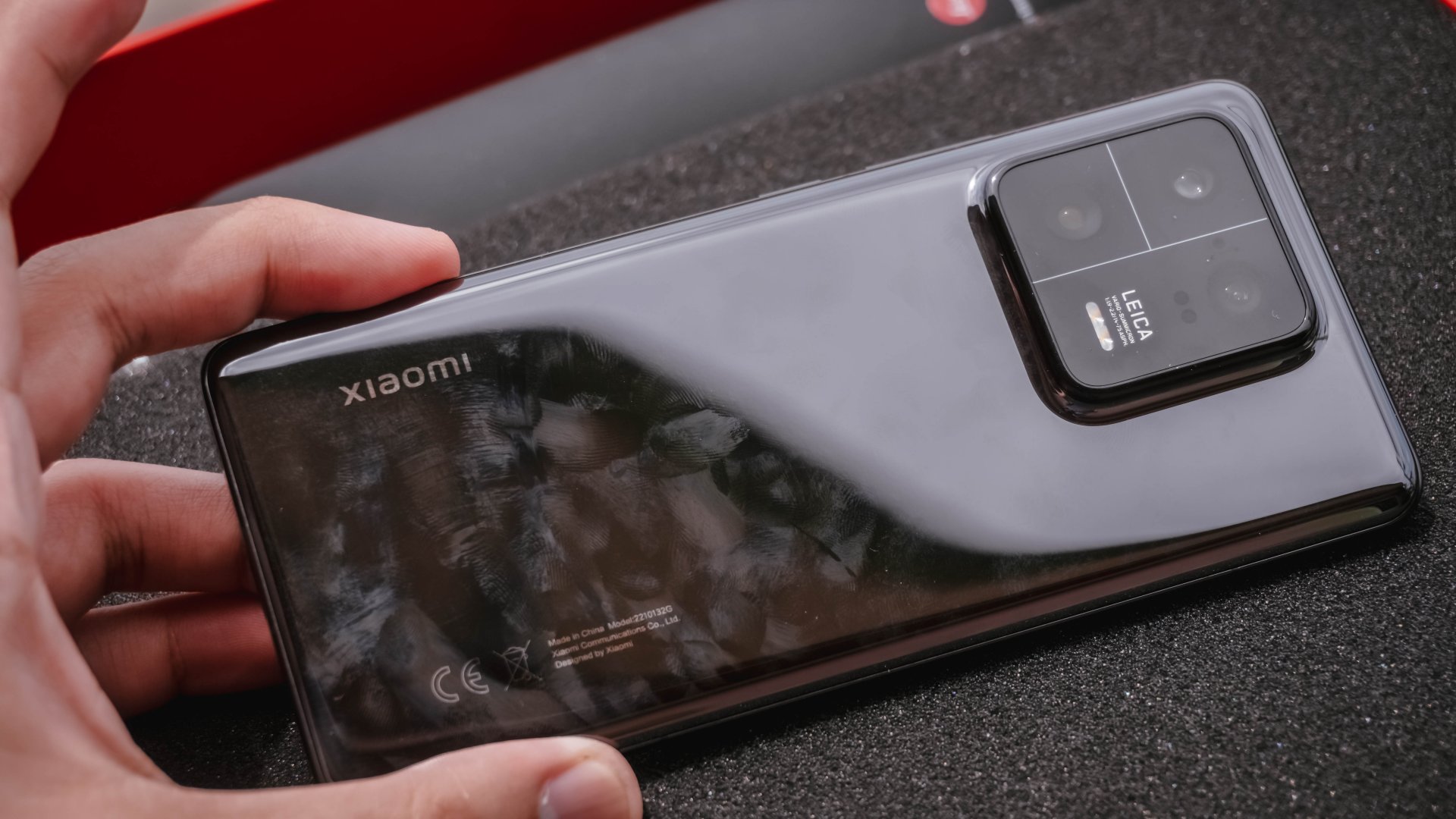
I have to be honest though that I’m not a fan of the phone’s overall material selection — mainly because the black colorway I have is a huge dust + fingerprint smudge magnet. My opinion would differ though if it was offered in that clean-looking Ceramic White slate.

Still, I love how slim and light the phone feels even if it has a gigantic 6.73-inch curved display. For my XL hands, it’s a perfect fit.

LE SSERAFIM is UNFORGIVEN – but forgive me for I have sinned
Speaking of that display, I enjoyed watching multimedia whenever, wherever. Its 120Hz refresh rate is buttery smooth, while its 2K AMOLED display and Dolby Atmos speakers bring the best out of the content I watch — especially those in 4K.

Lastly, one of the best features of this phone is none other than the support of 120W HyperCharge with a bundled charger and cable. The Xiaomi 13 Ultra doesn’t even have this as it only relies on a “slower” 90W fast charging.
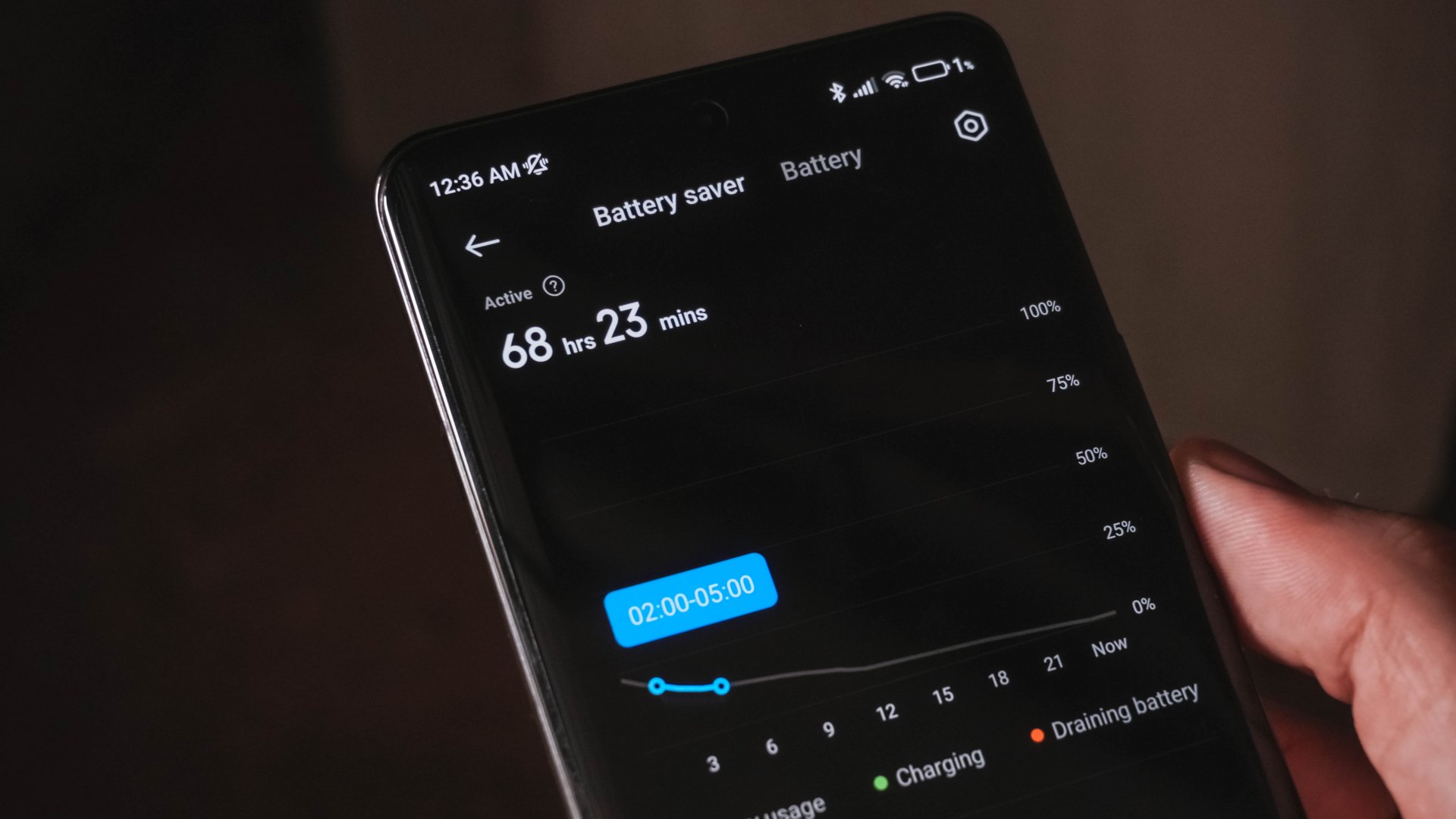
It honestly saved me from times where I have to leave the house unplanned. That 30-minute charge from 0 to 100 percent is a huge lifesaver. Let alone, its battery life efficiency is topnotch as it lasts me until the end of day at the very least — and more than that when used lightly.
Is the Xiaomi 13 Pro your GadgetMatch?
The Xiaomi 13 Pro is already available in major Asian and European markets. Retail pricing starts at PhP 59,999 (SG$ 1699 / INR 89,999 / EUR 1299 / GBP 1099).
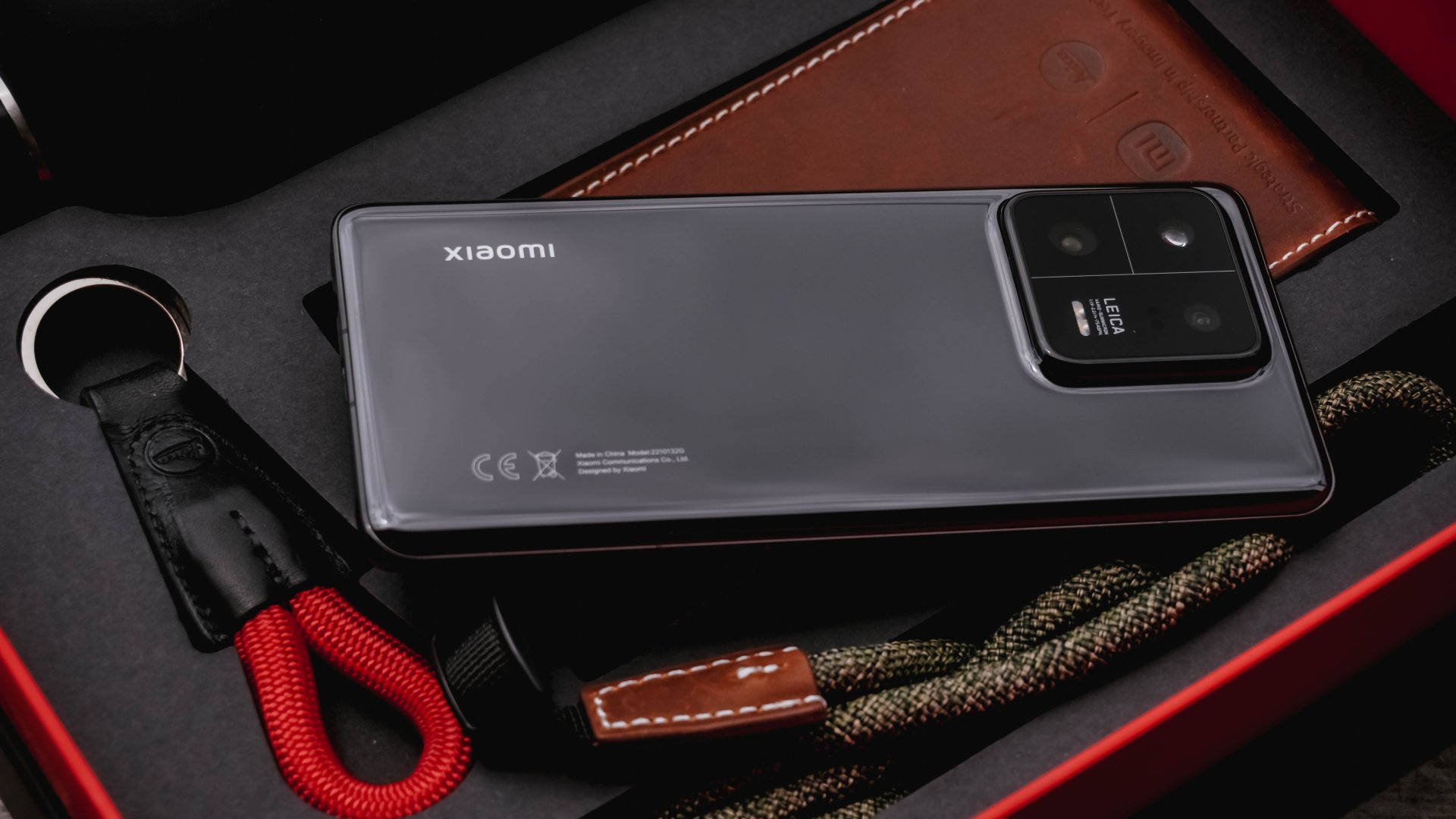
The Xiaomi 13 Pro is a great smartphone meant for photographers, casual shooters, and aspirers alike. If the plethora of photo samples I took aren’t enough to prove that, you’d be amazed to see more photographs taken with the Xiaomi 13 Pro by other talented individuals around.

Although at the end of the day, any photographer will be able to nail the device they are using as long as they know the basics as well as having a unique shooting style. Lastly, trusting their own creative process.

That said, the Xiaomi 13 Pro still offers the flexibilities of a smartphone while having the excellence of today’s advanced imaging system — plus a well thought-out partnership with a world-renowned camera brand. It’s a smartphone that isn’t gimmicky and actually offers the real deal compared to other smartphone photography contenders.
Where have you been all my life?!
I’ve been dreaming of owning a smartphone that can at least keep up with the quality of a DSLR or a mirrorless camera.
The Xiaomi 13 Pro (or any existing 1-inch-equipped smartphones around) can’t and won’t “replace” any professional cameras anytime soon. However, I can confidently say that the Xiaomi 13 Pro lives up to its professional photography promises.
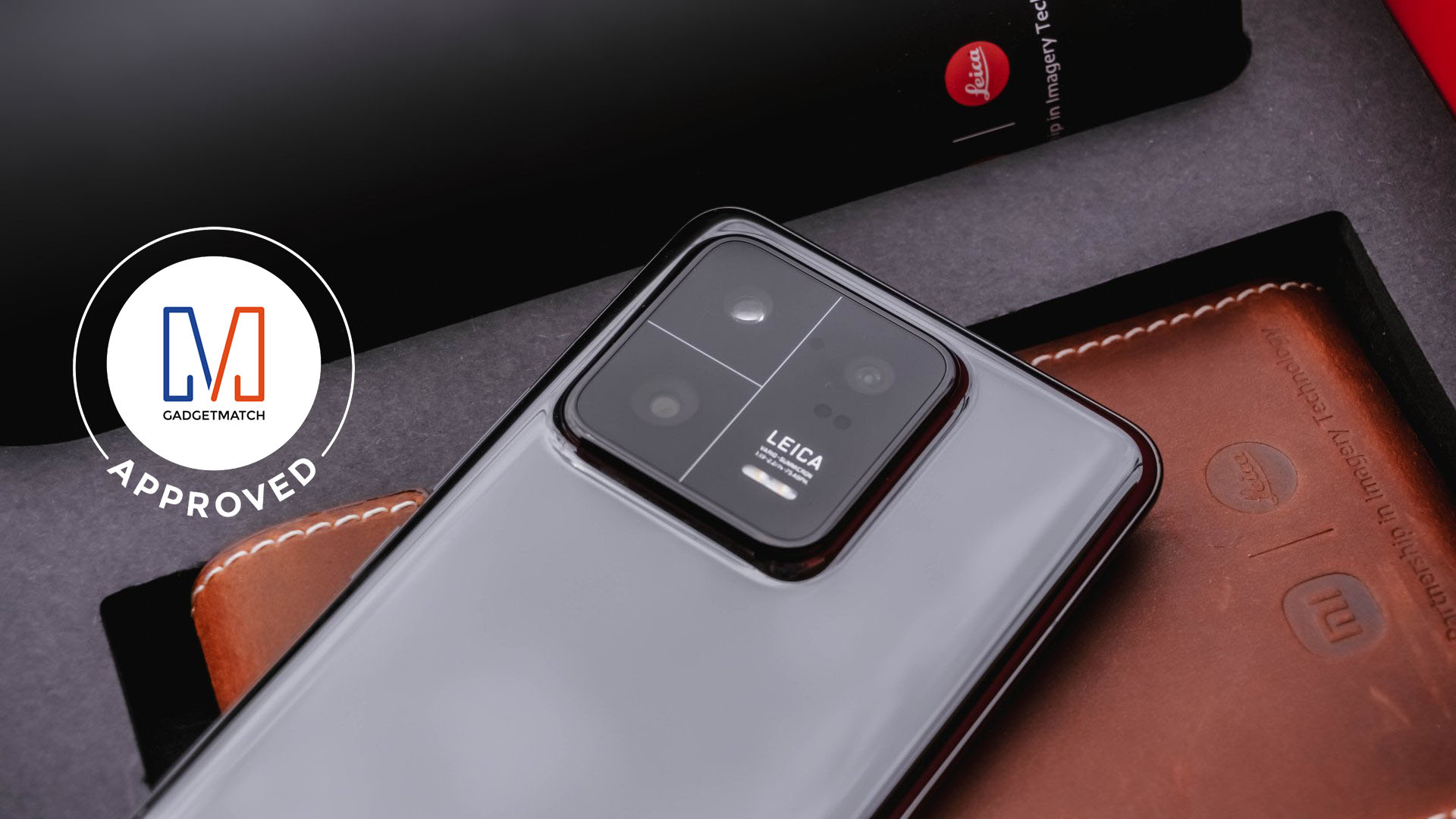
It may not have the most affordable price tag for flagships out now. But the Xiaomi 13 Pro still a worthy recipient of the GadgetMatch Seal of Approval. That’s especially if you’re one among those prospect buyers who are looking for the best cameras in a smartphone today.

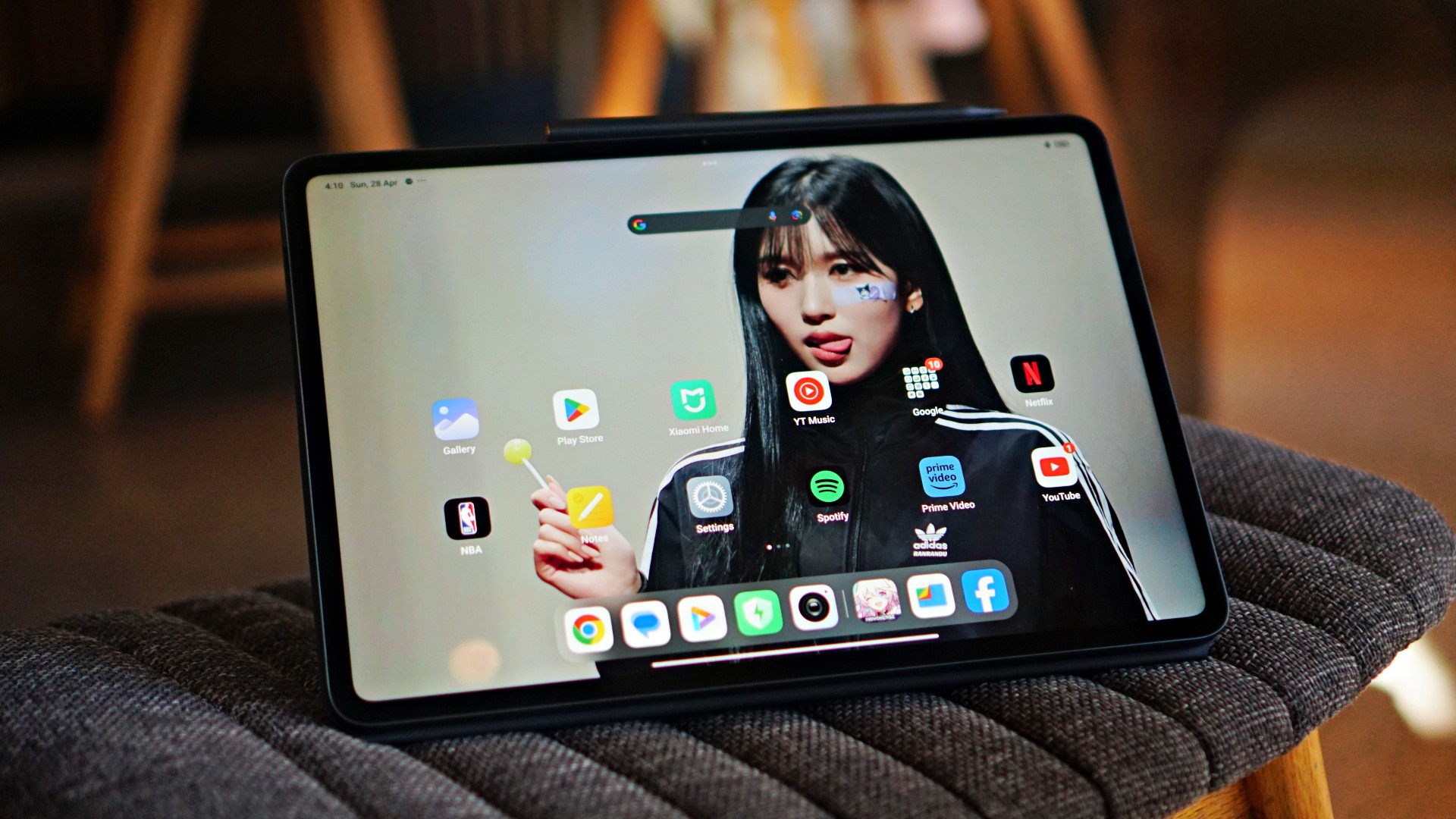
Around 8-9 months ago, I was in the market for a tablet that can be my on-the-go companion when I step out for events and don’t want to bring a laptop. I found it with the Xiaomi Pad 6 but now months later, the company has come out with a bigger, better version — the Xiaomi Pad 6S Pro 12.4.
Unboxing the Xiaomi Pad 6S Pro 12.4 and its accessories
Like the tablet that preceded it, the 6S Pro came with a generous accompaniment of accessories. Other than the tablet itself, there’s the Cover, Touchpad Keyboard, and the Focus Pen.
Watch the unboxing below.
@gadgetmatch This is our favorite Android tablet right now! #XiaomiPad6SPro #Xiaomi
Pros and cons of going bigger
The first, most recognizable difference between the Xiaomi Pad 6S Pro 12.4 and the Xiaomi Pad 6 is the size. The 6S Pro comes in at, as the name suggests, 12.4 inches while the 6 offers 11 inches of screen.
That may not seem like a lot on paper, but I assure you, the extra 1.2 inch makes a huge difference in practice.
For one, the 6S Pro just doesn’t fit in the Xiaomi Sling I was merrily walking around with. Thankfully, I have since acquired a bag small enough to carry around for half to full day affairs, but big enough to fit my usual 13-inch laptop. That means it also easily fits the 6S Pro along with all of its accessories for a lighter load out.
The extra size also means it’s mostly better to use on a desk vs carrying on hand. I can count in one hand the number of times I opted to hold the tablet instead of just propping it up on some surface somewhere.
While I’ve found a solution, I still count the mini-laptop-like size as a con especially if you’re really eyeing something that you can already use with your existing smaller bags.
The size of the screen though, makes it great as both a main screen or secondary screen. On days that I would work from home, I usually have the 6S Pro to my left, running episodes of Arrow as I go through the day’s work. Meanwhile, when I’m out and about, it makes for a more than big enough screen to handle tasks like some quick writing and email correspondence.
Better in many ways
Powered by the Snapdragon 8 Gen 2 processor, the 6S Pro is as powerful as flagship smartphones that came out late 2023 to early 2024. It’s as good as it gets.
I feel even more at ease using the multi-screen function knowing it has the hardware to keep things running, perhaps all day. I’ve had a handful of writing sessions in this set-up, including the very article you’re reading now.
That means you should have no qualms pushing its computing power. In fact, I have to say I have criminally underutilized it over the last 10-12 days that I’ve had it.
I’ve also used the multi-screen feature when scheduling posts on our social platforms.
It’s a handy function that works not just for productivity but also for more of my favorite showcase: Watching two different fancams (even if they’re of the same person), at the same time.
Media-viewing, you already know. The 3K display is absolutely stunning for media consumption. Other than X-Men 97 and Arrow episodes, I’ve used this to tune in to the NBA Playoffs in the morning. It’s the perfect white noise, desk companion.
And it’s not just the display too. The 6S Pro is equipped with 6 speakers with support for Dolby Atmos. While so many modern devices these days can say that. We can vouch that in the 6S Pro, this combination truly works wonders. If not old TV Shows, I switch over to music apps to listen to Gabe Bondoc, Jesse Barrera, BINI, TWICE, Marc Indigo, Kjwan,or whatever it is I’m in the mood for.
The top-of-the-line chip along with the 144Hz refresh rate also lends itself nicely to gaming. We only really played Honkai: Star Rail briefly but it was a fun and a little different experience on a display this large.
If you’re a content creator, this is also pretty darn good already for some light video editing. Whether that’s using the native video editor or an app like CapCut.
You can accomplish all of these tasks knowing you have a device whose 10,000mAh battery will more than keep up with you. Brought this along once on a 14-hour day and while I managed to drain it all the way to 13%, it did stay alive on a heavy-usage day. It tops up pretty quickly too thanks to its 120W HyperCharge tech.
There’s a lot you can do on the Xiaomi Pad 6S Pro 12.4 that I dare say it can replace a laptop for a large number of people.
About the accessories
The generous helping of accessories is also such a boon. These normally come as a bundle if you pre-order the device. And I can tell you right now, it’s totally worth it.
The Cover is a little unorthodox. Instead of the usual folio with a straightforward flapping cover, you get on that turns into somewhat of a triangular stand that sticks out. It looks odd at first but you’ll get used to it quickly especially since it lets you prop up the tablet in both portrait and landscape. Very helpful in many scenarios, especially when using apps that have no support for landscape orientation or are better off viewed vertically.
You don’t get a lot of versatility with how it tilts so that’s one thing to keep in mind. That means you get weird angles when using the pretty darn good selfie cameras when you’re in video calls.
For my part I opted to take calls while it’s propped up vertically.
The Cover also has a provision for the Focus Pen that I, admittedly, never really get to use a lot.
Although, I do plan to spend more time with the device. Hopefully I figure out more use-cases for the Pen during that time.
Lastly, there’s the Keyboard cover. Like the Cover, you don’t have a lot of freedom in terms of how it’s tilted. But that’s par for the course for most keyboard folios. But unlike most ones, this looks more like the Microsoft Surface where there’s a kickstand at the back.
The keyboard itself feels great to type on. There were days where I opted to write articles entirely on it because of the keyboard feel. It feels that good. Although it doesn’t light up so best to have a lamp at night or use it only when the lights are on. It also has an okay touchpad. Nothing too fancy but it gets the job done. The layout is so reminiscent of a regular laptop which added to the whole satisfying feeling when typing on it.
Xiaomi Pad 6S Pro 12.4 specs
- Display — 12.4” 144Hz 3K display, supports Dolby Vision
- Processor — Snapdragon 8 Gen 2
- Battery — 10,000mAh, 120W HyperCharge
- RAM and Storage — 8GB+256GB / 12GB+512GB
- OS — Xiaomi HyperOS
- Cameras — 50MP main (4K, 60 FPS video), 2MP depth, 32MP front (1080p, 30 FPS video)
- Connectivity — USB 3.2 Gen 1, Bluetooth 5.3, WiFi 7
- Audio — Six (6) speakers, support for Dolby Atmos, Hi-Res, Hi-Res wireless
Is this your GadgetMatch?
I absolutely love it when we get review devices that are easy to recommend. That’s exactly what the Xiaomi Pad 6S Pro 12.4 is. Mouthful of a name with a feature set that’s just as packed. It’s a device made for many purposes. It’s a workmate, a creative companion, and a relaxation buddy all-in-one. It certainly deserves the GadgetMatch Seal of Approval.
It also doesn’t hurt that it’s at a fair price point. Especially for everything it offers. I see this as a device great for anyone looking to be productive, creative, with a fair bit of balance since you can also use it to unwind with streaming apps and even gaming.
Price and availability
The Xiaomi Pad 6S Pro will be available in two variants and are priced as follows:
- 12+512GB — PhP 39,999
- 8+256GB — PhP 33,999
It comes in classic Black and White colors.
Meanwhile, the accessories are priced as follows:
- Focus Pen — PhP 3,499
- Touchpad Keyboard — PhP 6,499
Discounted from May 3 to 9
Naturally, these will be available at special slashed prices from May 3 to 9 on the Shopee exclusive online sale.
- 12+512GB — PhP 37,199
- 8+256GB — PhP 31,199
Buyers will get free Redmi Buds 4 Active (valued at Php 999) for every checkout of the Xiaomi Pad 6S Pro.
Convenient Smart Home
I swear, Samsung’s The Freestyle spells freedom
The projector-slash-smart-TV makes you want to watch shows wherever, whenever possible
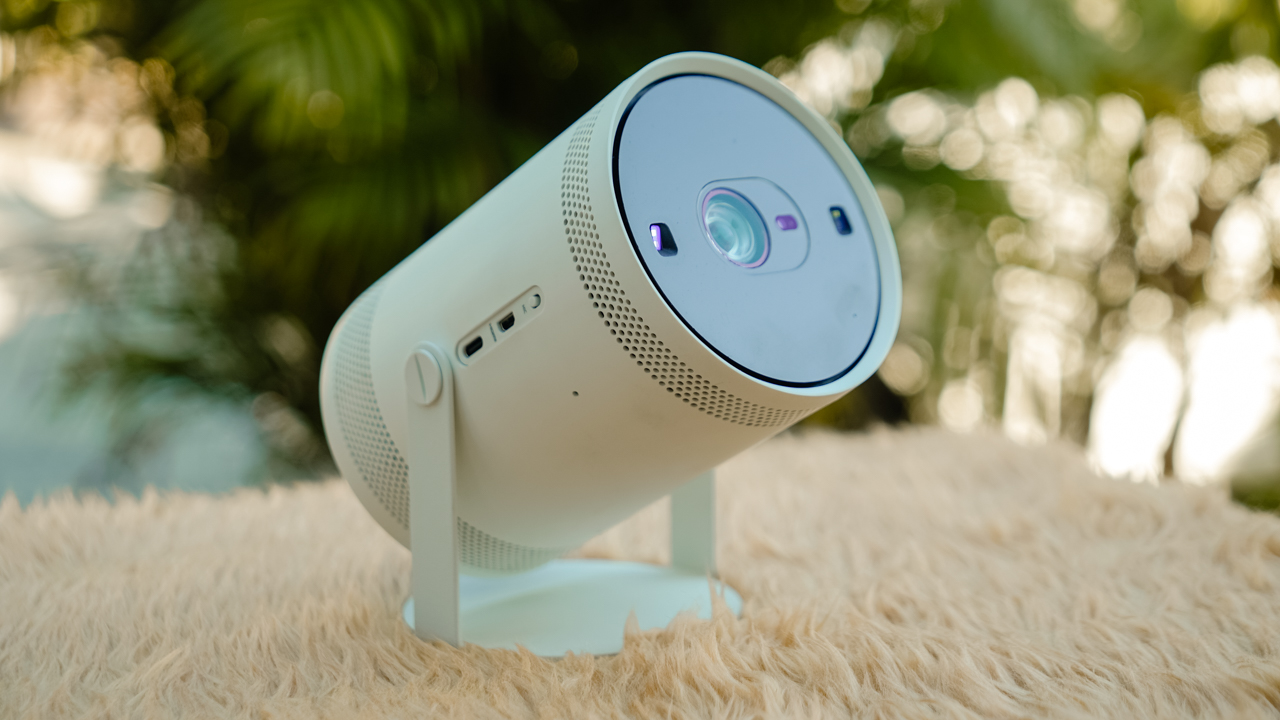
Anyone in their late 20s who just finally broken free from the asylum that raised them would know that settling for a small, tight space would be better for mental sanity.
Getting away from my parent’s clutches meant bidding goodbye to a capacious living room. There’ll be no more monstrous TV that I can watch on while I rot on the sofa bed.
You can’t have the same luxury in a 40 sqm condominium space. When you’re moving out, you have to let go some of the stuff that made you… you. But it gives you an opportunity to create a new identity, armed with the freedom of making decisions on your own.
Freestyle for those who just earned their freedom
Taylor Swift’s speech at the NYU Spring 2022 graduation ceremony resonated with me as I pack my bags and boxes.
“The scary news is: You’re on your own now. The cool news is: You’re on your own now.”
It’s scary to be on your own. No fallbacks; no safety net. But I revel in the freedom of making decisions that won’t be disapproved by my parents.
Instead of opting for the familiar rectangular TV, an unconventional projector such as Samsung The Freestyle took over my chamber.
I didn’t have to worry about mounting a TV on bare walls I haven’t decided how to decorate or setting a TV stand that would cramp my already tight space.
I’ve had my hands on it a few years back, which makes me familiar with its capabilities as a Smart TV. Now, it’s on its 2nd-generation, and this portable TV just got even better.
Learning to adjust and adapt
Samsung’s The Freestyle is easy to set up, and it’s even easier if you have a Samsung device that allows you to control everything through the SmartThings app.
While I have the Samsung Galaxy Z Flip5, I still managed to set everything up using my iPhone. My Samsung account, after all, is still logged in on my Safari browser. (I am deeply sorry, Samsung)
The beauty of having a Smart TV is how everything just works. It connected easily — on my WiFi, signing in my accounts, and accessing my favorite streaming apps.
It took me less than 30 minutes to set the whole thing up. From unboxing the device to figuring out the setup and finding the right angle.
It keystones automatically, which meant adjusting the screen to a perfect rectangle regardless of the angle you’re projecting on. This makes it easy to watch on a wall or on a ceiling — depending on your preference and watching behavior.
And more importantly, the remote control works even if you don’t point directly to the device. I tried pointing it at the screen and on a different wall, and the Freestyle just works flawlessly — even its voice assistants such as Samsung’s Bixby.
Whatever situation it finds itself in, the Freestyle just knows how to adapt and give you the best experience. I’m still learning to do the same.
Drawn to a whole new world
The first thing I did was watch my comfort anime, One Piece, and feel free like a kid again. The picture quality — whether on daytime or at night — is superb, vivid, and crisp.
Even at the scorching noon time reaching a heat index of almost 50-degrees Celsius, the sunlight is no match for the Freestyle’s projected screen. It’s like looking at a phone screen with almost 3000-nits peak brightness.
Netflix has just added the Enies Lobby arc, which is the storyline that made me fall in love with the anime. Having no friends growing up like Nico Robin makes me burst into tears every time I re-watch the scene where she screamed wanting to be live and be saved.
It didn’t help that the built-in speaker projects a 360-degree sound making me feel as if Nico Robin is screaming within my apartment.
To refresh my tears and regulate my emotions, I shifted to watching my favorite Disney movies since I just came back from Hong Kong Disneyland, and the magic’s still inside me.
I relieved my memories by playing my favorite films such as Aladdin, Frozen, Tangled, and Little Mermaid. Singing to my childhood songs made it magical, and the Freestyle just makes the experience spectacular.
Since the Freestyle can be connected via Bluetooth and/or HDMI to another sound system, I linked it to my JBL PartyBox Encore Essential, which immersed me and my whole space — making me feel like I’m back in Disneyland.
Of course, I almost burst into tears again.
To endless possibilities
I had a lot of fun using the Freestyle. Sometimes, I’d stand in front of the projector while playing some of Ariana Grande’s music videos, acting as if I’m starring in my own music video. Honestly, there are plenty of ways to experience and enjoy the Freestyle.
It’s portable, lightweight, and I bet it would make a great tool for traveling — especially on camping and road trips. I haven’t found ways to do that since I’m preoccupied with moving in and out of my new home.
Looking back, I would have loved to own the Serif as I dream of decorating my own space with my own aesthetic. But the sudden life change didn’t give me the space and the budget to make me build my dream space.
Nevertheless, it came with an unconventional solution. One that gave me endless possibilities as I try to explore who I am becoming. The Freestyle suits those with creative minds; it’s just as versatile as I am. Simply plug it in and find the right angle to experience a new way to watch your favorite content.
Maybe we don’t get what we want, but the universe will always give us what we need at the moment. Everything is still in perfect alignment. That’s my conclusion from the whole ordeal with the moving out process and having to only take the Freestyle with me in my new space.
Is this your GadgetMatch?
I’m a big fan of Samsung’s Lifestyle TVs. Most of the time, they’re unconventional and fits a certain aesthetic and — of course — lifestyle.
Samsung The Freestyle fits those who are in love with freedom, wanting to watch their favorite shows in YouTube, Netflix, or Disney+ whenever, wherever possible. It’s a smart projector and TV in one that won’t require you to use your last three brain cells, because it just works.
Samsung The Freestyle (2nd Gen) is currently available at an introductory price of PhP 34,999. Its predecessor retailed for PhP 48,999.
SEE ALSO: Samsung Freestyle: On-the-go smart entertainment hub | Samsung The Serif: What’s it’s like to watch on an artistic TV? | Samsung The Premiere: Turn any space into a private cinema
Reviews
OnePlus 12R review: Making sense of OnePlus’ latest flagship
Smooth beyond belief, but is it worth the upgrade?
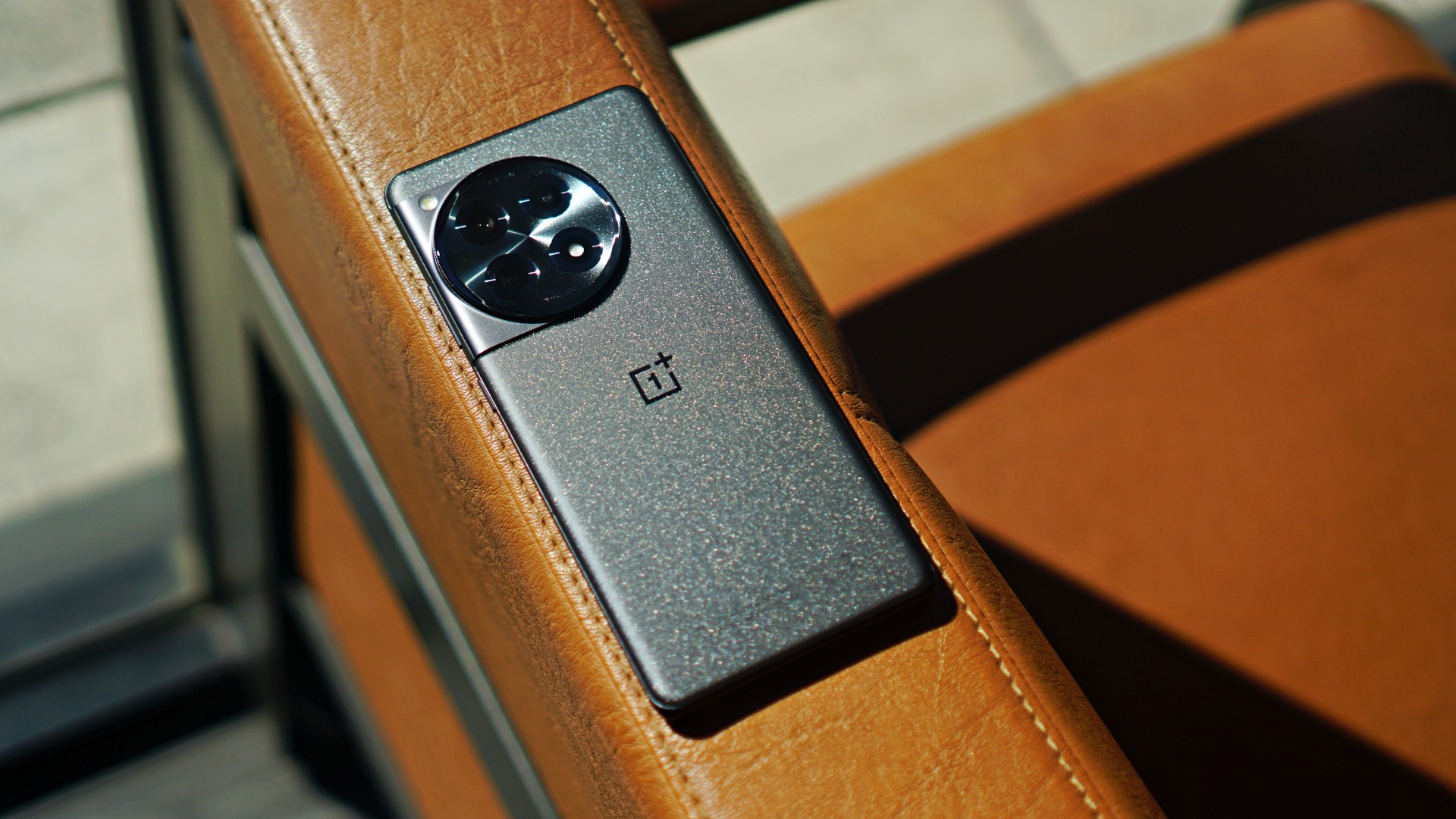
OnePlus has been fairly consistent when it comes to their positioning. Historically, the brand has offered flagship-level smartphones for a more affordable price point compared to its chief competitors. The OnePlus 11, for instance, did great overall, with just minimal misses here and there.
Now, the brand is back with the OnePlus 12R. It’s technically the “lite” or base model of the latest numbered series, but promises the same smooth, flagship-caliber experience. Users loyal to the OnePlus brand might think, is it time to upgrade? Conversely, is it worthy of a non-OnePlus regular’s consideration?
OnePlus 12R specs
- Qualcomm Snapdragon 8 Gen 2 chipset
- OxygenOS 14 based on Android 14
- 16GB RAM
- 256GB internal storage
- 6.78-inch LTPO AMOLED display, HDR10+, Dolby Vision, 94.2% screen-to-body ratio
- 120Hz dynamic refresh rate, up to 1000Hz touch response rate
- 5,500mAh battery
- 100W SUPERVOOC charge
Appearance, feel: Still needs improvements
It’s good that the OnePlus 12R’s volume keys are now on the right. It makes it easier to adjust the volume when held with just one hand.
The alert slider is on the left, and the selfie camera punch hole is in the middle. Other than that, there aren’t many changes. The rear cameras look exactly the same from the OnePlus 11 series.
I wish OnePlus solved the slippery problem too. Although the unit we reviewed had a matte black finish, it was still slippery to hold. I’m sure most users have this habit of putting their phones on their laps from time to time. I wouldn’t recommend doing that with this particular model.
It will fall 100% of the time. Furthermore, it doesn’t help that there is no case to at least reinforce the grip. I was extra cautious every time I held the phone, because it just didn’t give me that assurance I was looking for.
Display, audio: Immersive, punchy
Moving on, the device’s display is bright as it gets. You will see content with a more natural tone. Details are vivid and crisp, and are retained even in bright and dark spots. Even when you zoom in on a 2160p video being played, you are guaranteed clear and accurate images. Moreover, I didn’t experience any eye strain while doing a handful of stuff on the phone. That’s always a great sign, but is expected of more expensive phones nowadays.
On the audio side, the dual speakers provide you with an immersive feel. The sound comes out loud and punchy. They’re also placed appropriately. Even when you hold the phone horizontally for streaming or gaming, chances are you won’t block the speakers with your fingers.
Performance, browsing, gaming: Smooth AF
Performance wise, the OnePlus 12R is good as advertised. You will feel the smoothness right away when scrolling, switching between one app to the other, and more. This annoying thing that happens with Android phones lately where the keyboard just suddenly hangs on your screen didn’t occur once with the OnePlus 12R.
I also played Marvel Super War, easily one of the most demanding MOBA titles out there. The phone did not get hot even after a lengthy session at high graphics settings. That’s where the upgraded RAM capacity kicks in. But I feel it’s something the OnePlus 11 can also do, so it isn’t downright special.
I love the larger battery on the OnePlus 12R. It easily lasts a whole day on average usage. You’ll need just about 40 minutes to charge it from 15% back to full. When not in use, it will spend probably just 1% to 2% battery overnight on standby.
OnePlus 12R cameras: Hit and miss
- 50MP f/1.8 Sony IMX890 main camera
- 8MP f/2.2 ultra-wide camera
- 2MP macro camera
- 16MP selfie camera
Although OnePlus has a partnership with Hasselblad, the OnePlus 12R particularly uses a Sony IMX890 sensor for its main camera. It delivers fairly well for what is expected of a OnePlus camera. Color reproduction is very… well, OnePlus (you’ll understand if you’ve been using OnePlus devices in the past).
The tone is more on the redder, browner, and slightly more saturated side, which is ideal for food and landscapes. You’ll definitely capture the vibe of places and entice viewers with your food photos. This is without needing to post-process the color temperature or add filters.
The main camera does its job. It retains good detail even in captures against the light, thanks to its high dynamic range. It does well to fend off the sun’s rays or unwanted glares, and blend it with the photos you take.
You will get crisp and vivid photos by default, but detail loss will begin to be felt at 2x zoom and beyond. But it’s not like that’s super noticeable from your phone’s screen.
What I appreciate is the adjustable depth of field after portrait shots, for you to be able to match the background’s blur or bokeh effect properly with the subject. Speaking of, I underwent a trial and error phase under portrait mode. Some snaps came out out of focus, even if the indicator said “ready.”
But I reckon it’s not a perfect process, so I just adjusted on the fly. However, I did expect a lot more assistance from the camera especially since there’s some AI processing that comes with the algorithms. There were also times where the blurred effect at f/1.4 was too exaggerated, as if it’s cartoonized. On the positive side, there’s not much segmentation error and the transition from focused to blurred parts is generally smooth. But it would be tricky for users who aren’t too meticulous adjusting settings and would just rather point and shoot.
Other than that, I enjoyed shooting cityscapes and landscapes with the 8MP ultra-wide lens. There’s just a “correct” feel to it and it covers what you intended to do properly. The 2MP macro lens is extraneous at this point, since the main camera does pretty well for close ups of food and other subjects. I wouldn’t have hurt for OnePlus to include a periscope lens or an extra portrait sensor, considering its price point. As for filming, the camera package also has OIS and EIS support, and taking videos at 1080p @ 60fps had no hiccups on my end.
In front, the selfie camera delivers the same, “realistic” results as its predecessor. This may both be a good and bad thing for those who want smoother selfies instead of having their pores or eyebags come out too sharp. Personally, I prefer some smoothness with selfies, but a little retouching won’t hurt. You do you.
Is this your GadgetMatch?
As I’ve mentioned, OnePlus is consistent with how they approach the market. Loyal OnePlus user? You may feel this is an upgrade if you’ve been using a handset from two to three generations prior. Trying something new to break the iPhone-Galaxy S series duopoly? Go ahead, there’s no harm trying.
The OnePlus 12R is smooth, without a doubt, if that’s what you’re looking for. The camera package delivers the same signature performance expected of the brand. On paper, there are a lot of improvements. But is it worth it? It’s tough to say yes resoundingly.
If you happen to own a OnePlus 10 or 11, the differences in overall usage are minute. If you’re ready to spend PhP 40,000 or more, there are a lot of options that come with more cameras or put focus on gaming. Alternatively, if you want to save, there are also capable flagship killers in the market for a lot less. Moreover, other top brands’ flagships — base model or better — are selling for a lot less these days.
That makes the release of this particular variant from the series a little confusing or questionable at this point. Perhaps, it would have been better if OnePlus waited a bit more and dropped a banger of a latest flagship line with a lot more features and enhancements. I’m trying to make sense of it, but for now, it’s best to wait.
The OnePlus 12R retails for PhP 43,990 in the Philippines.
SHP: https://bit.ly/OnePlus-12R-Shopee
LAZ: https://bit.ly/Oneplus12R
Kiosks and partner Stores: http://bit.ly/3O9q76V
-

 Reviews7 days ago
Reviews7 days agorealme 12 5G review: It was enchanting to meet you
-

 Buyer's Guide2 weeks ago
Buyer's Guide2 weeks ago2024 Samsung TV: Buyer’s Guide
-

 Reviews2 weeks ago
Reviews2 weeks agoJBL Soundgear Sense review: Make every run magical
-

 Reviews3 days ago
Reviews3 days agoOnePlus 12R review: Making sense of OnePlus’ latest flagship
-

 Reviews2 weeks ago
Reviews2 weeks agoChallengers review: A thrilling drama wrapped as a tennis anime
-
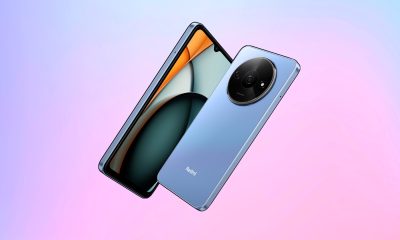
 News1 week ago
News1 week agoXiaomi Redmi A3 Philippine pricing, availability
-
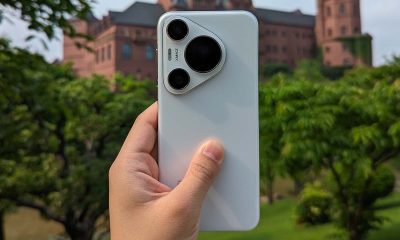
 Smartphones2 days ago
Smartphones2 days agoHuawei Pura 70 Pro Unboxing and First Impressions
-
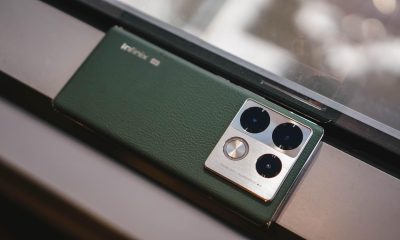
 Smartphones1 week ago
Smartphones1 week agoInfinix NOTE 40 Pro+ 5G: Philippine pricing, availability



